Master the art of memorable fictional character illustration, developing dynamic, expressive characters with unique personalities
Embark on a creative journey to master the art of fictional character illustration, guided by renowned experts Jackie Droujko, Félicie Haymoz, Tania Yakunova, Joel Santana, and Nicholas Kole. This specialization offers a structured learning path to develop dynamic, expressive characters with unique personalities. With a focus on both traditional and digital techniques, the program begins by establishing the foundations of character design, emphasizing dynamism, posture, and action. Students will learn to create convincing anthropomorphic characters by combining human and animal traits, expanding their creative repertoire.
Progressing further, participants explore techniques to infuse expressiveness and emotion into their illustrations, enhancing storytelling through visual elements. Mastery of color and light in digital painting brings life and dimension to characters, creating vibrant atmospheres. The program culminates in integrating all acquired skills using Procreate, allowing the creation of original fantasy characters. Aspiring illustrators and visual artists will gain the tools needed to captivate audiences across various media, from animation and comics to video games and illustrated books. This comprehensive educational path equips learners with a professional portfolio, ready to present to industry leaders or launch independent projects.
What will you learn in this specialization?

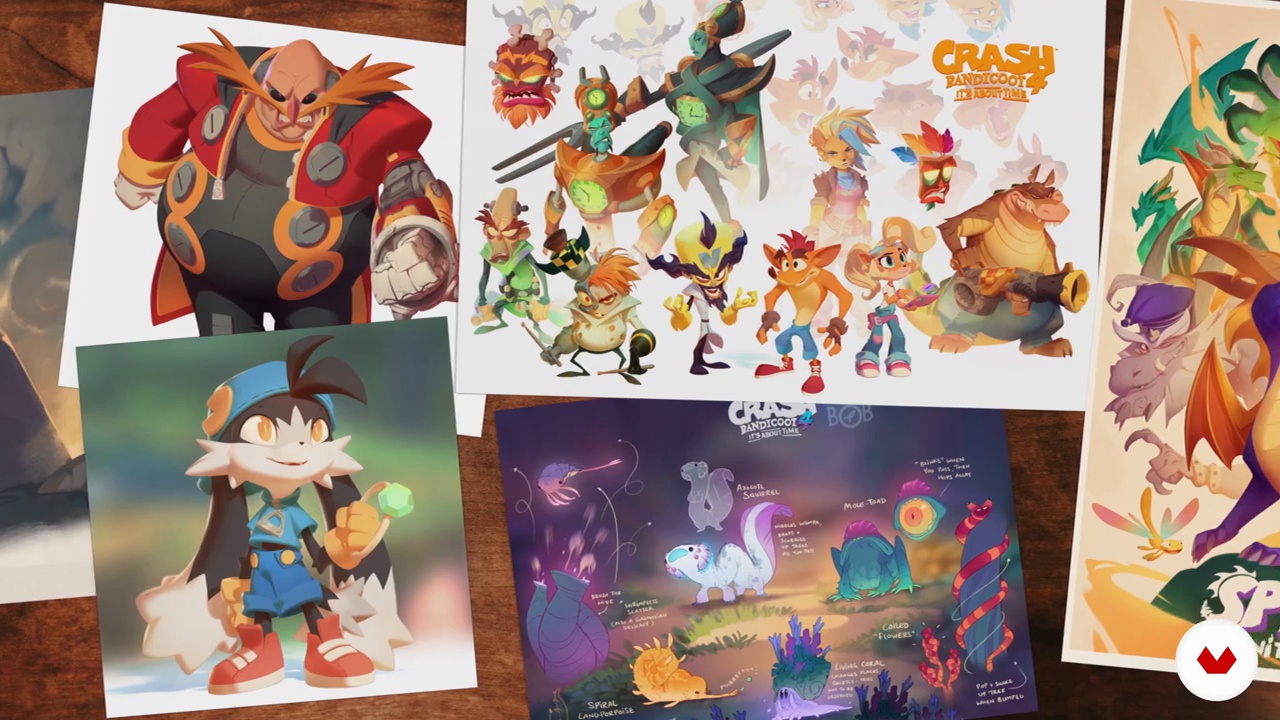
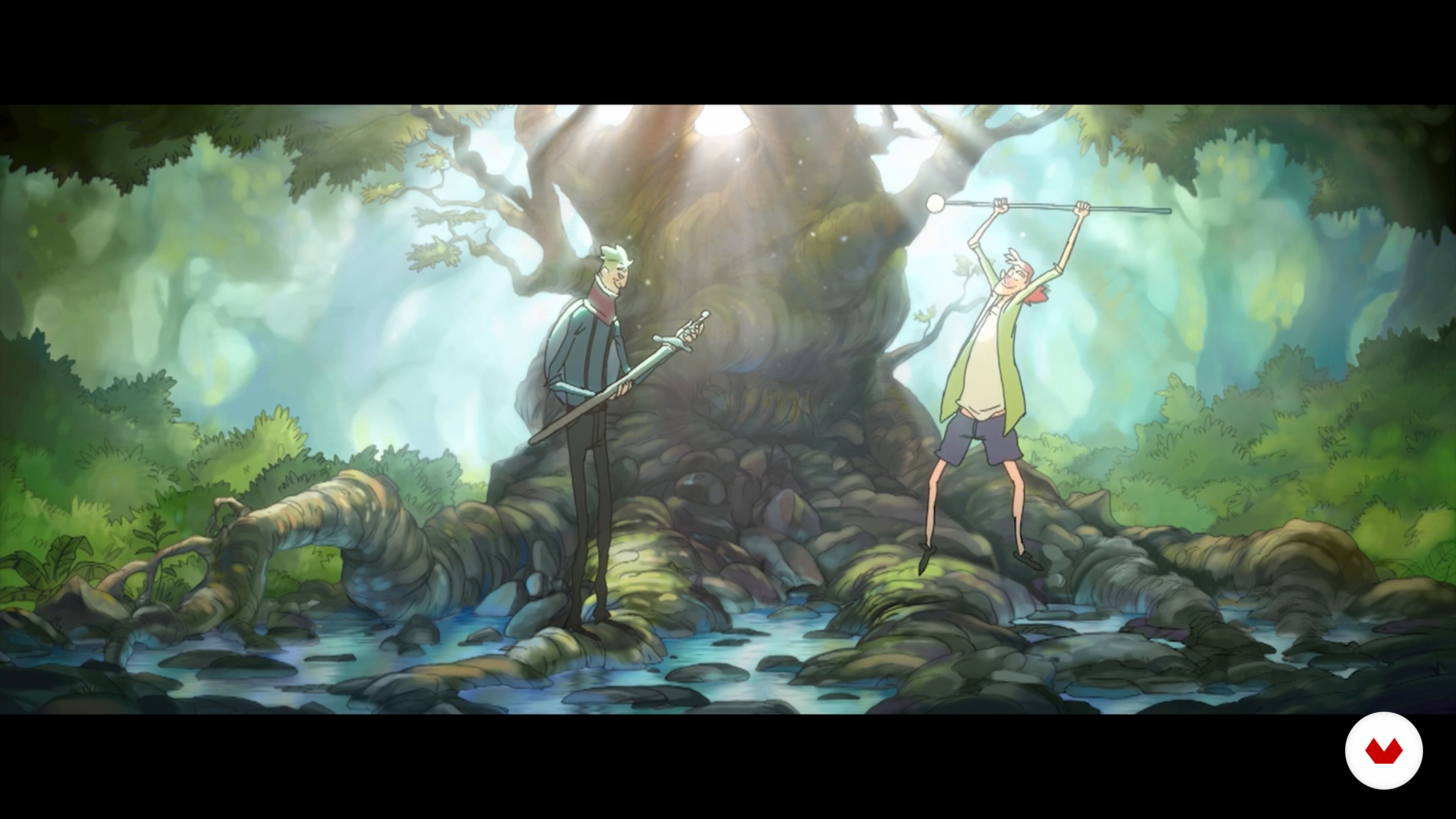
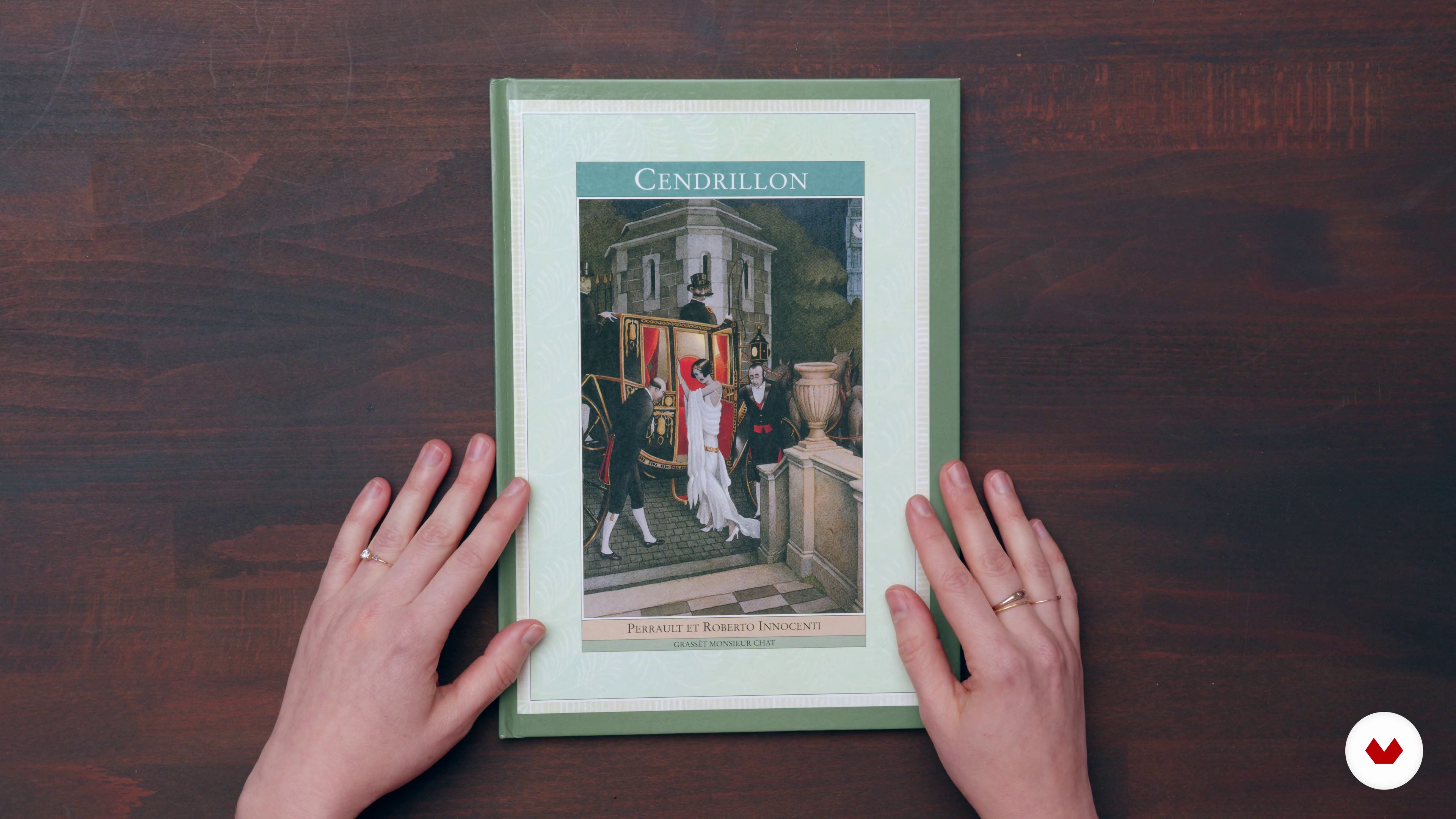

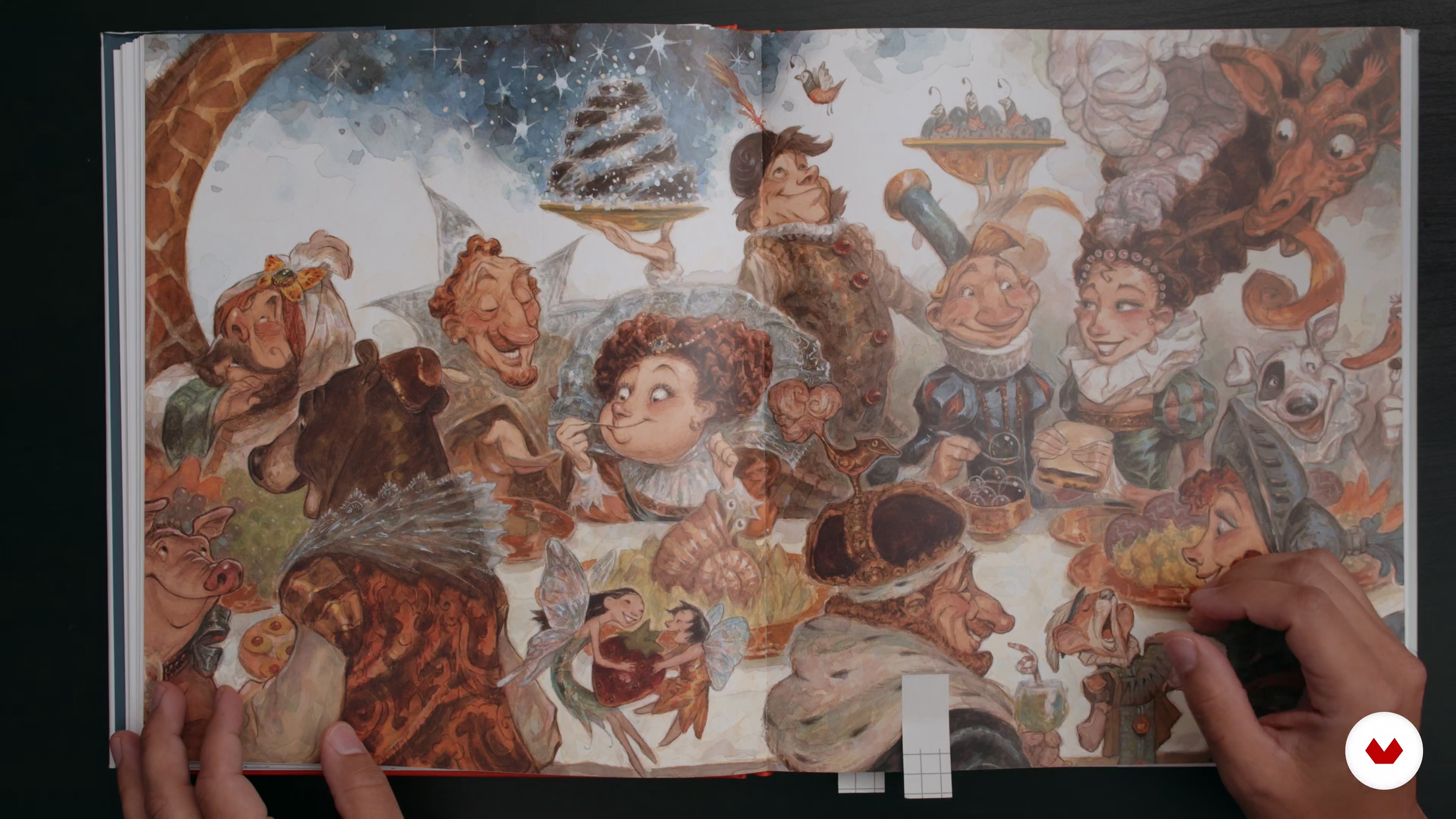
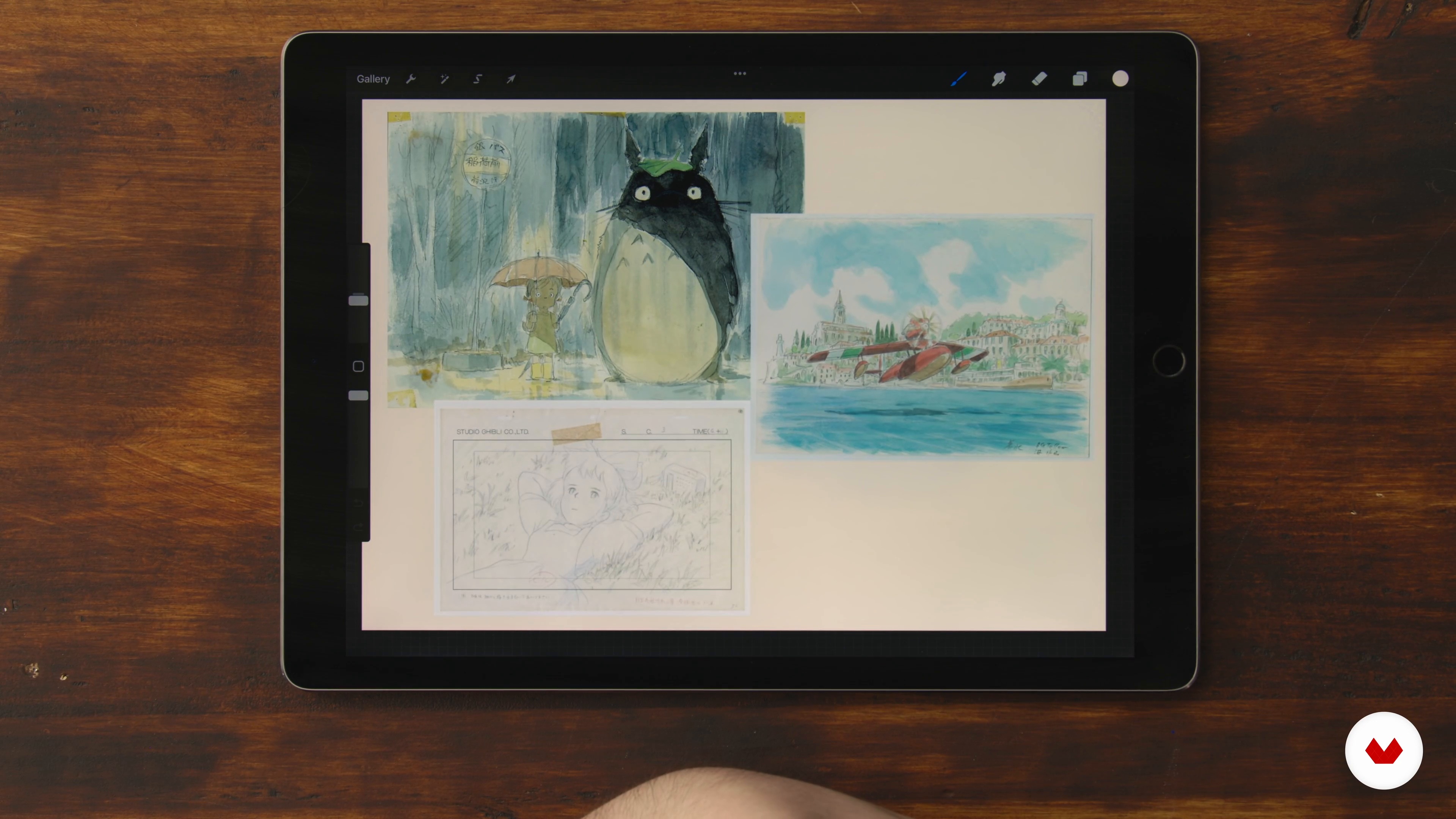

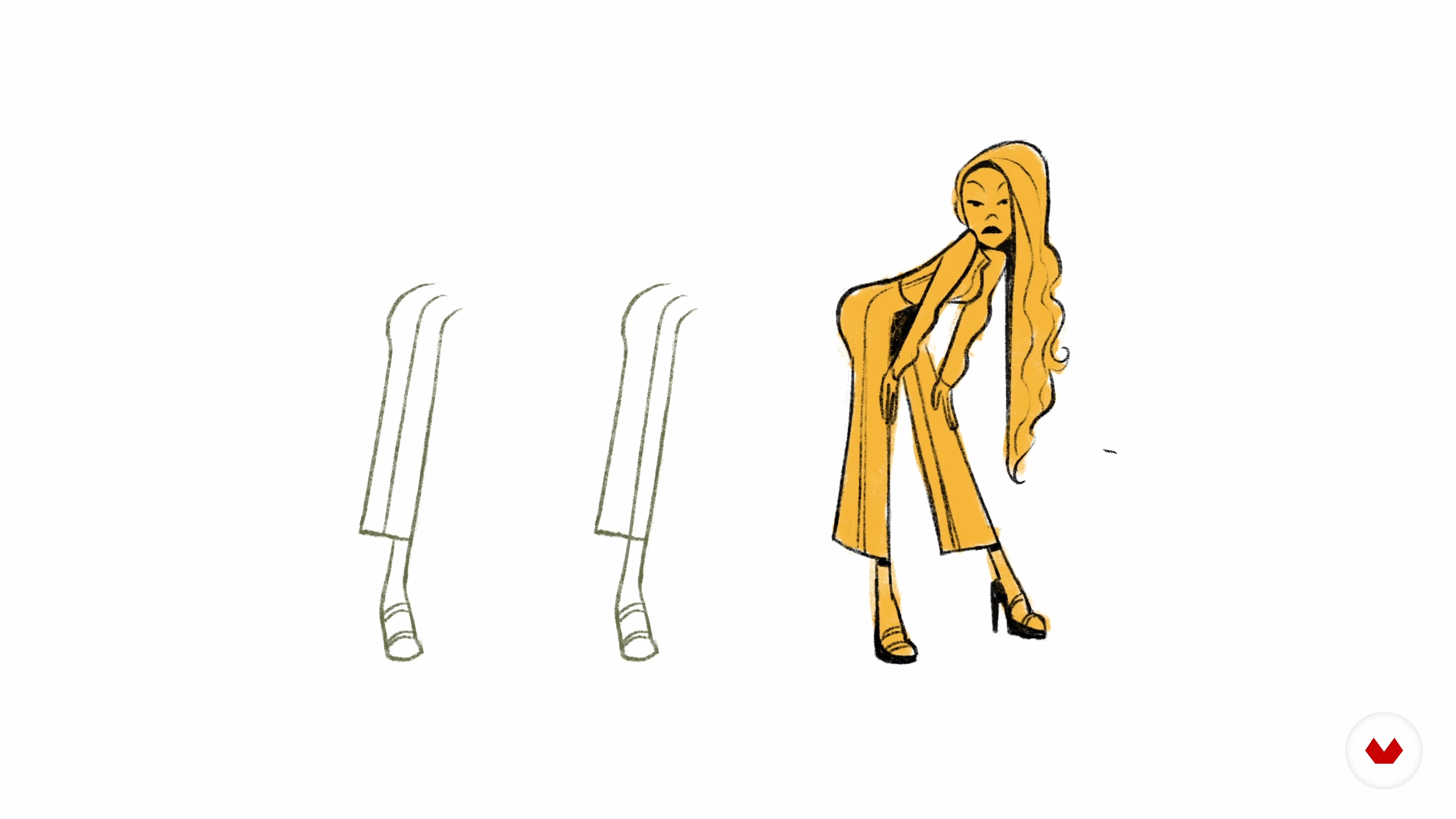
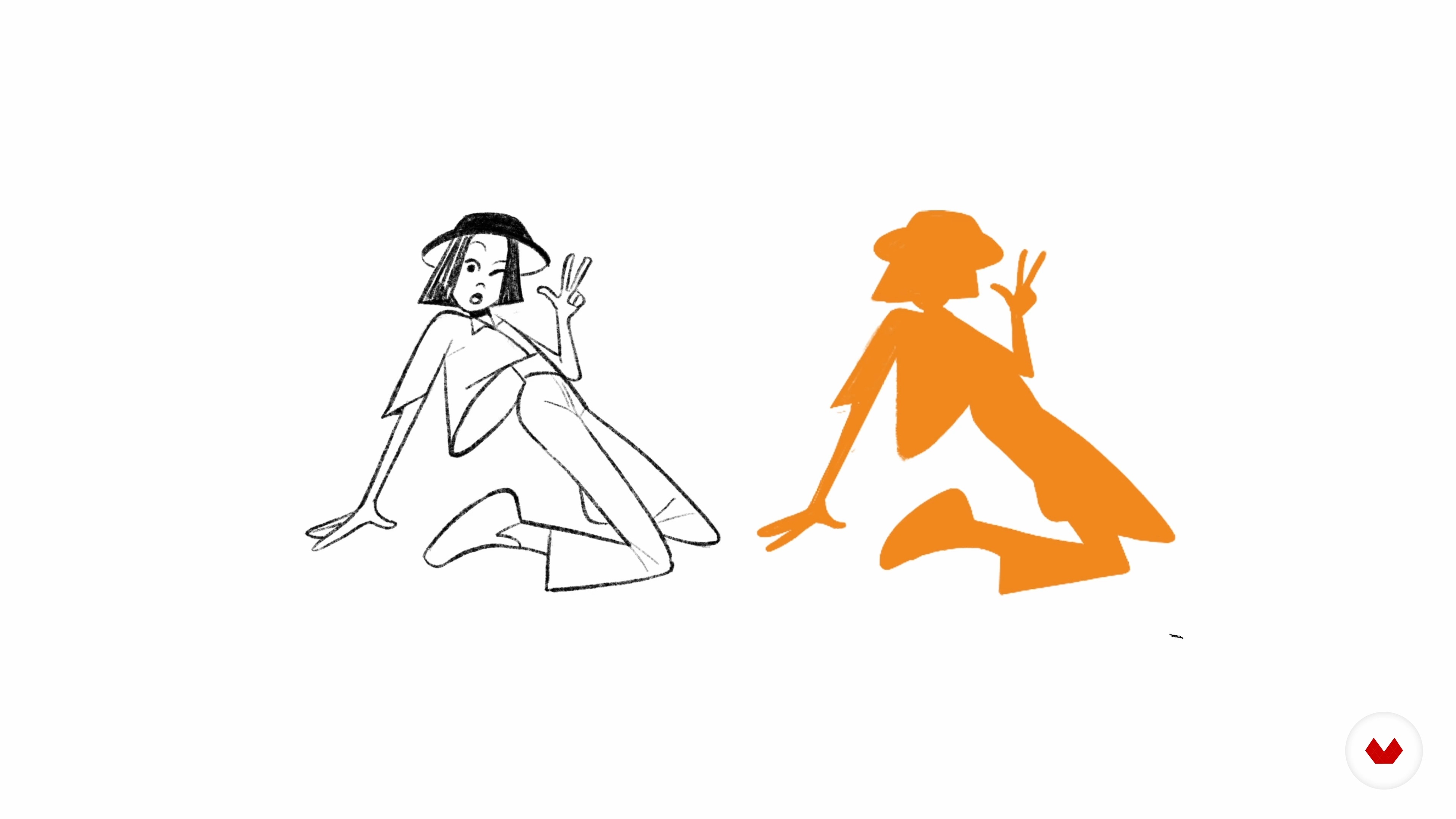
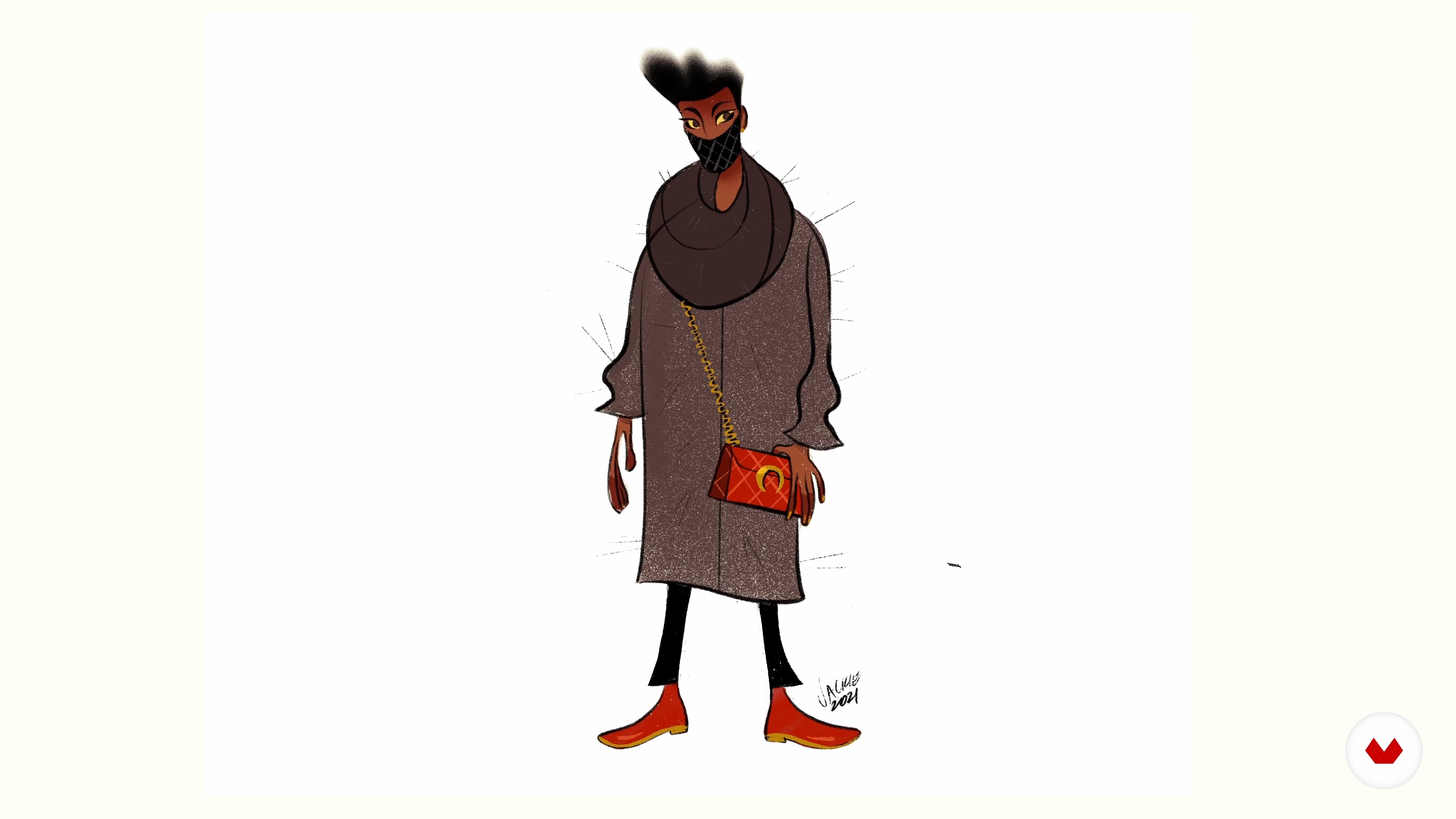
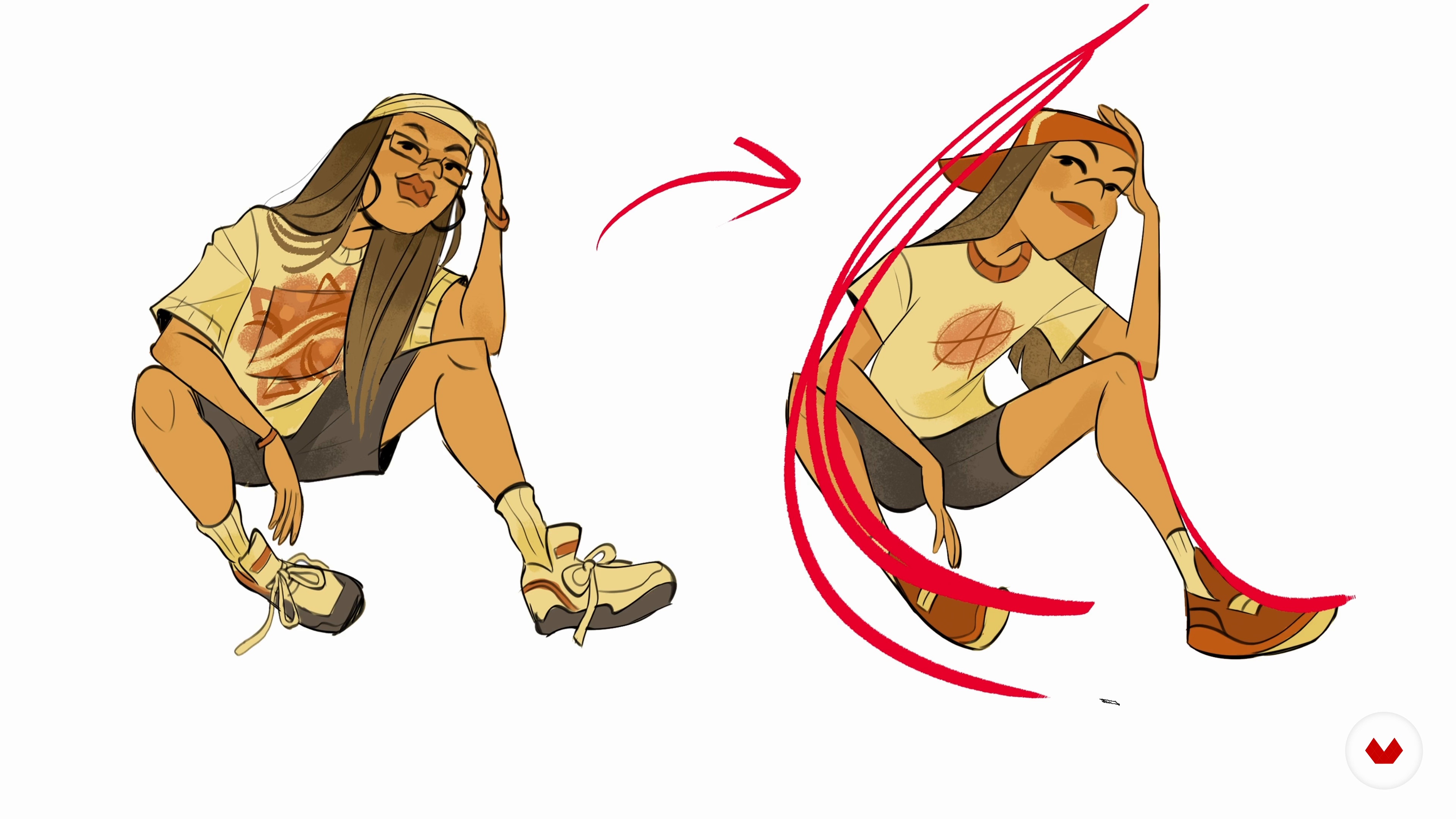
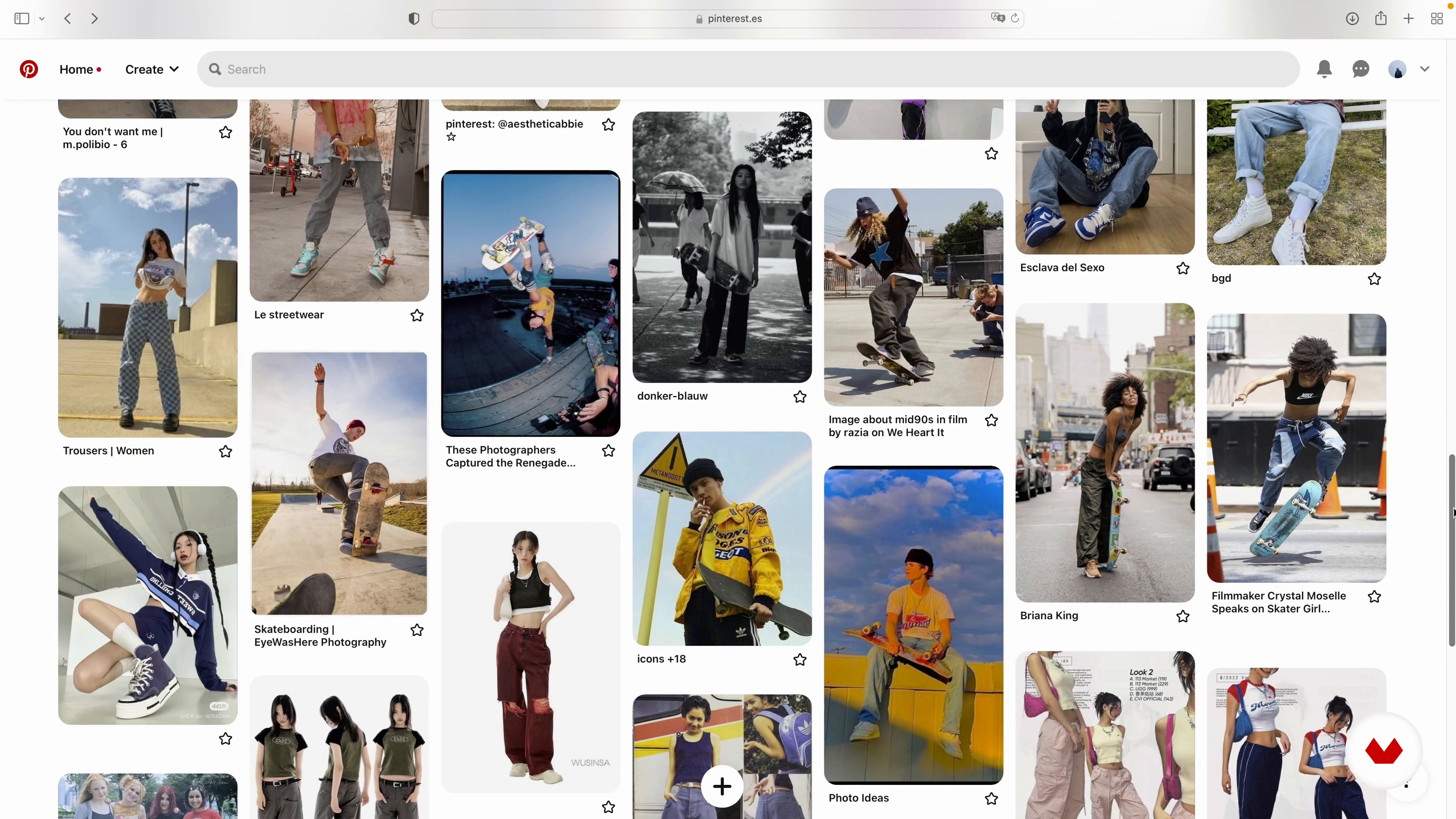
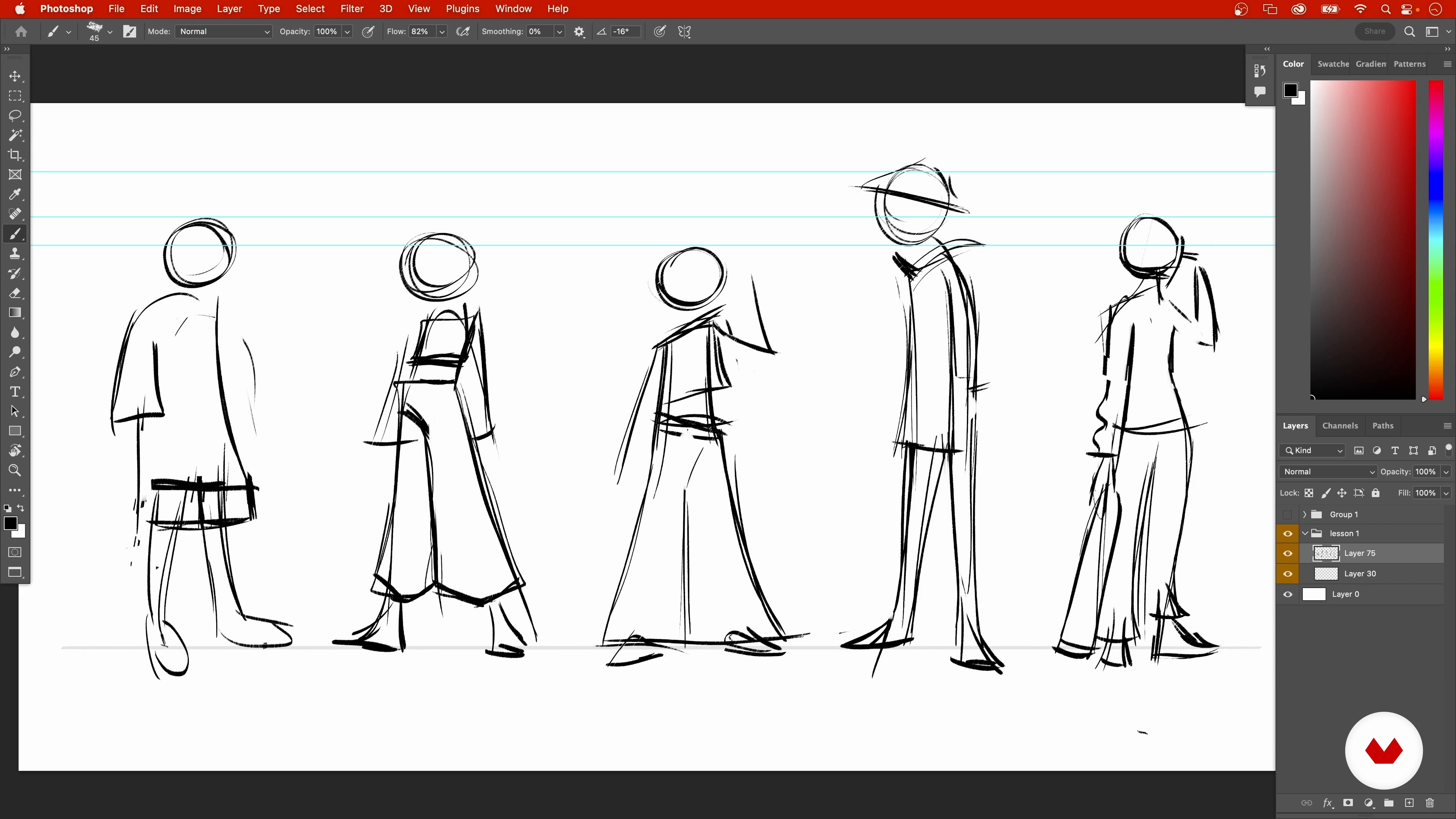
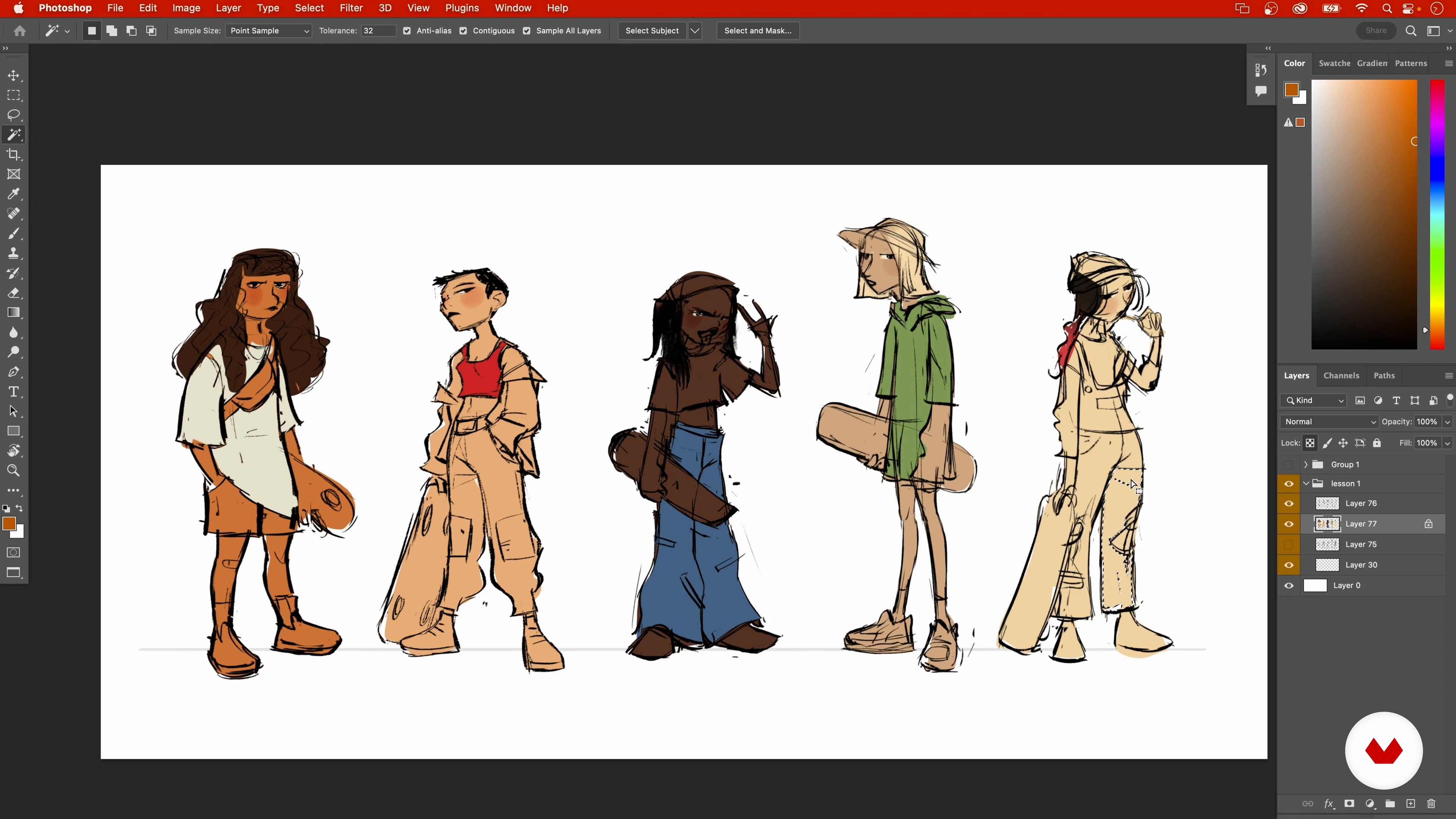
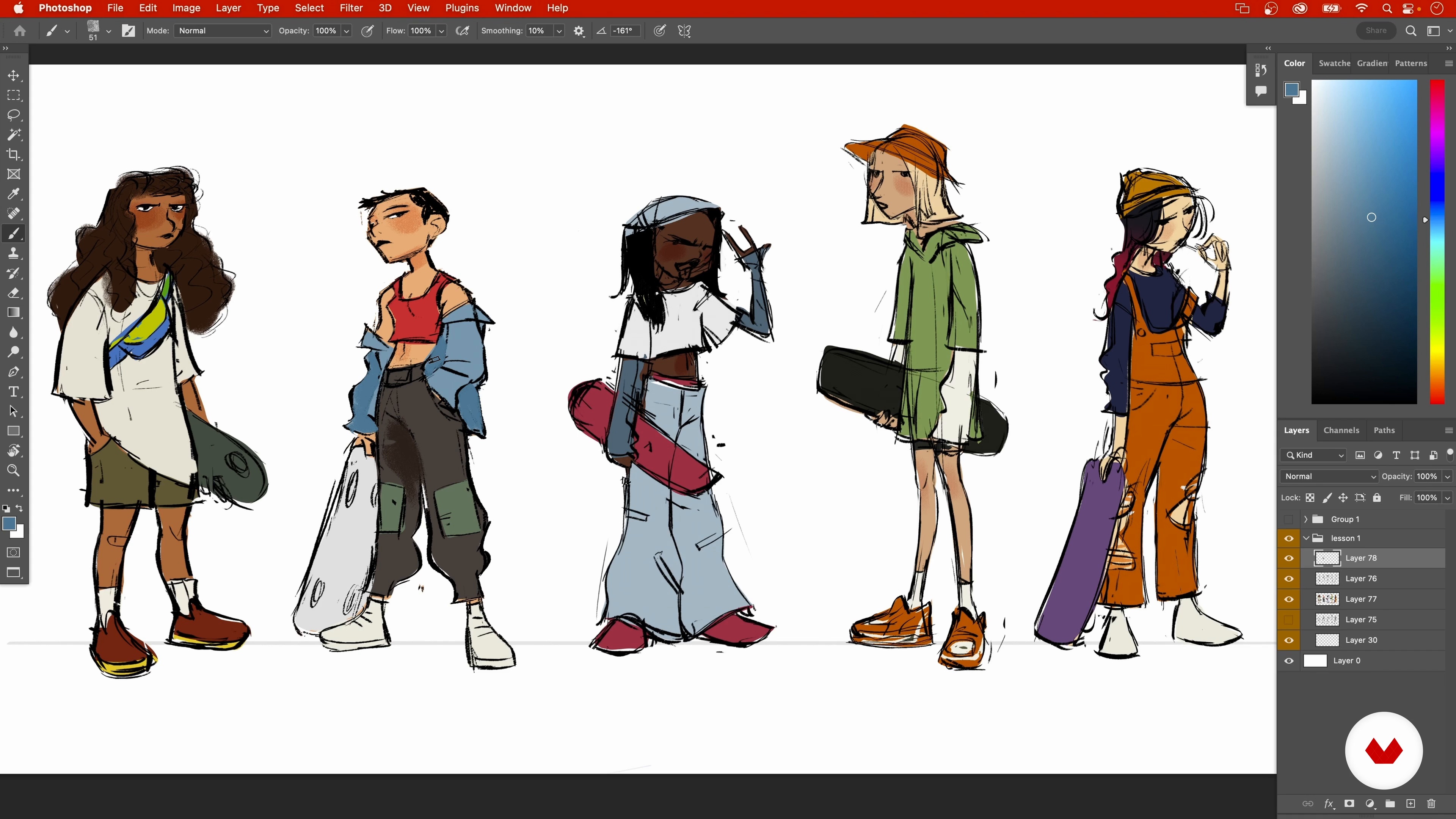
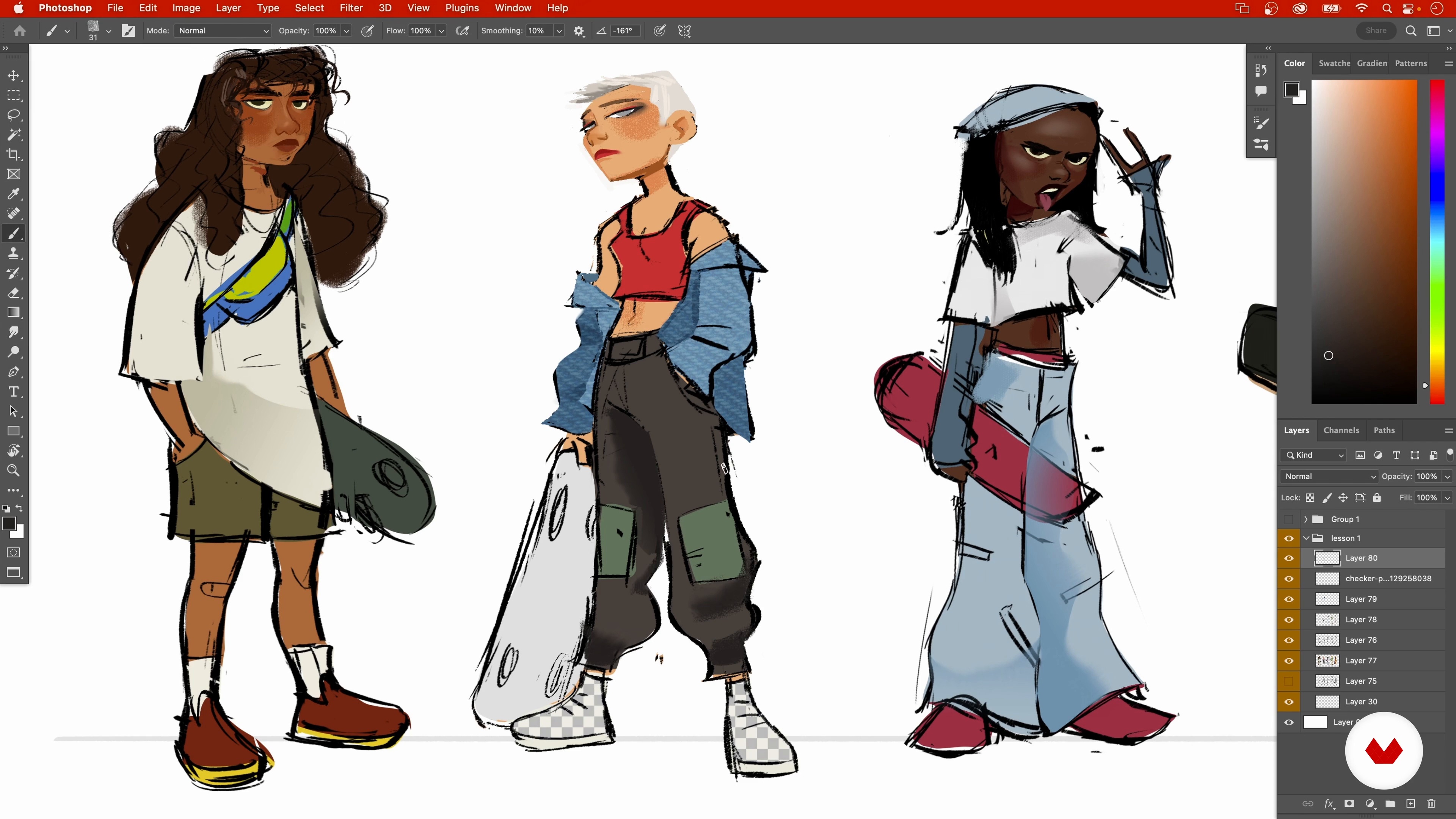
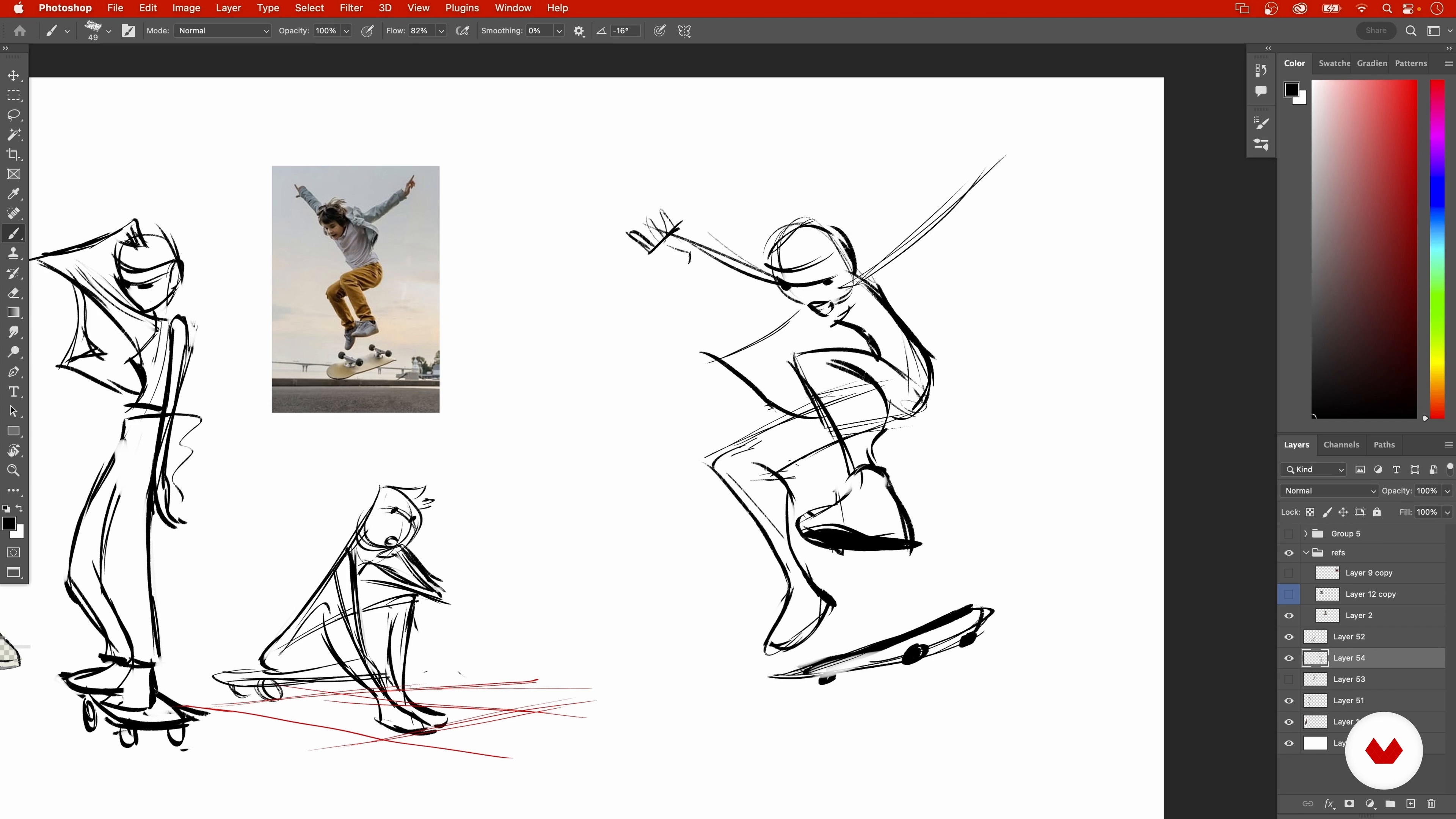
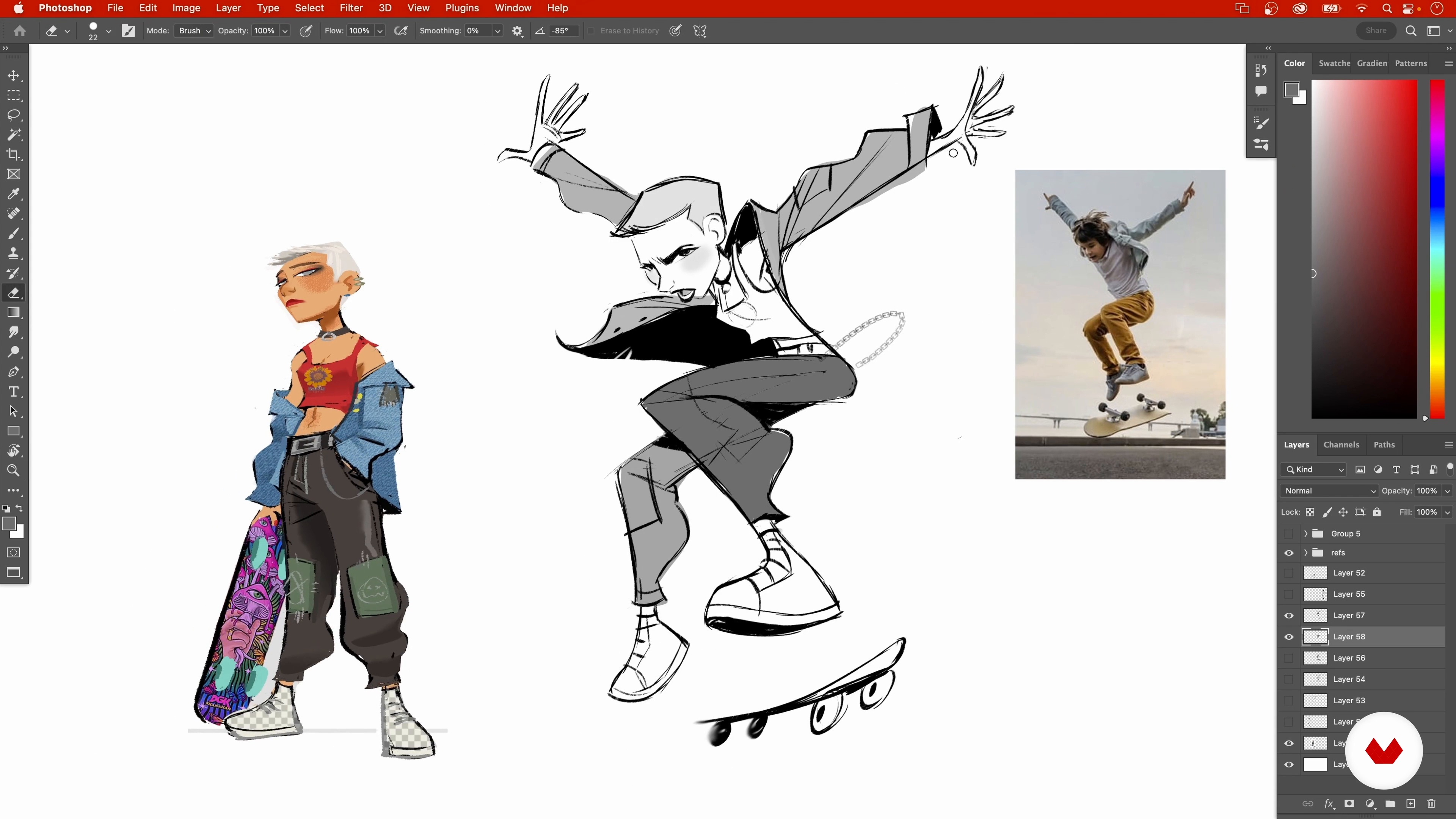
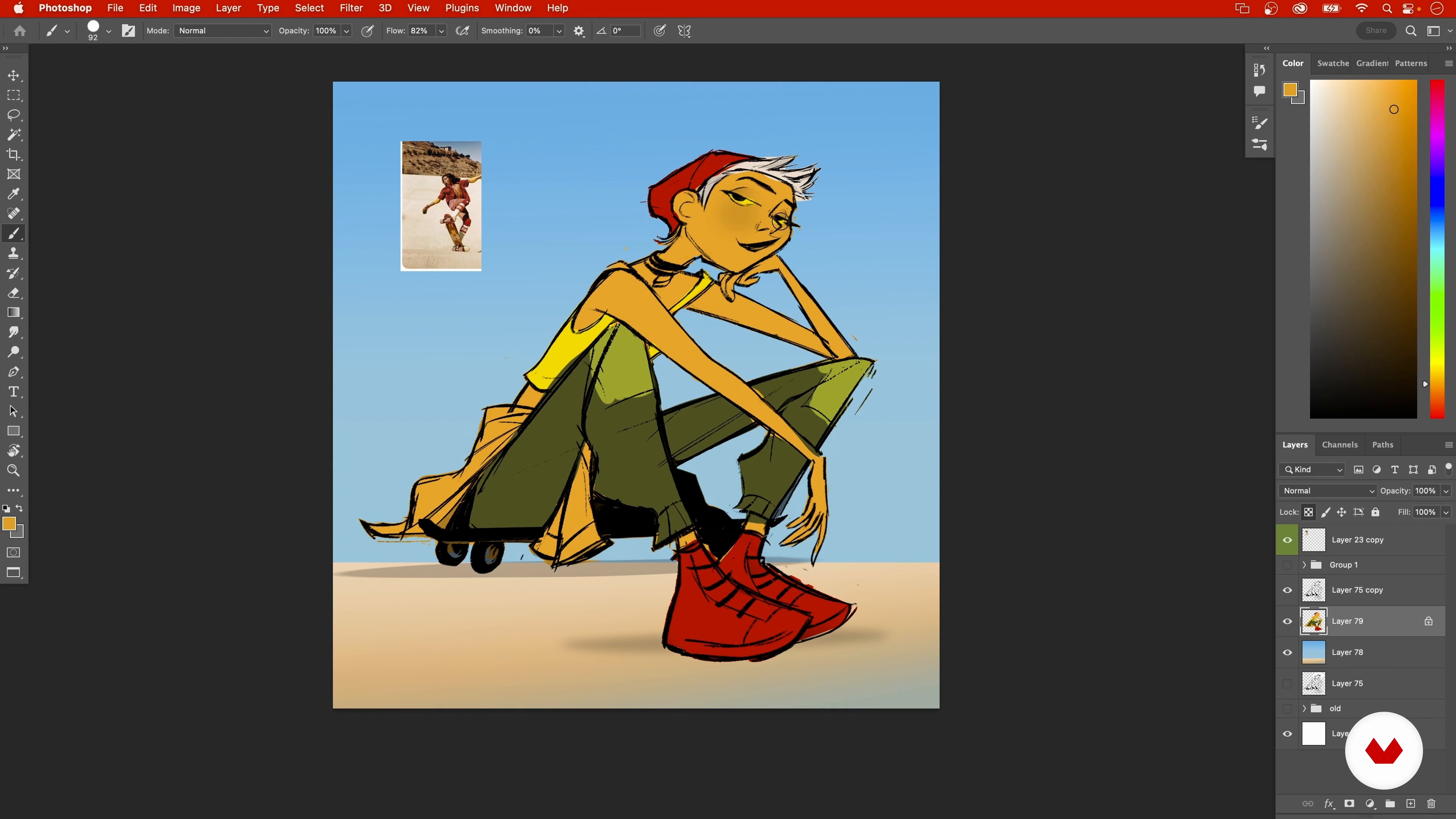
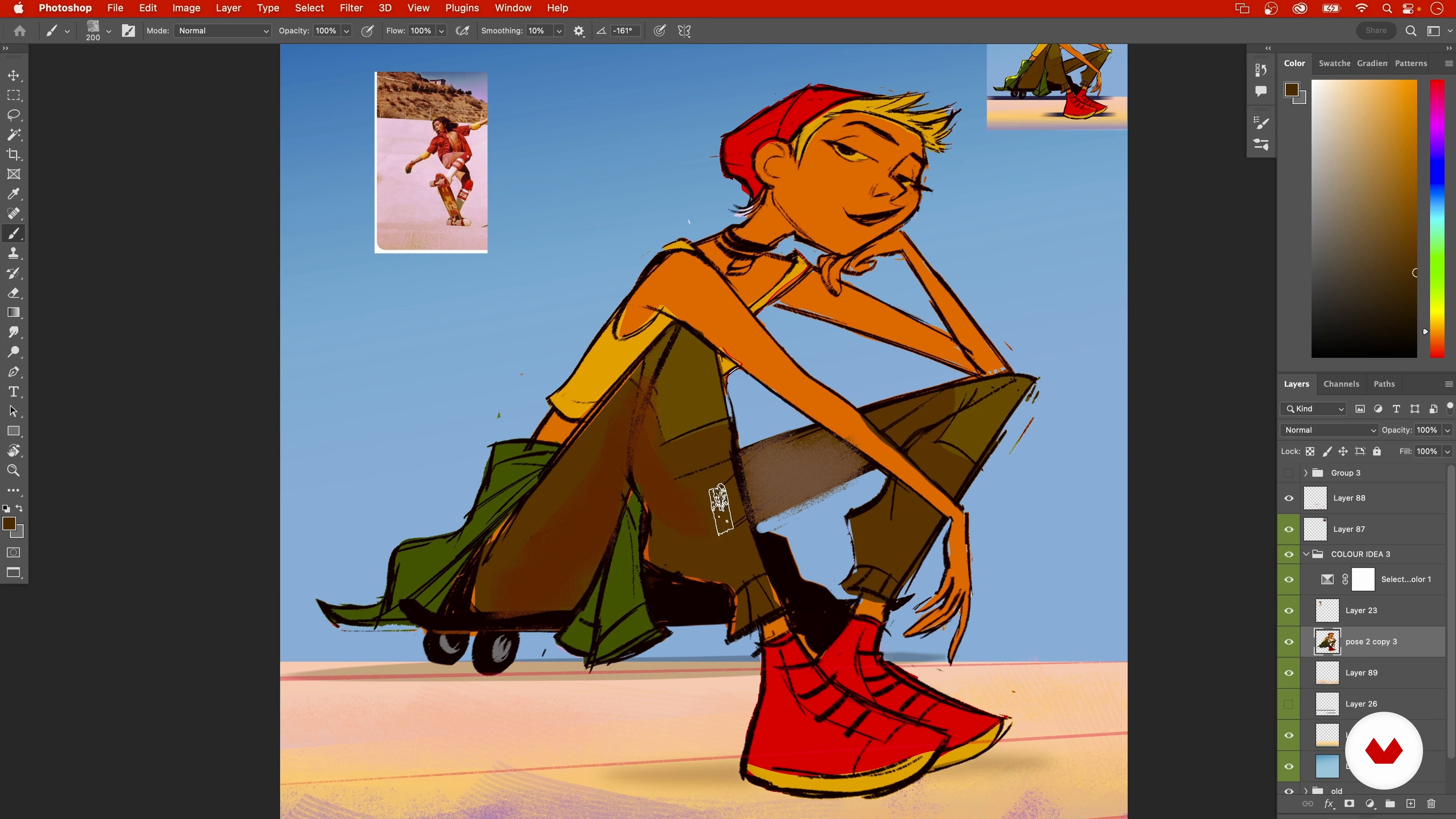
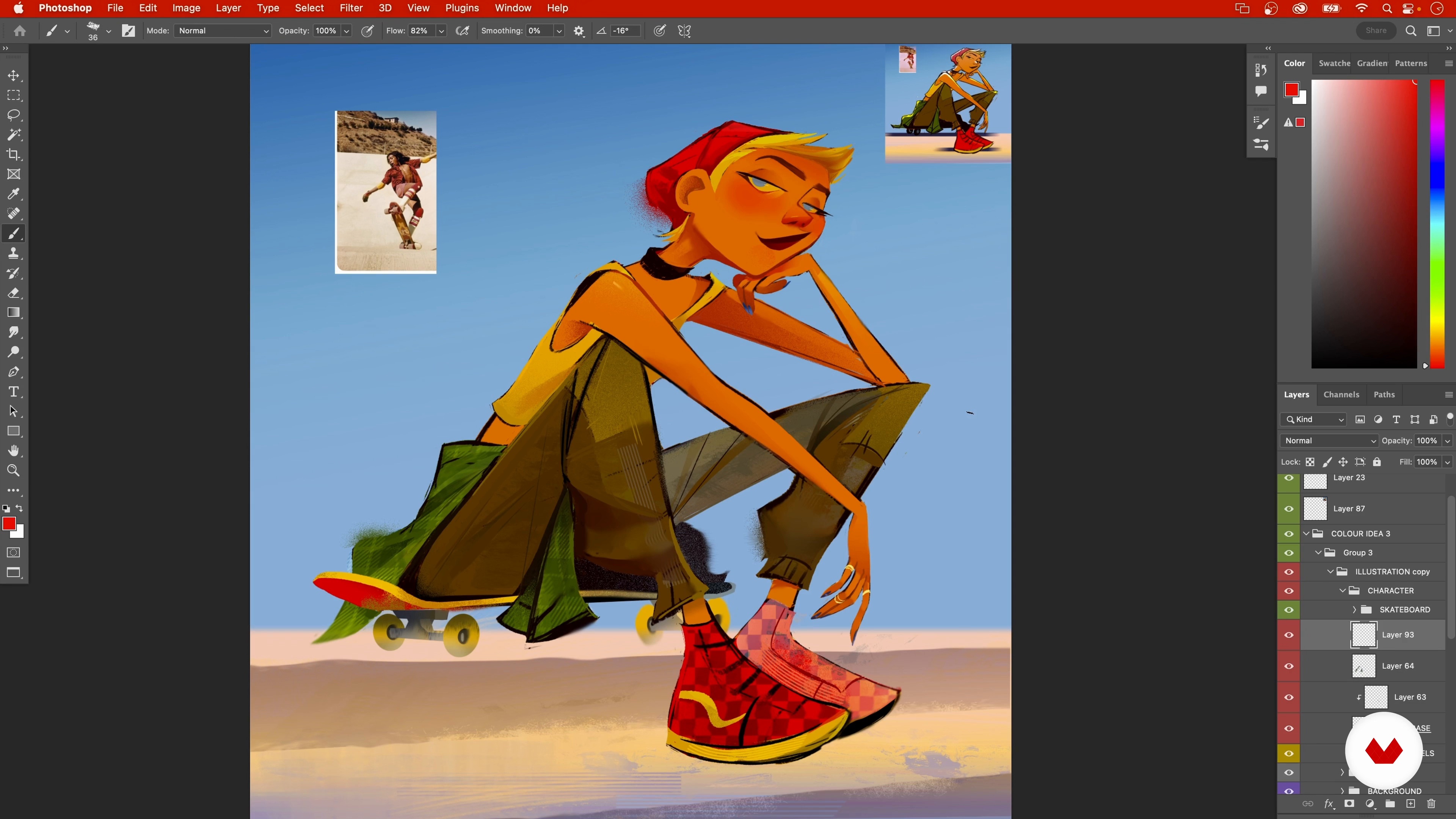
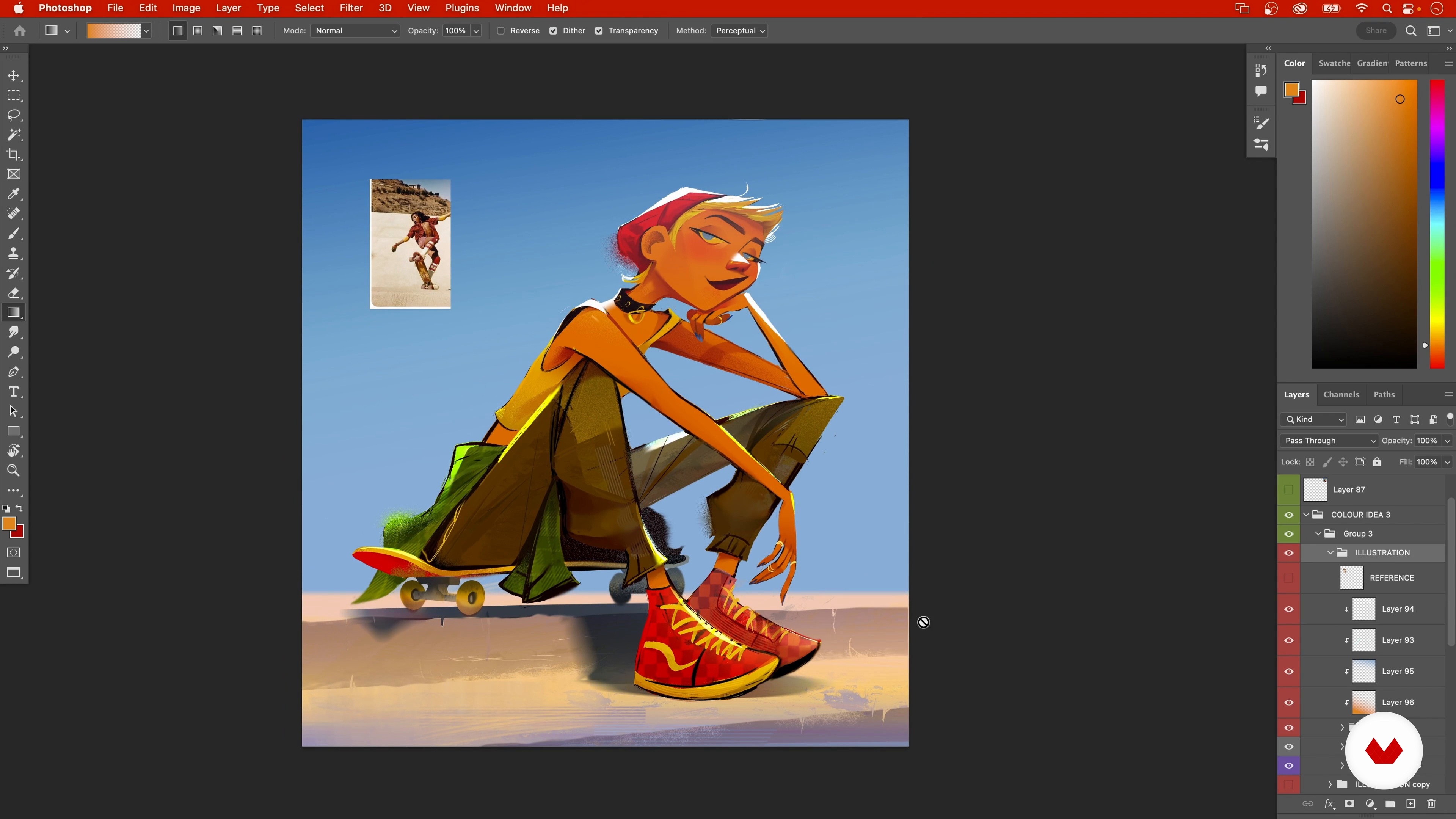

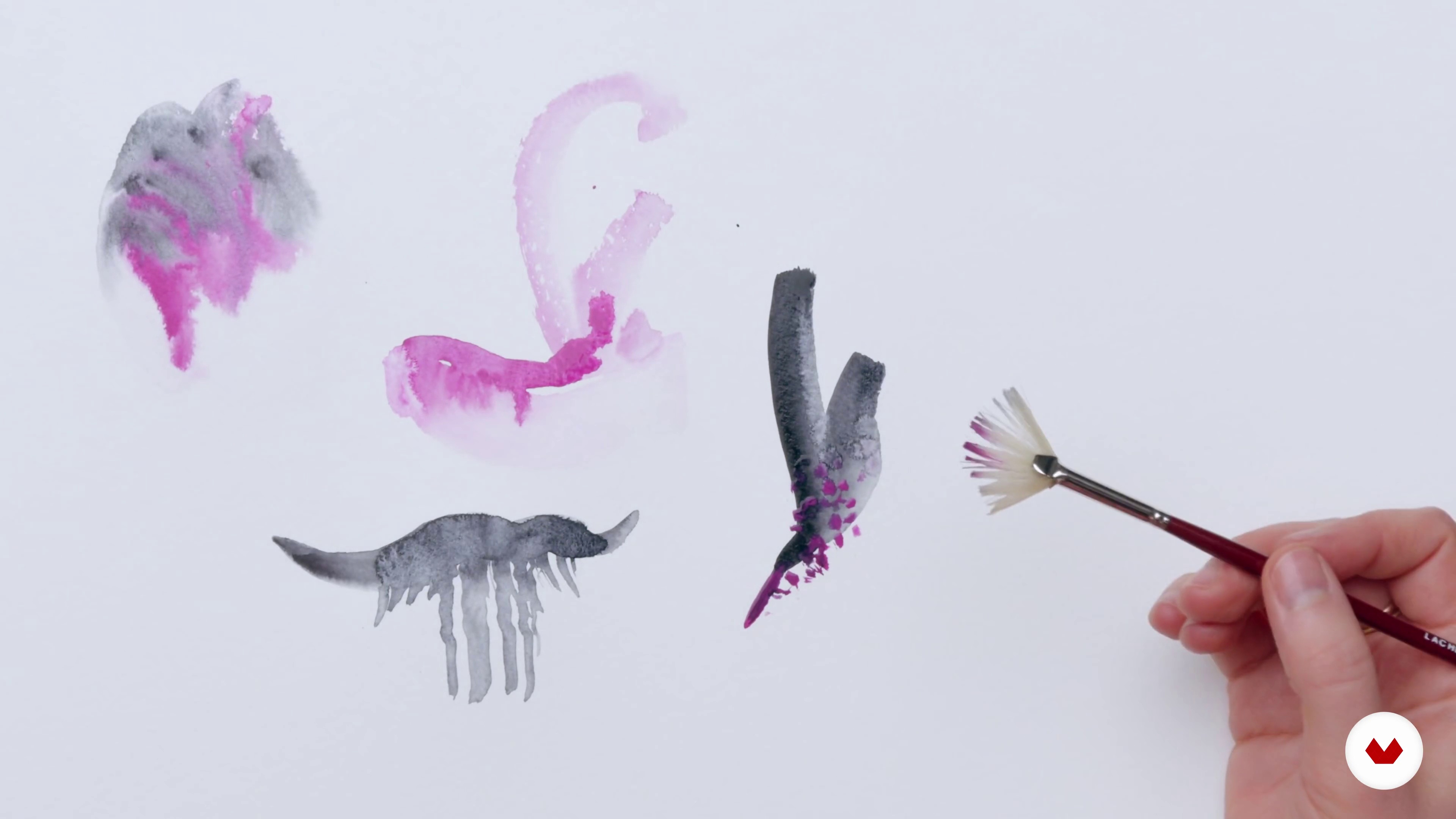
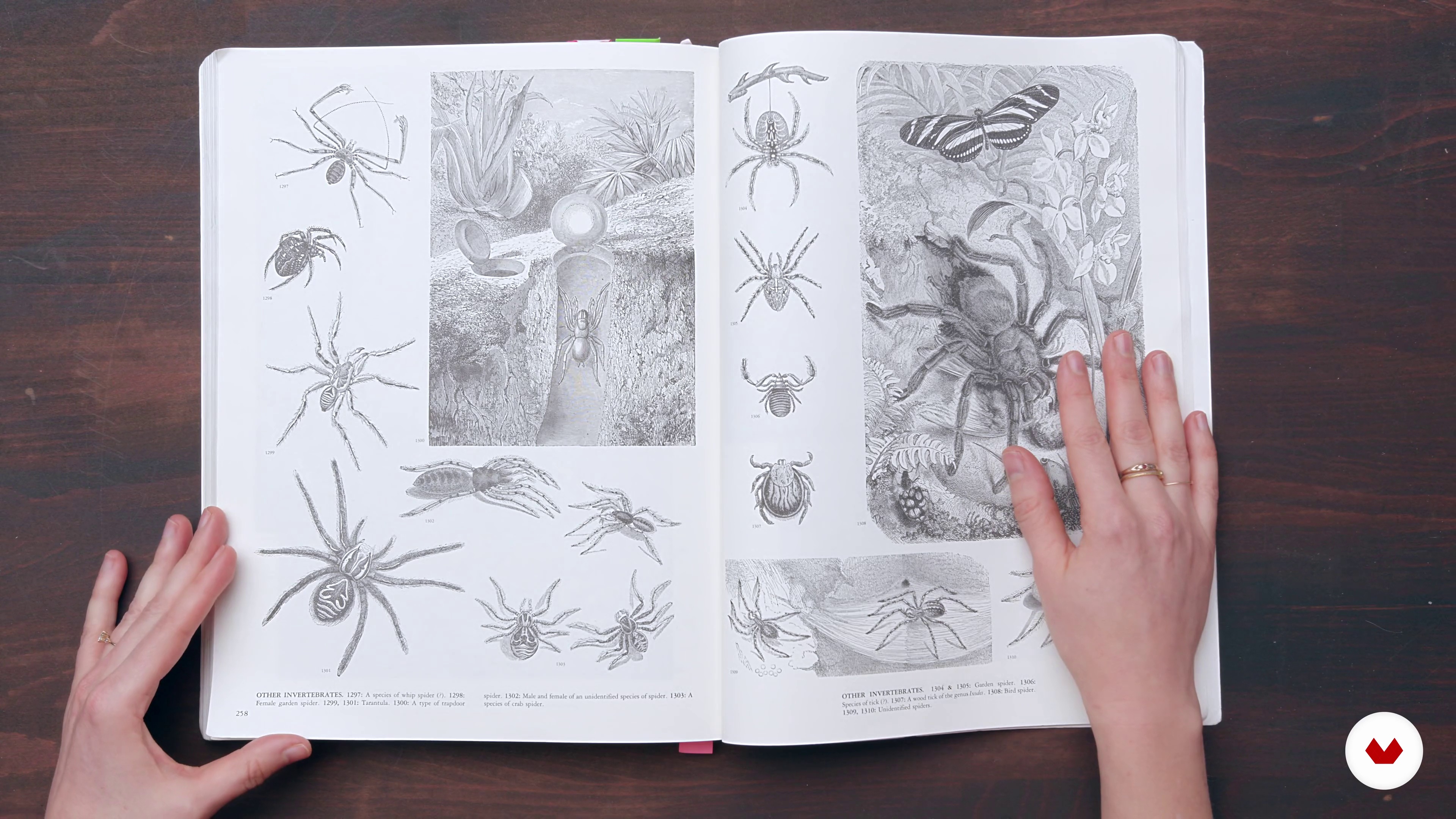
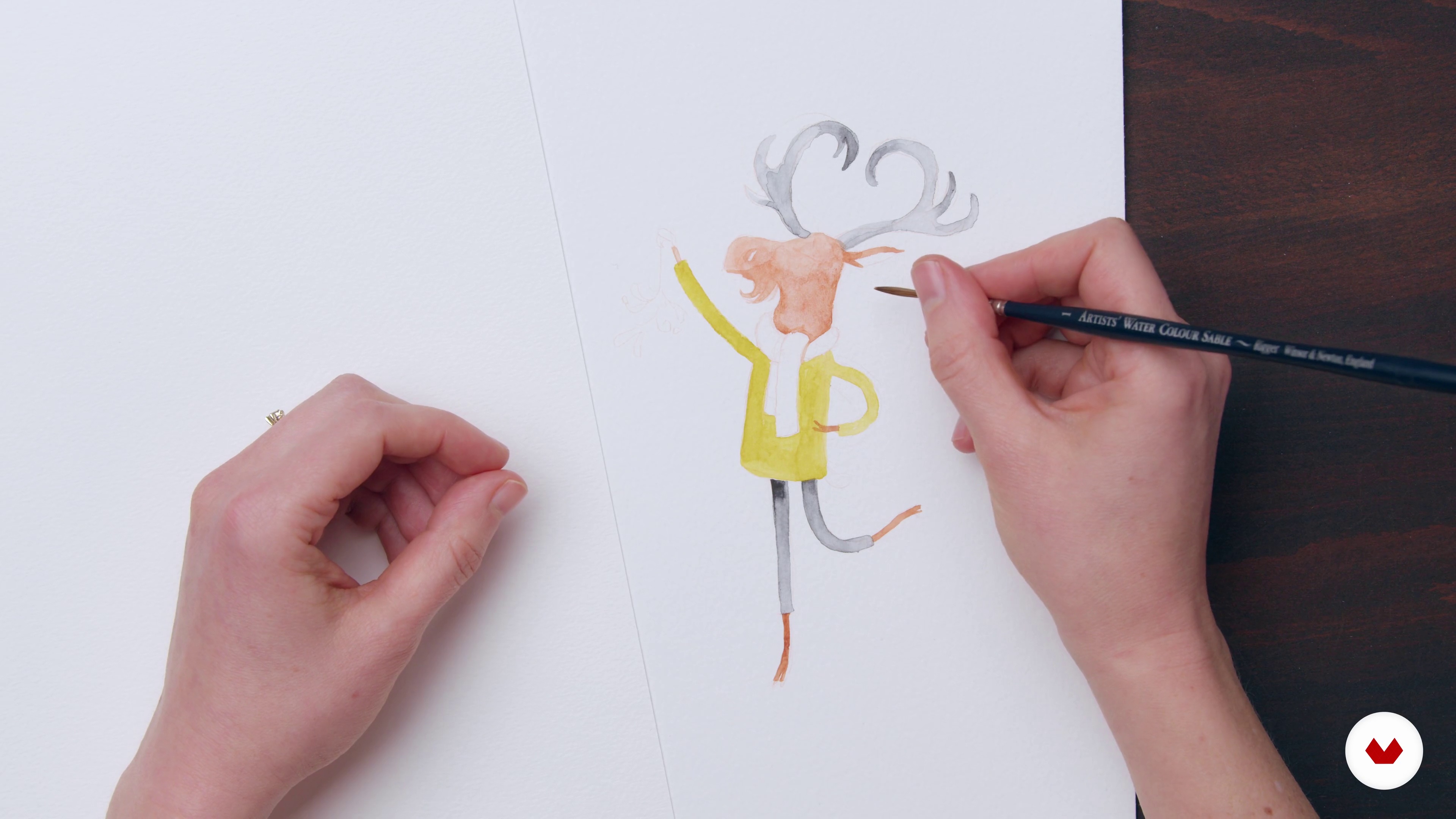
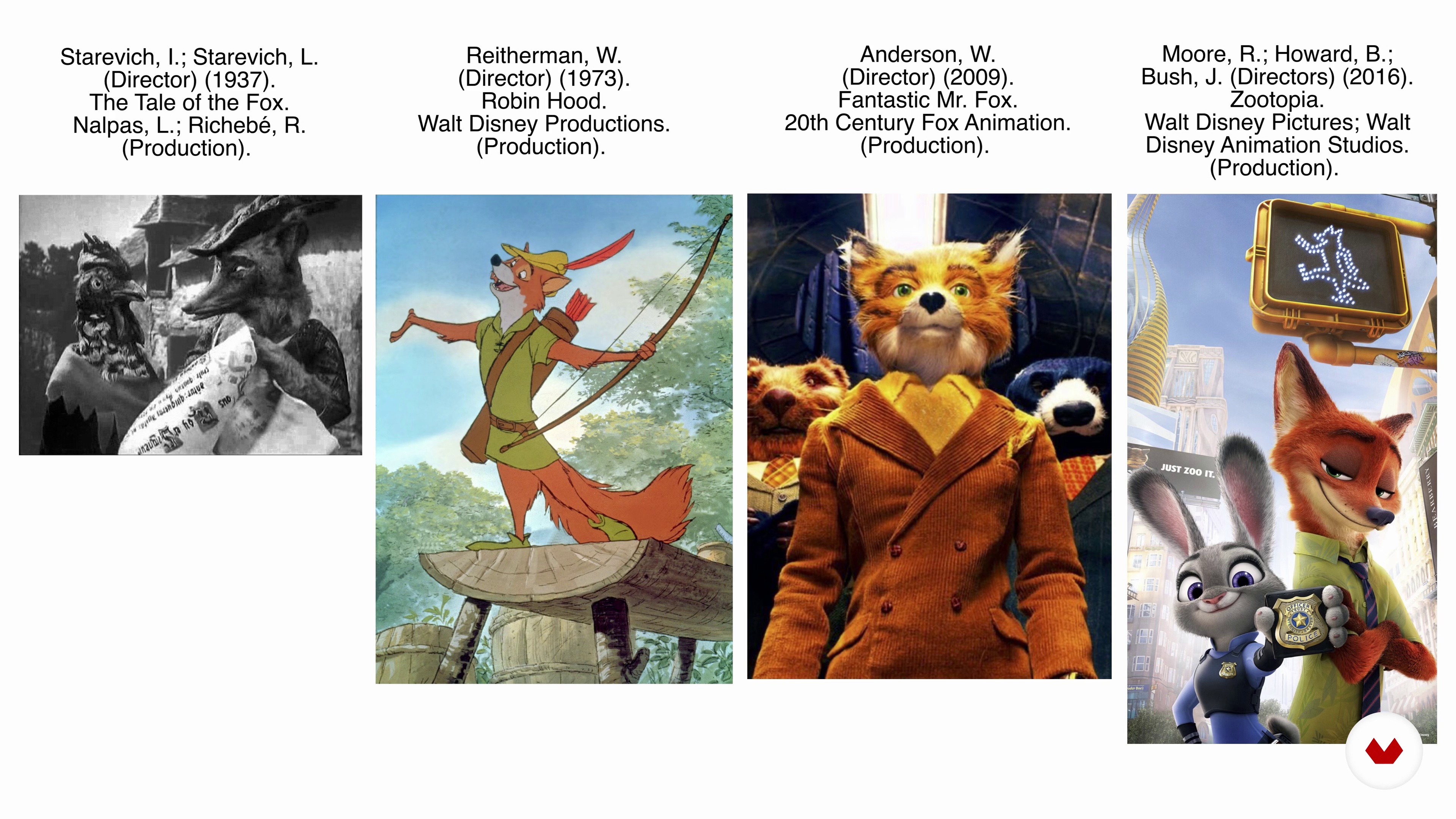
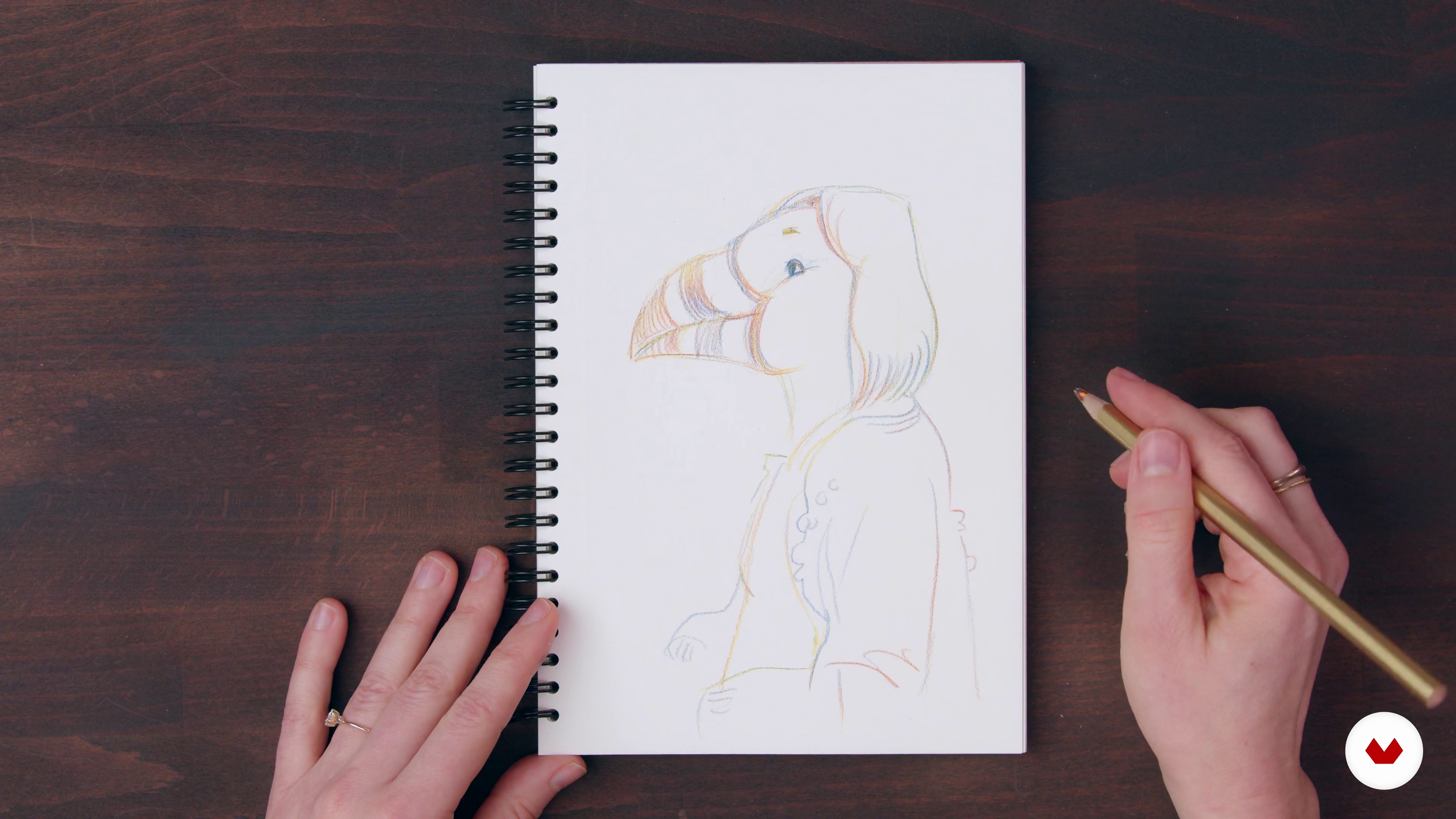
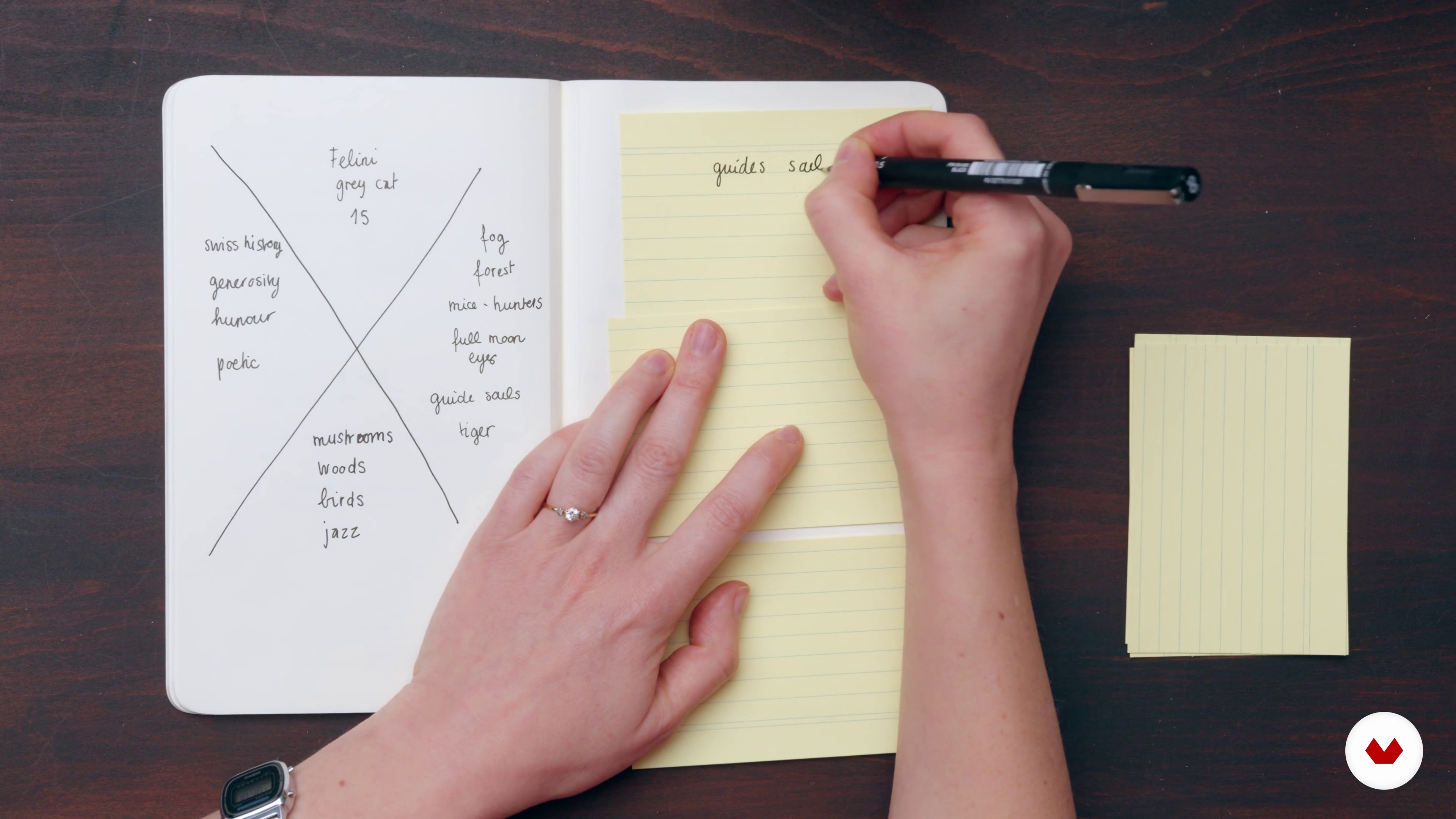
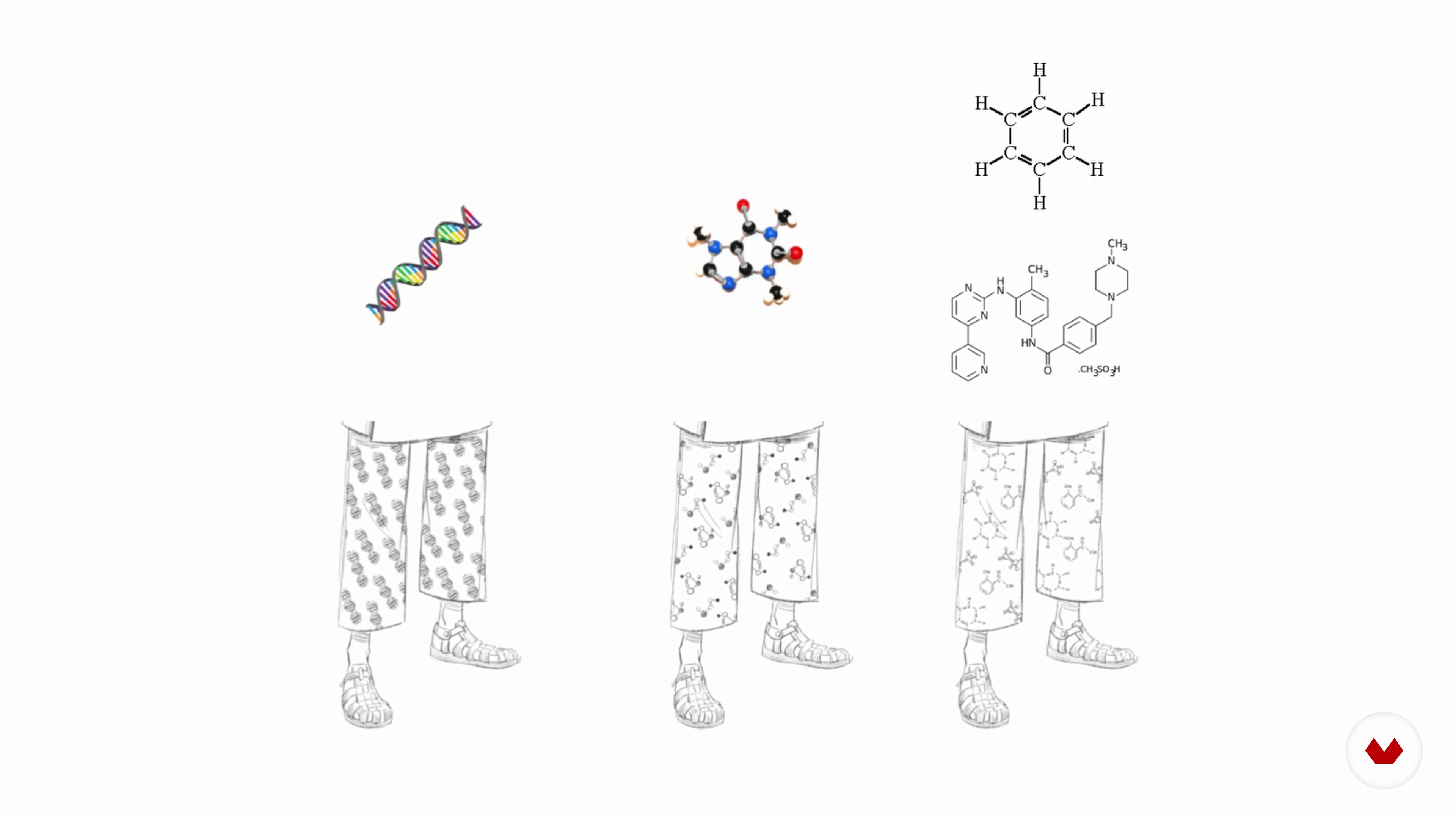
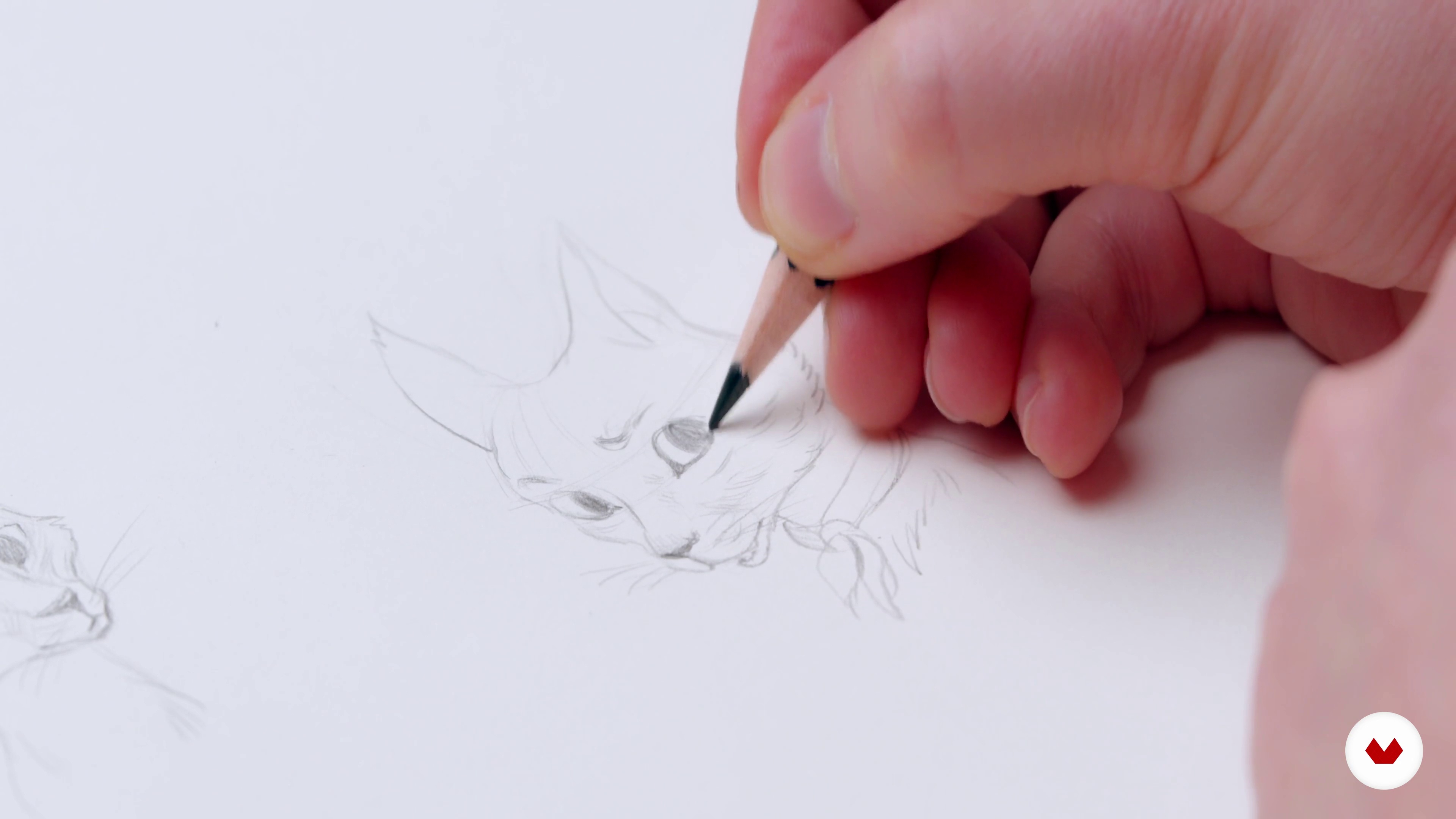
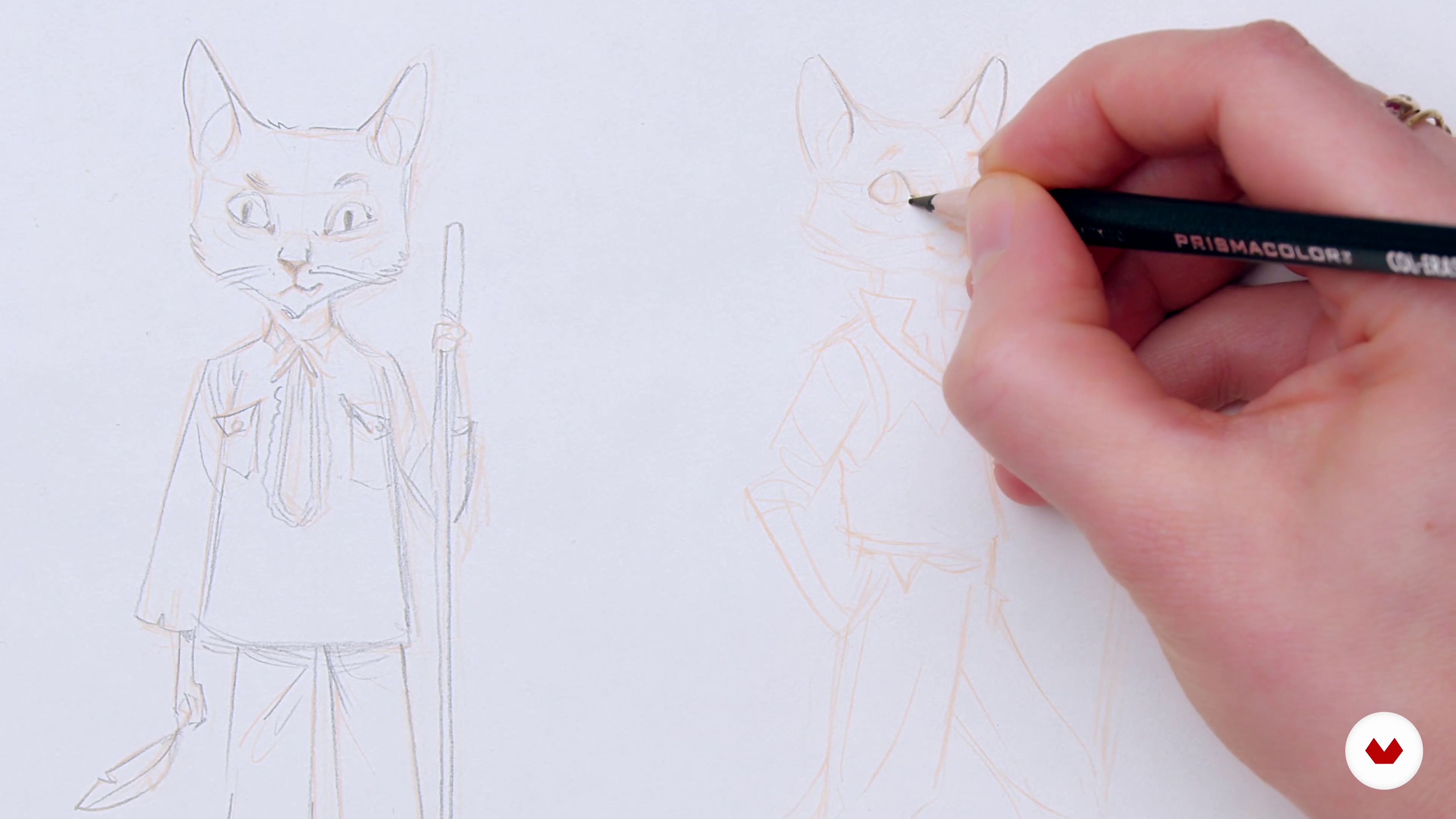
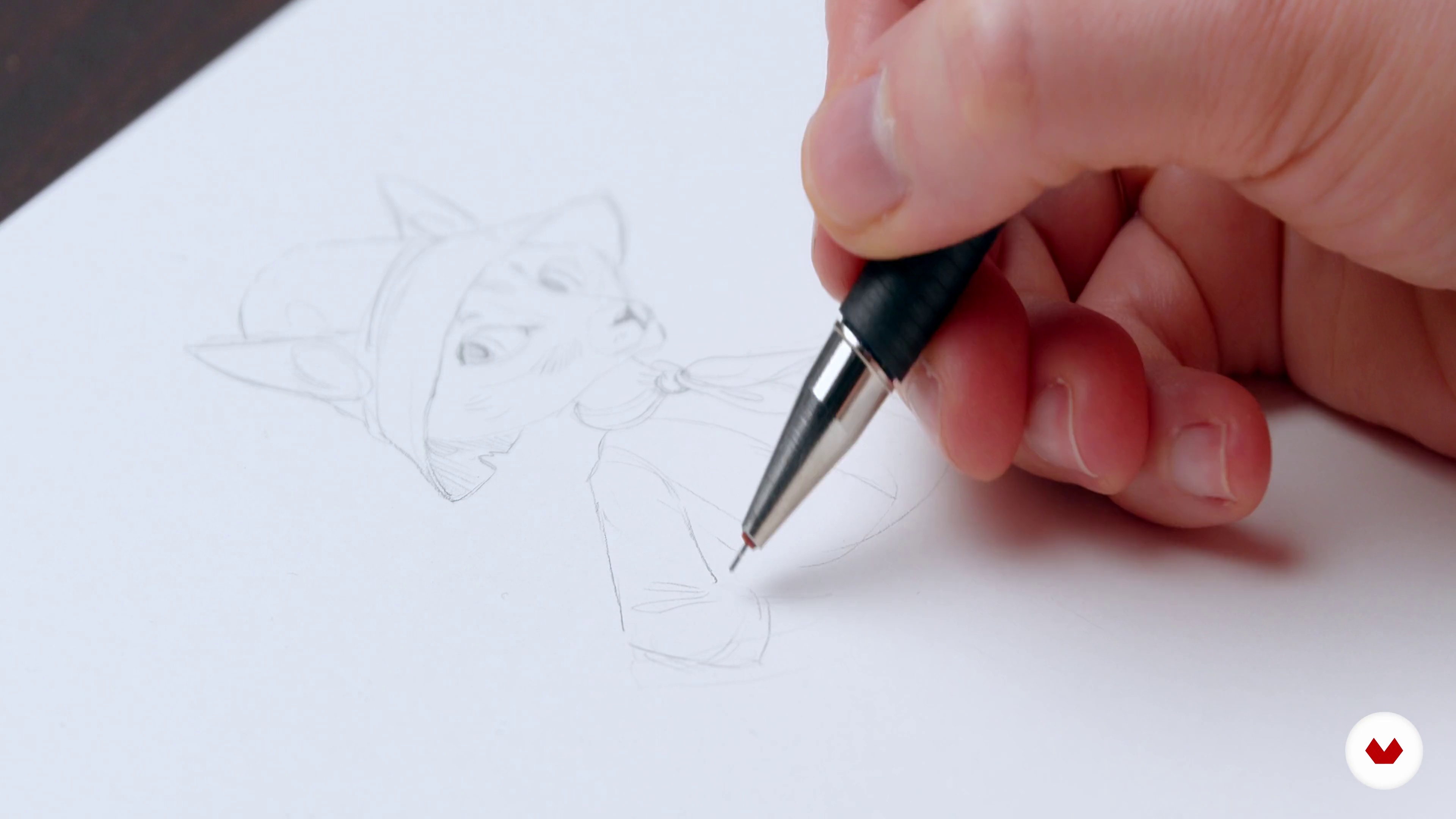

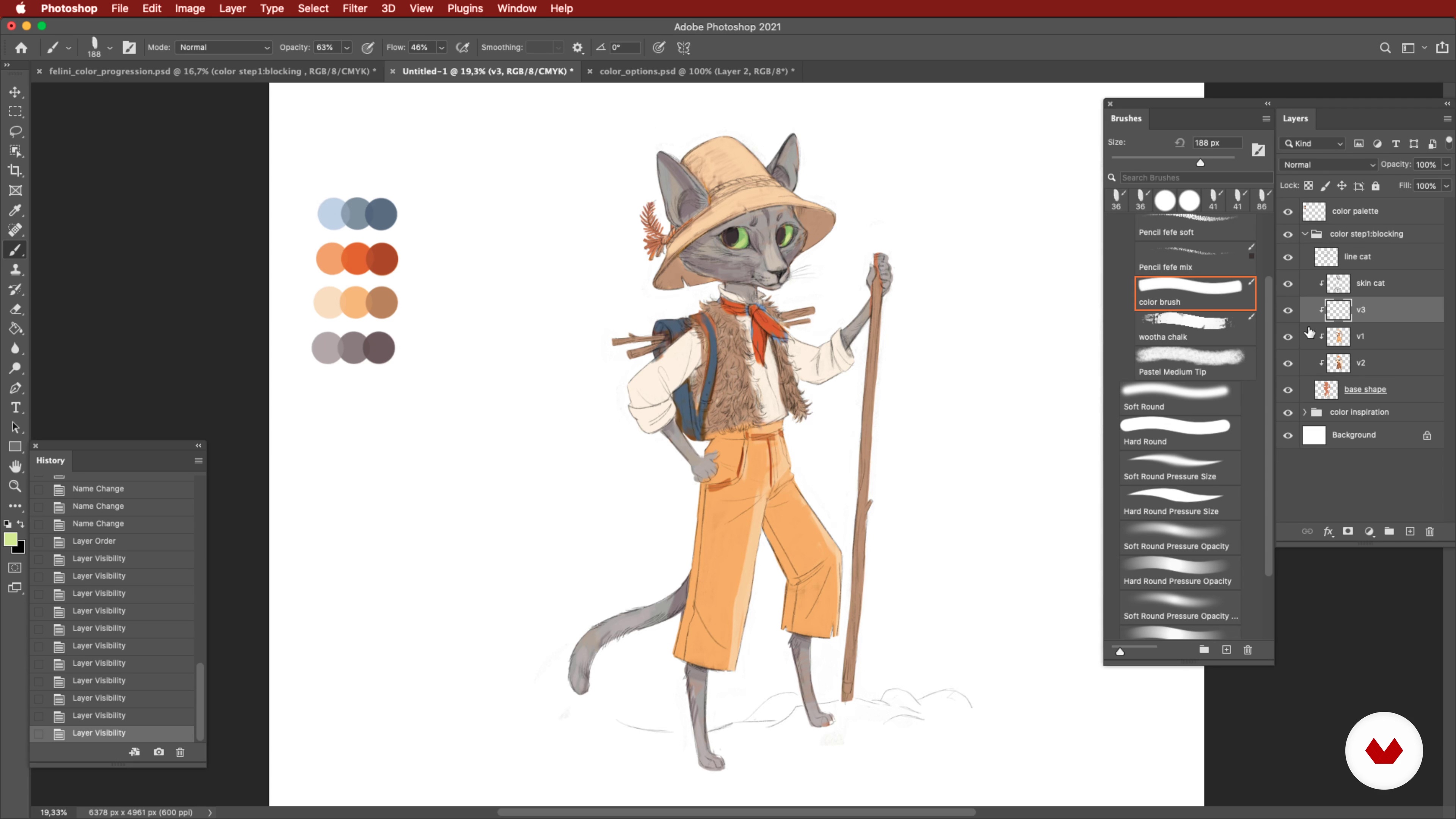
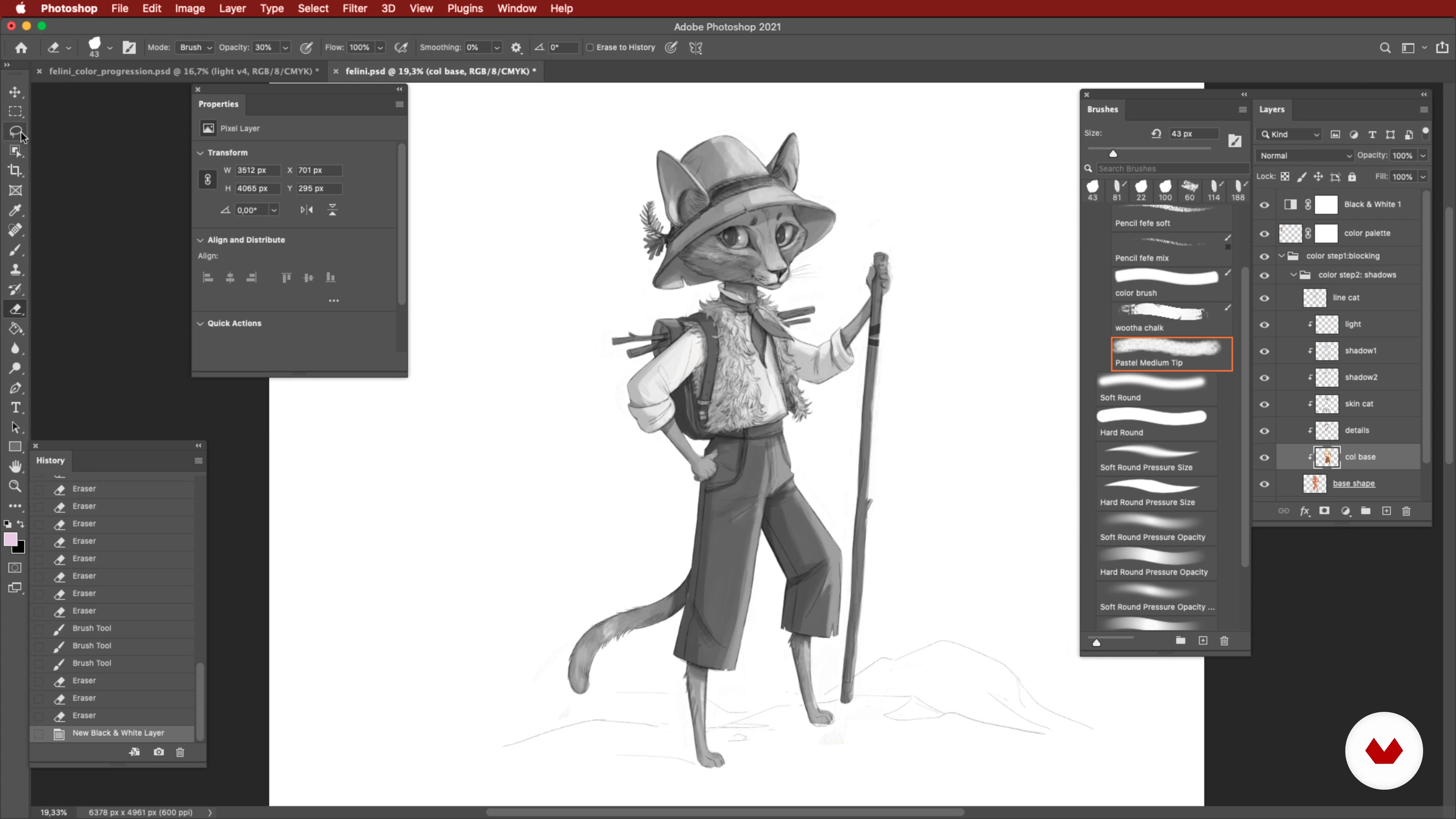
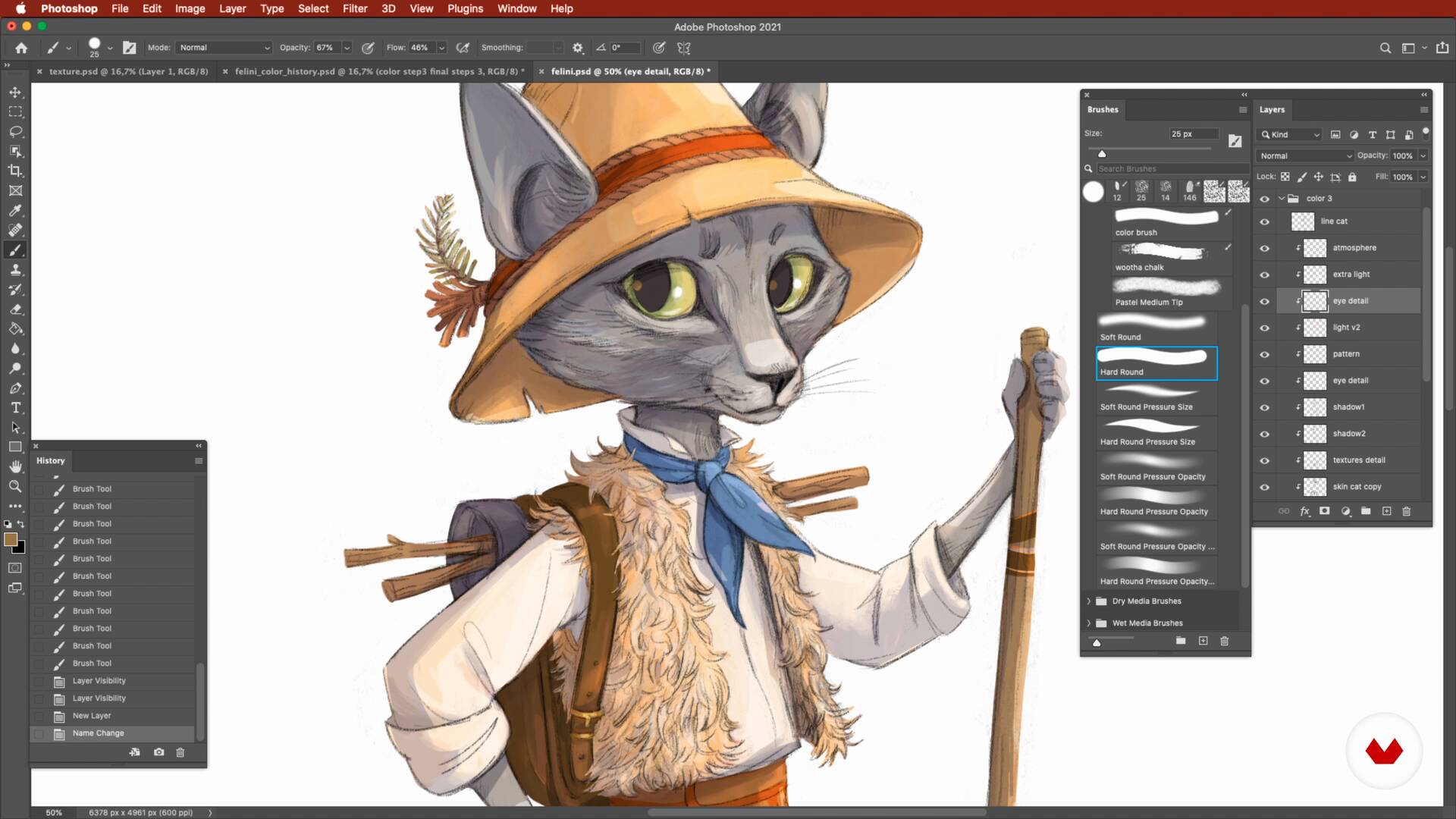
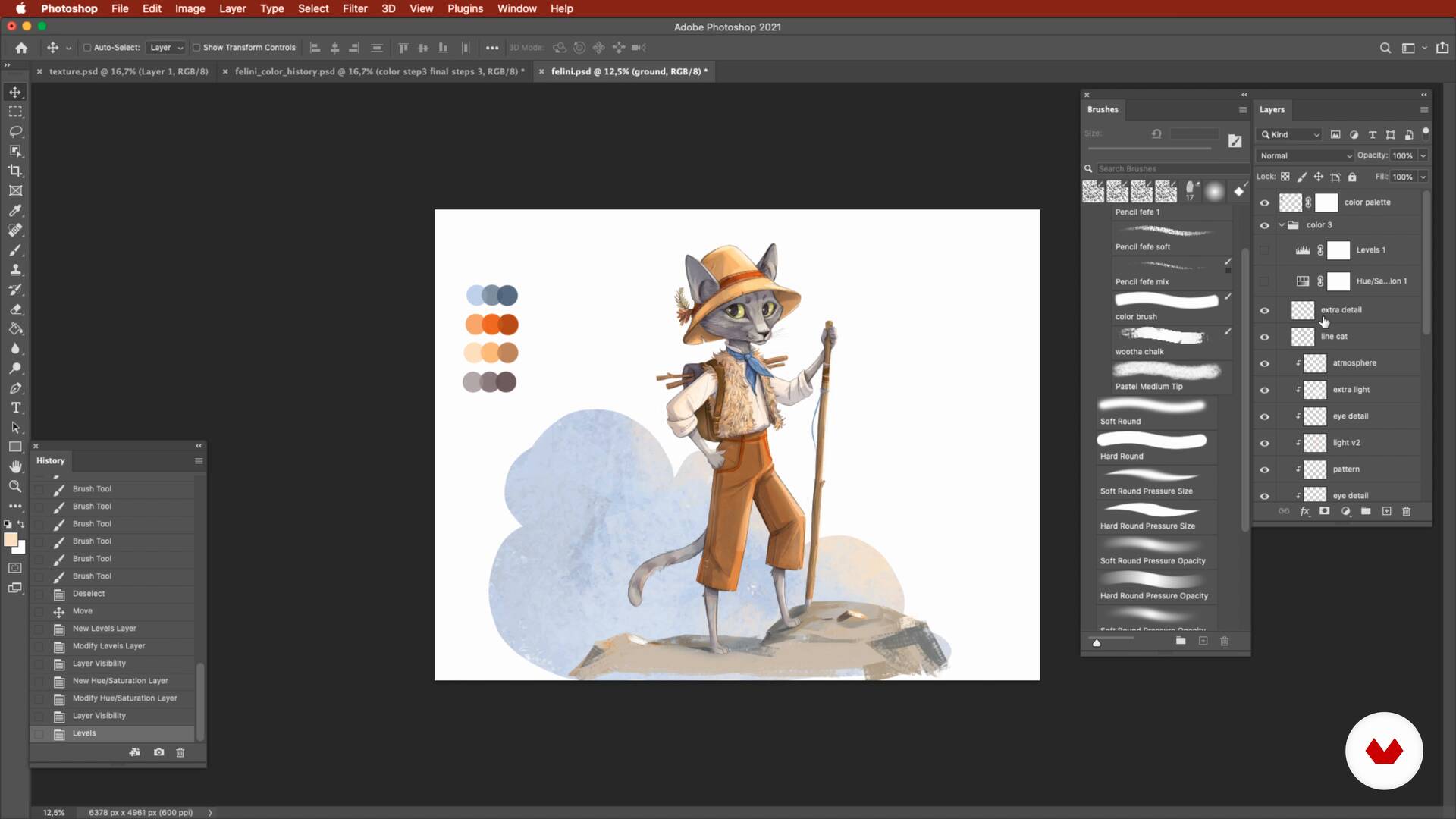

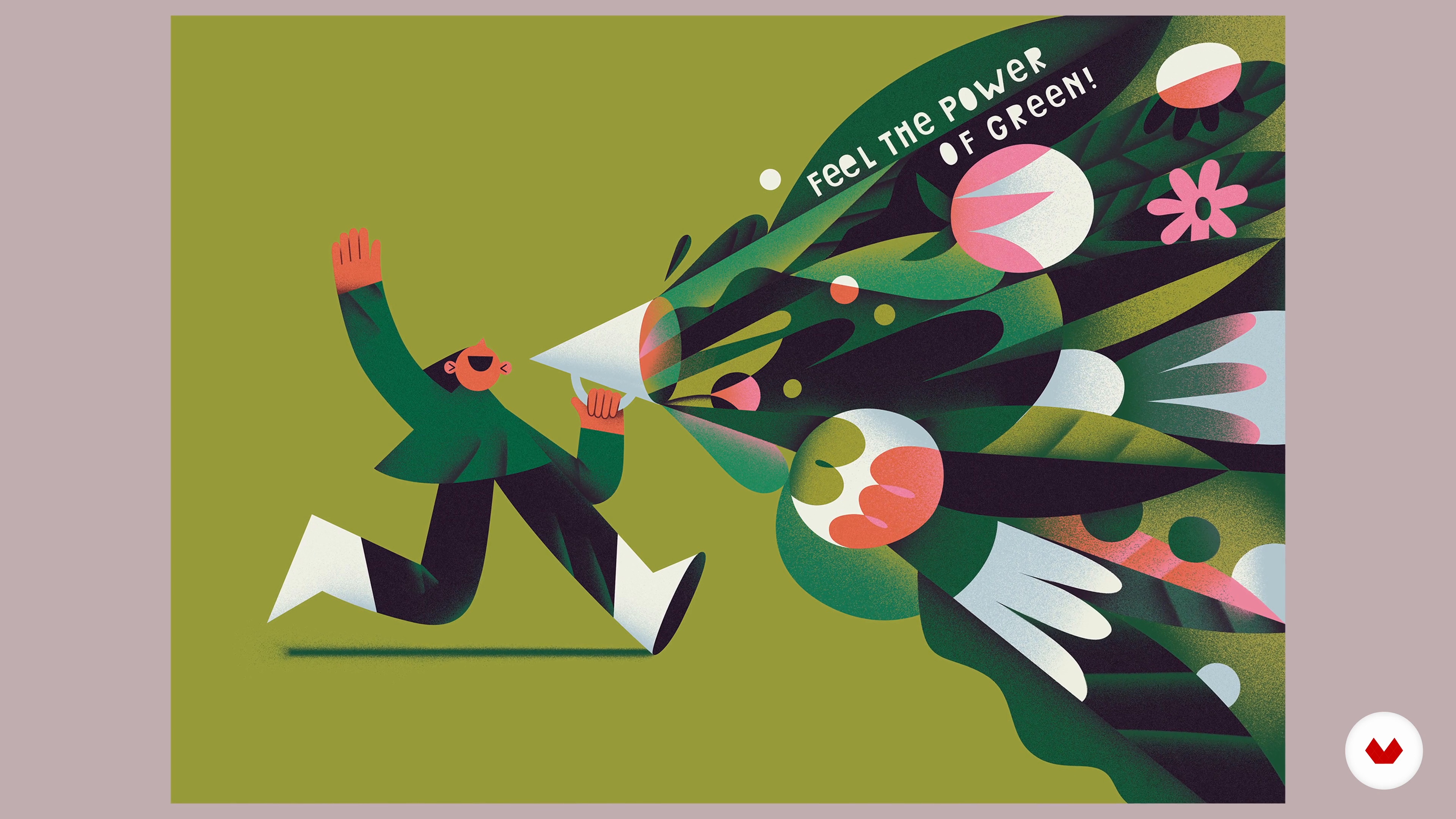
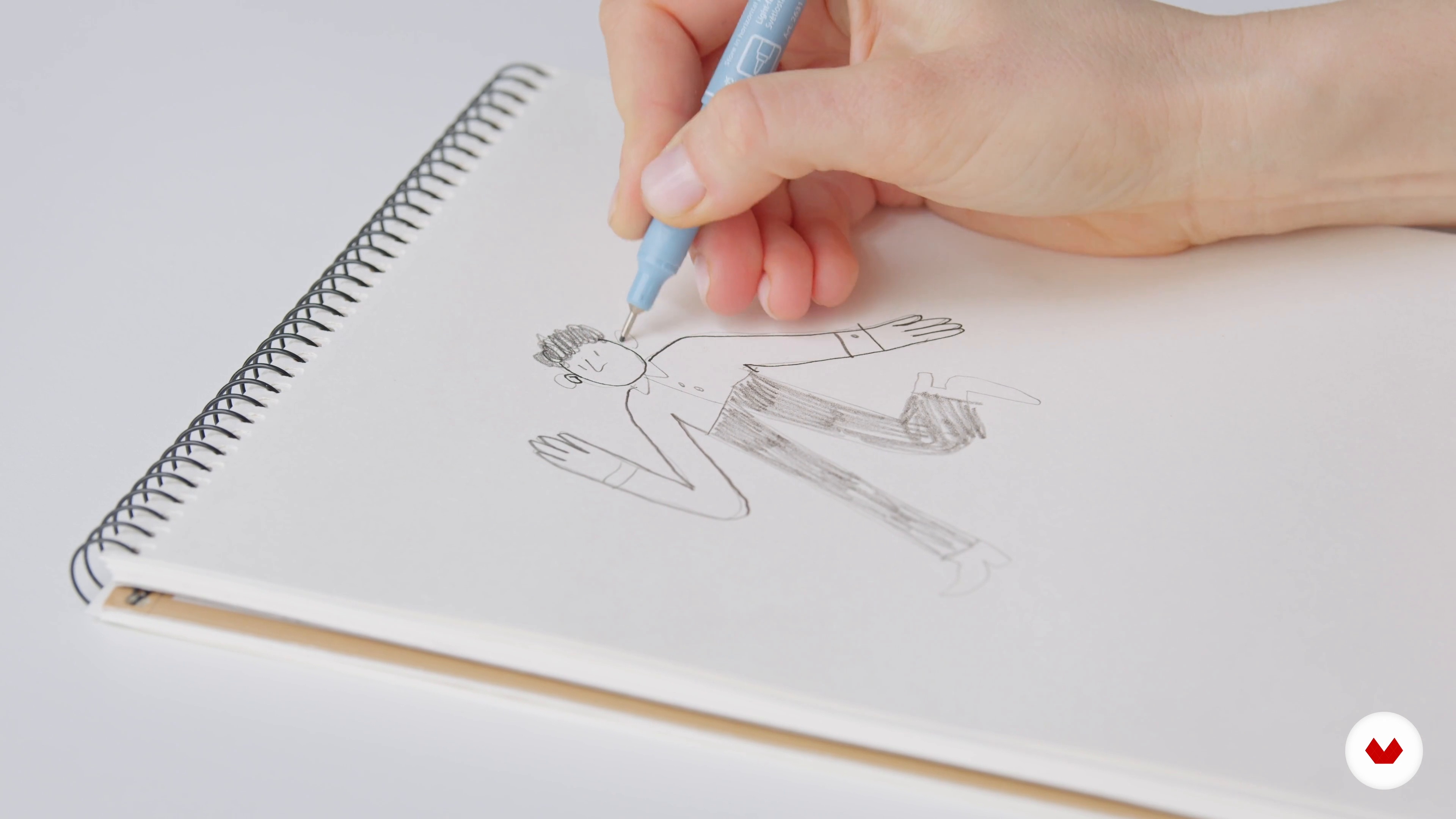
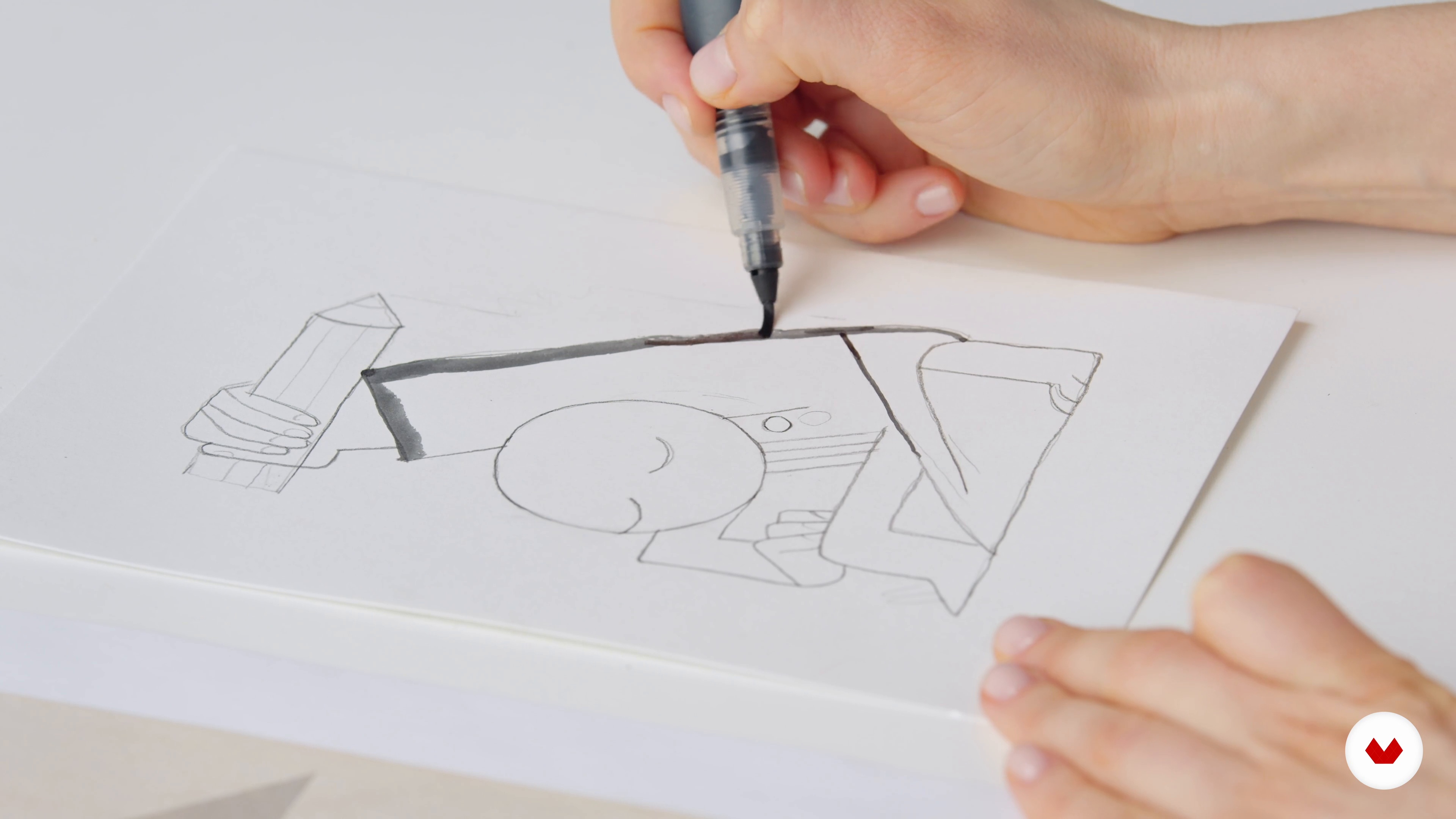
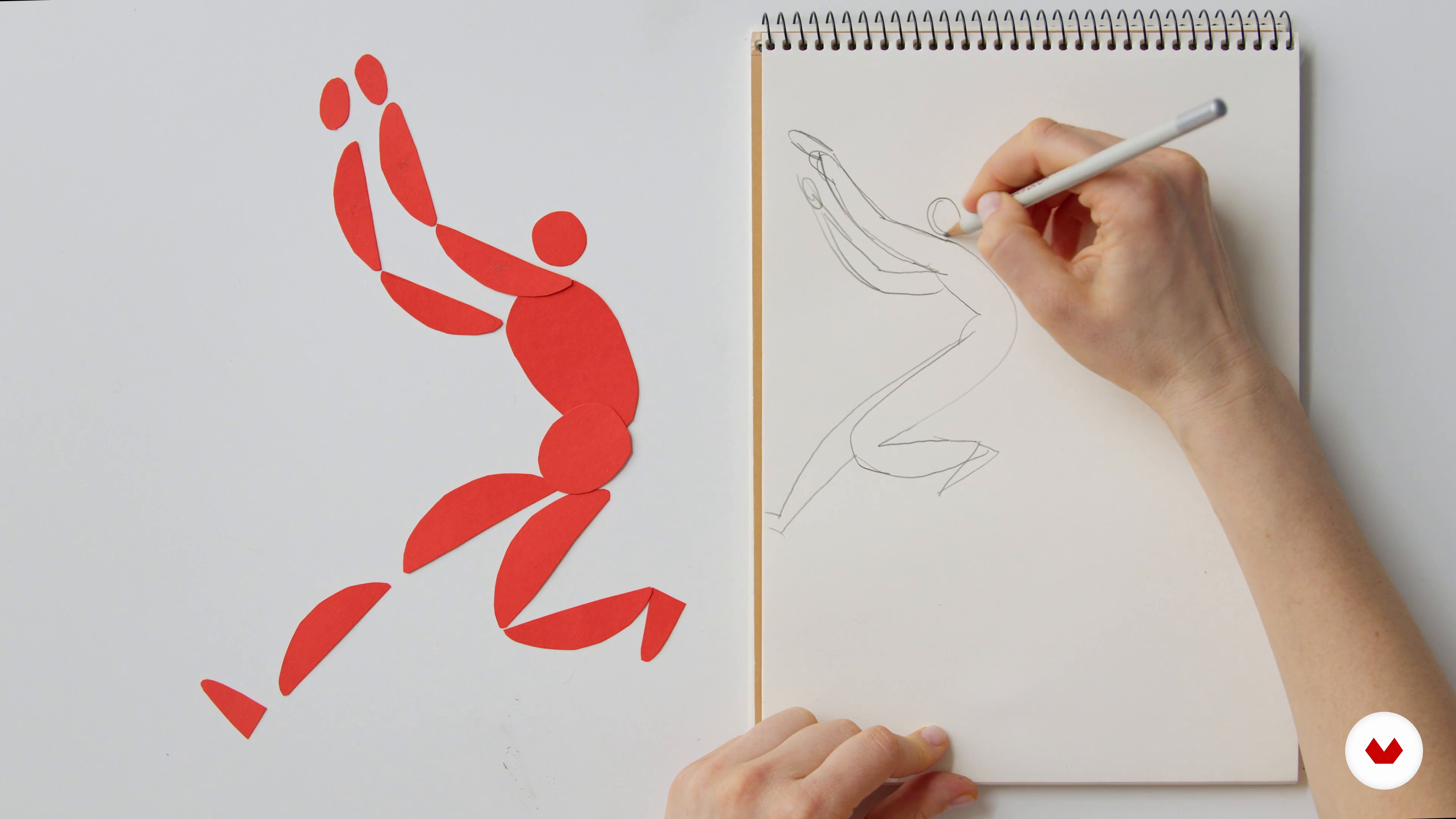
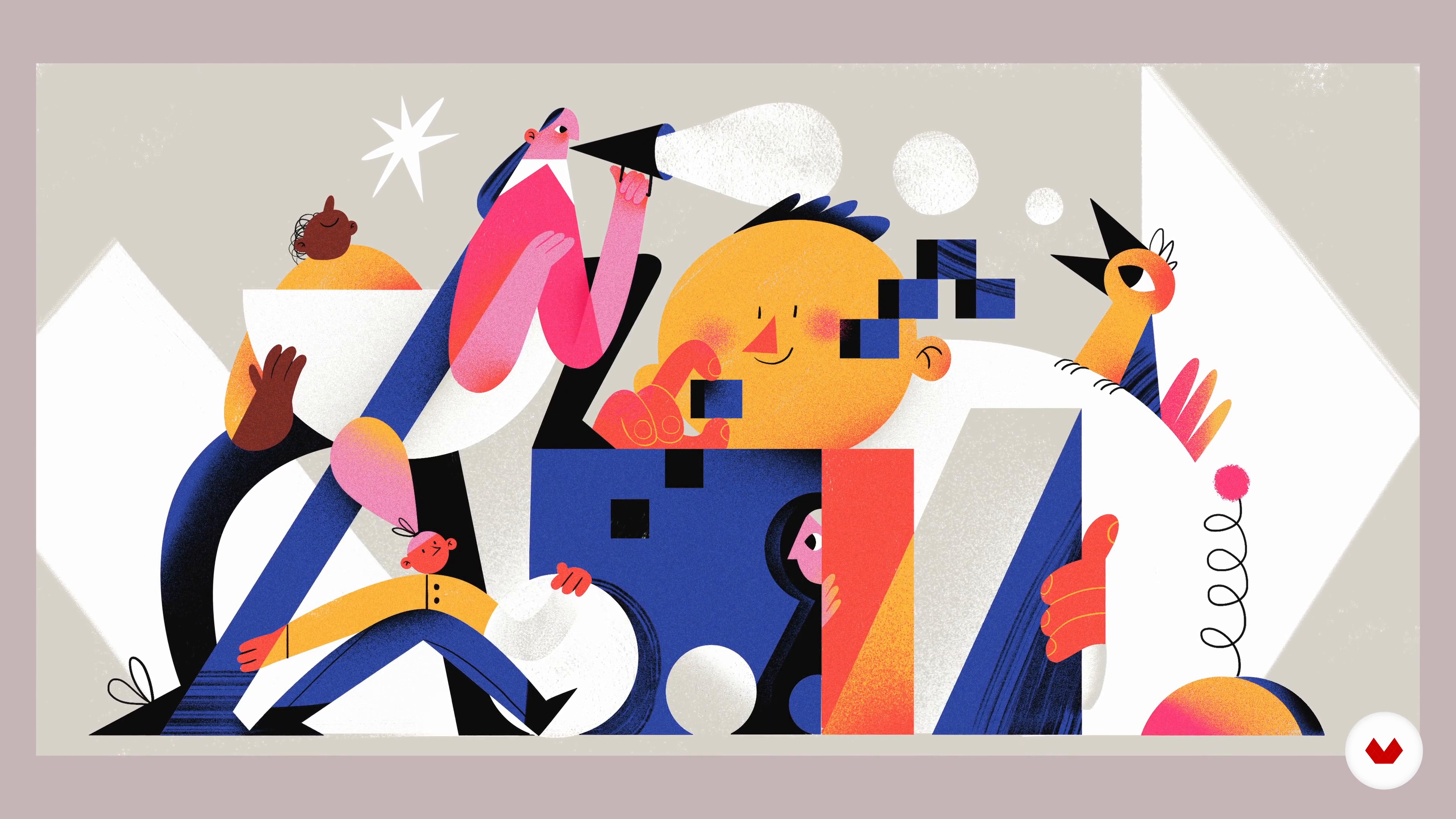
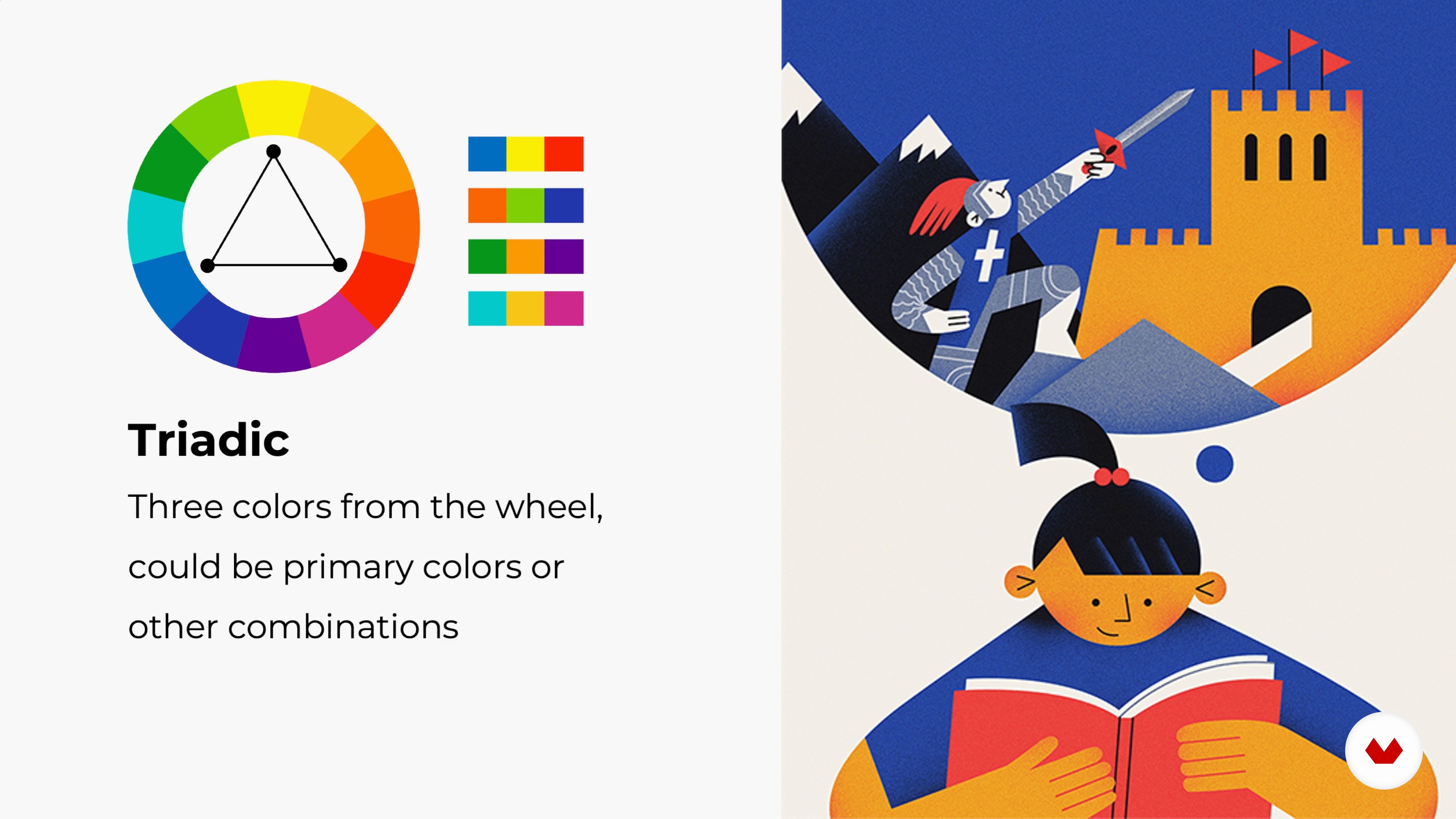
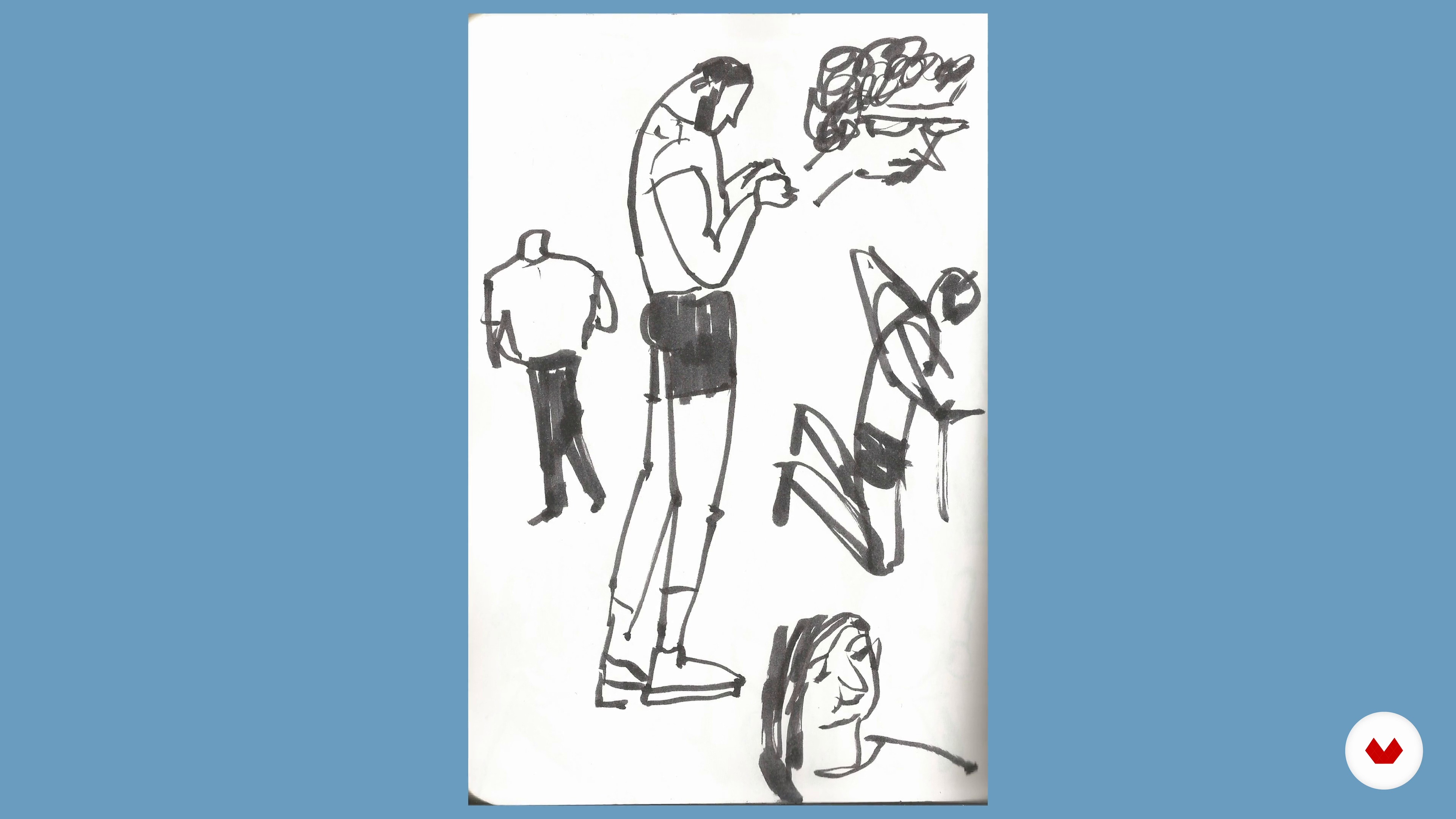
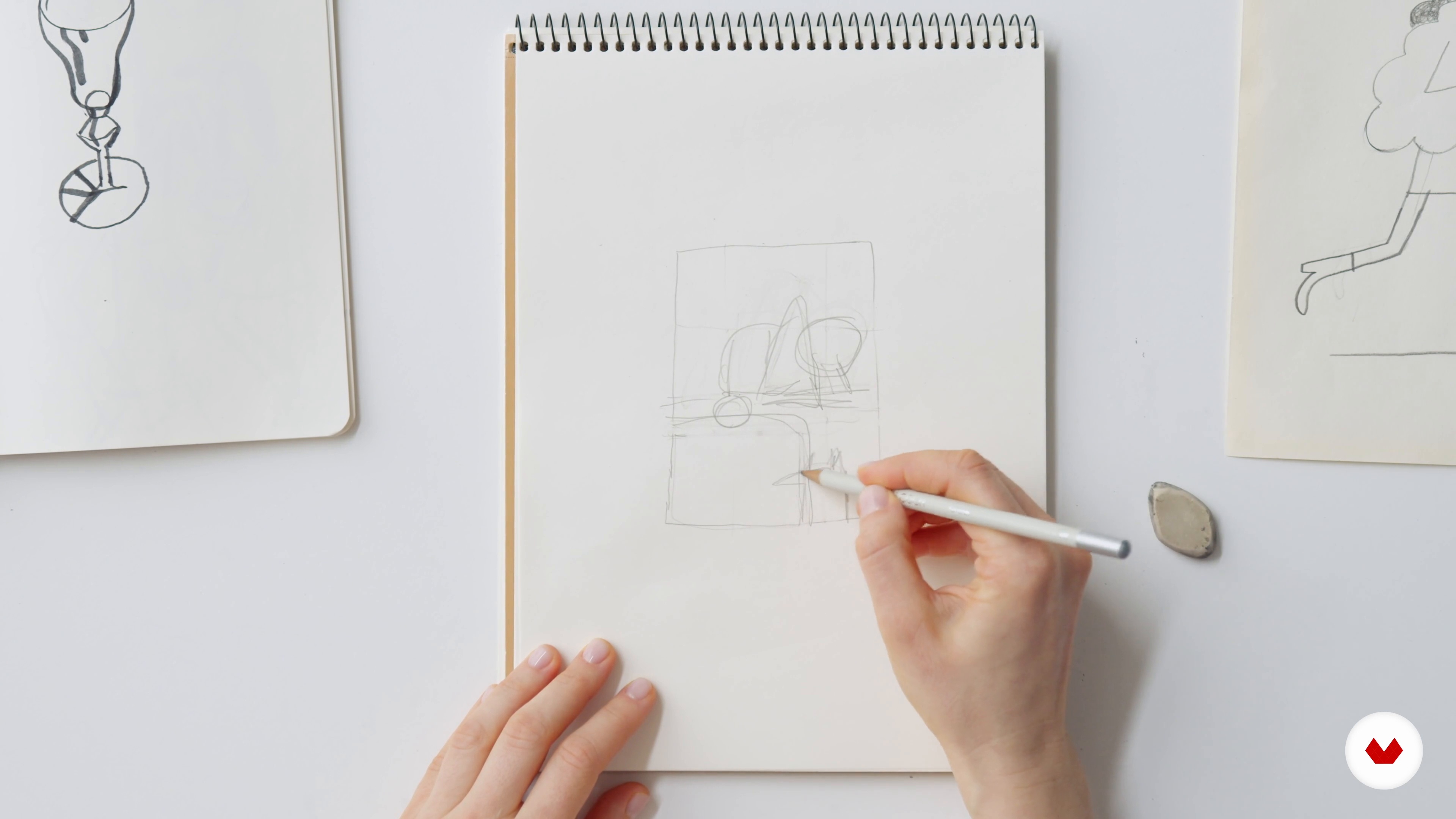
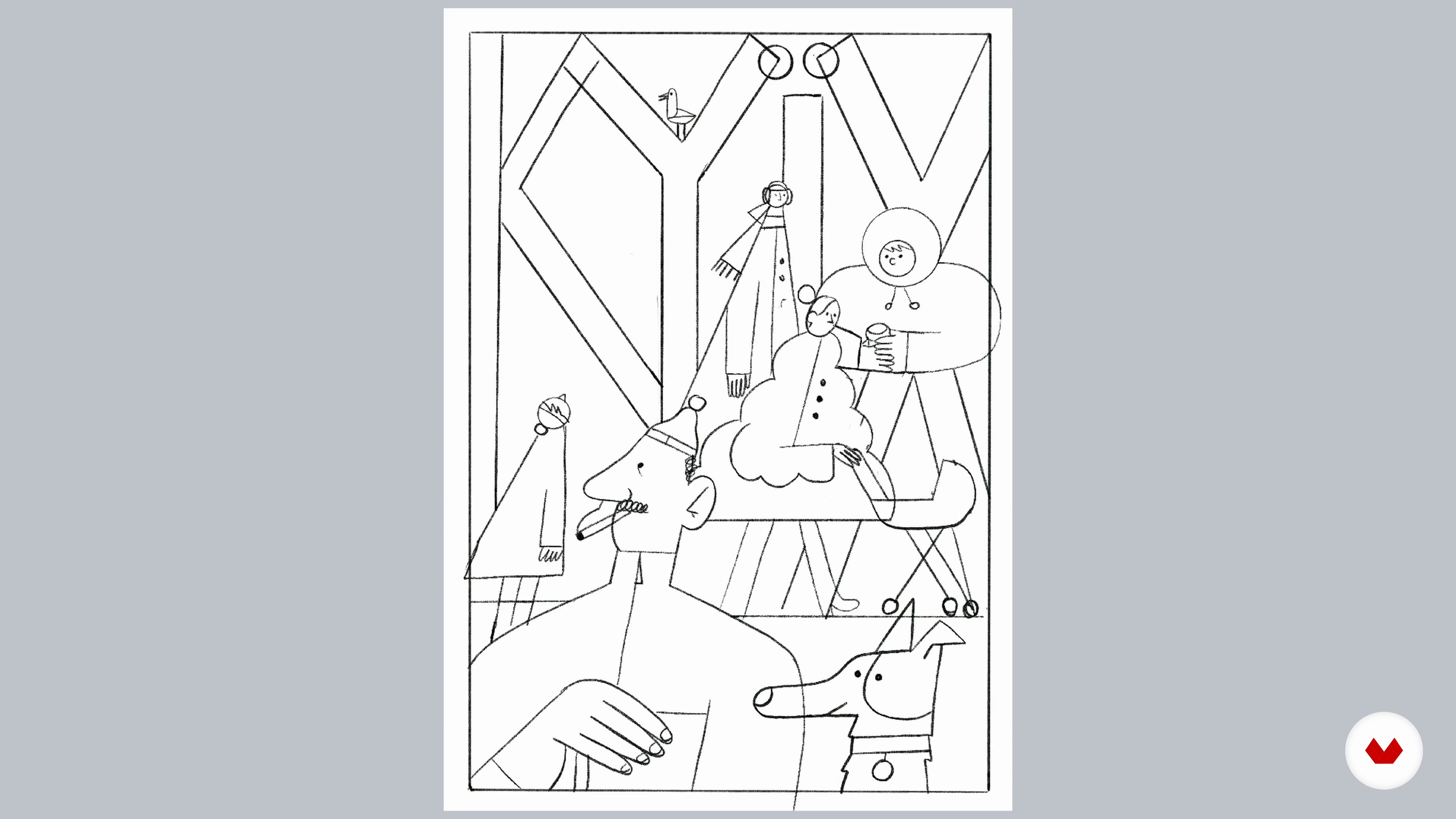
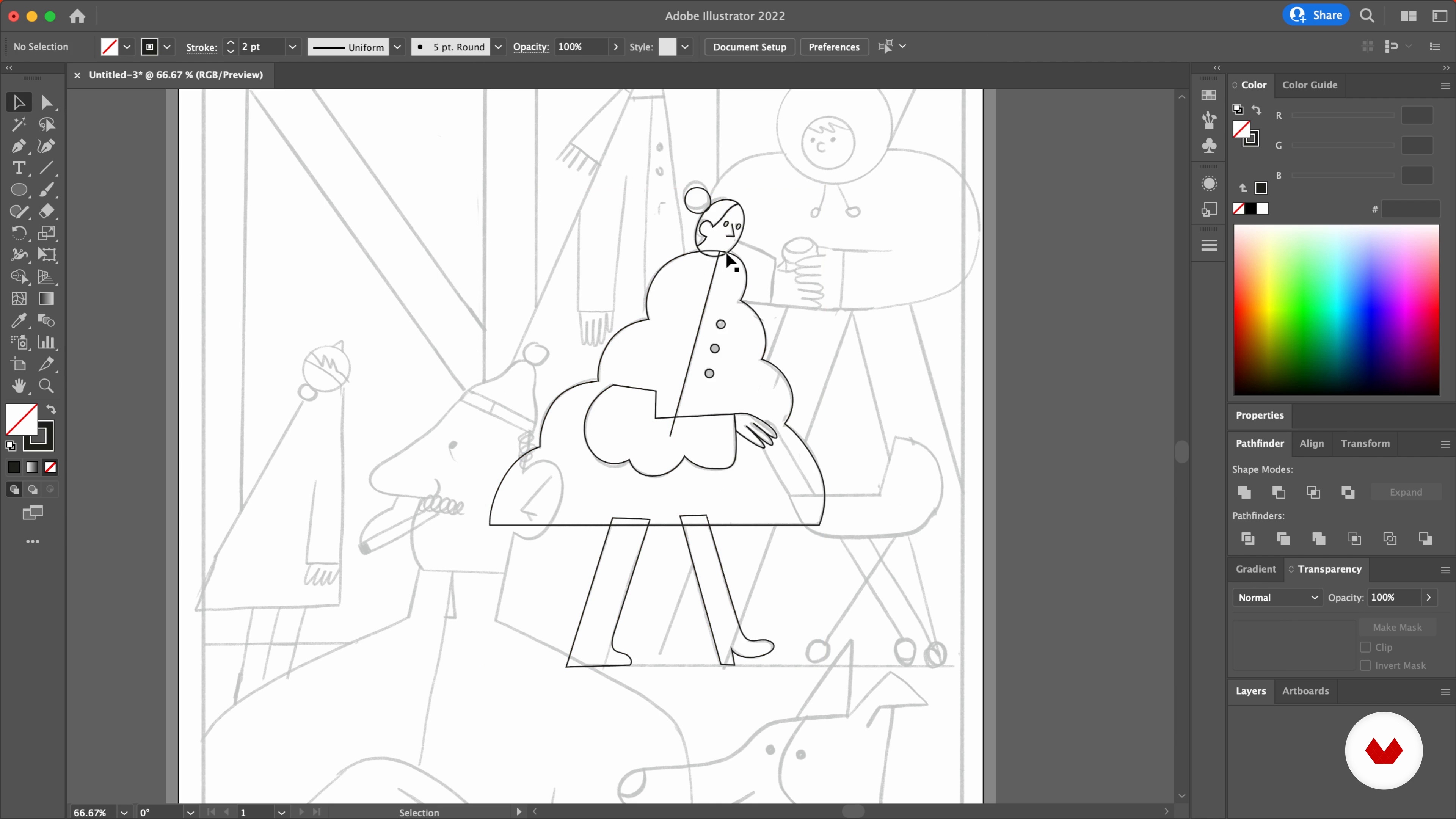
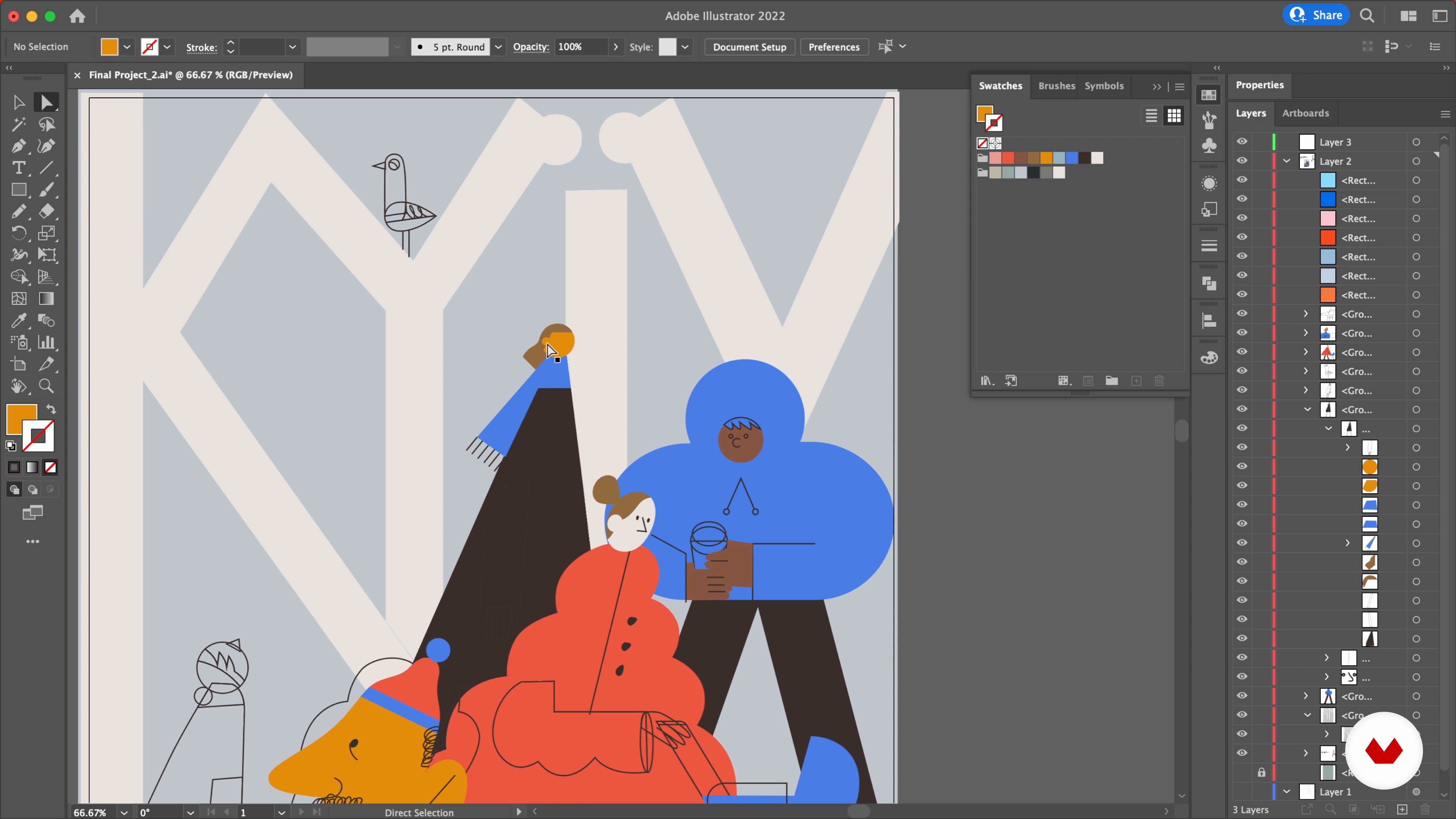
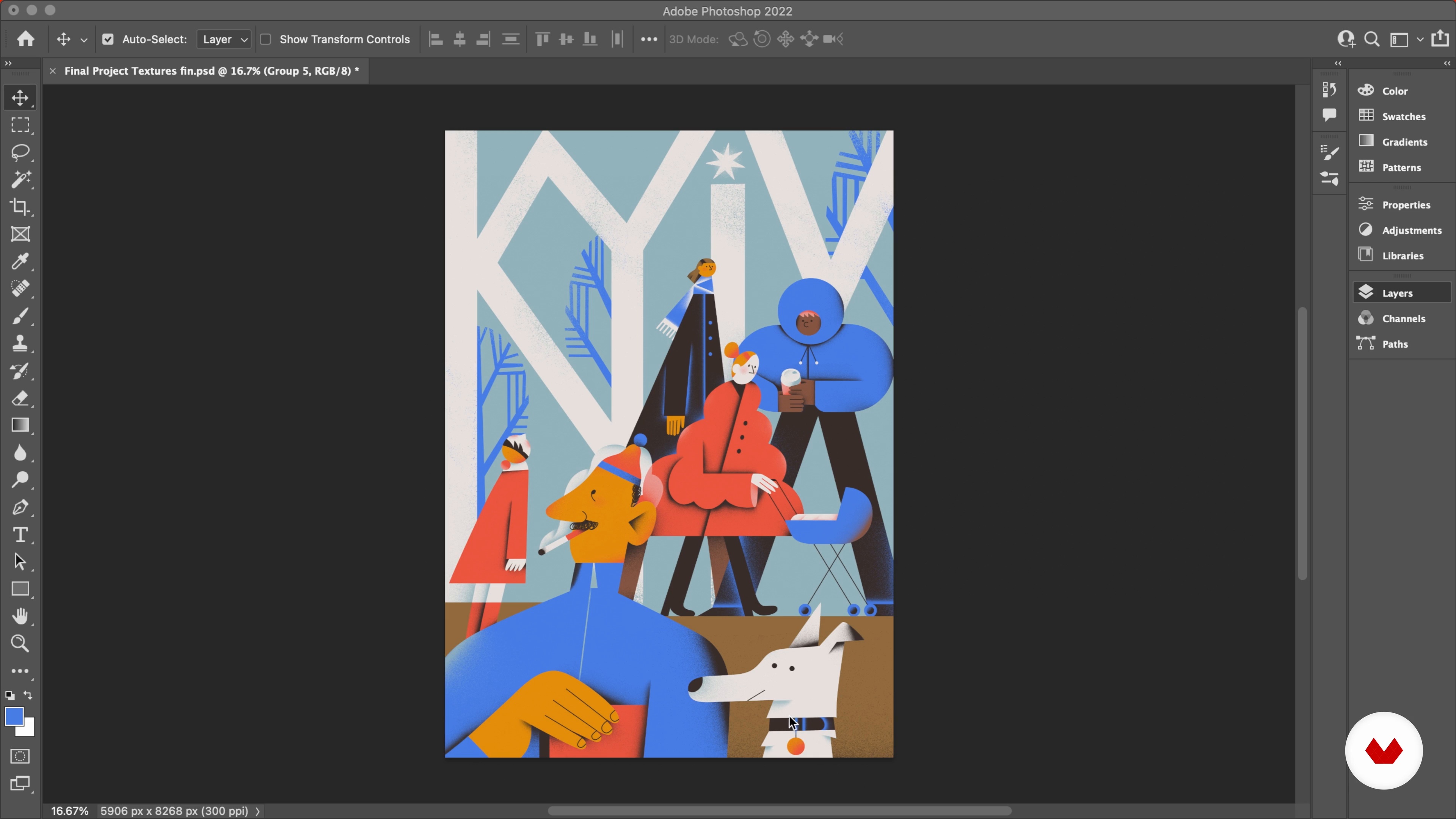
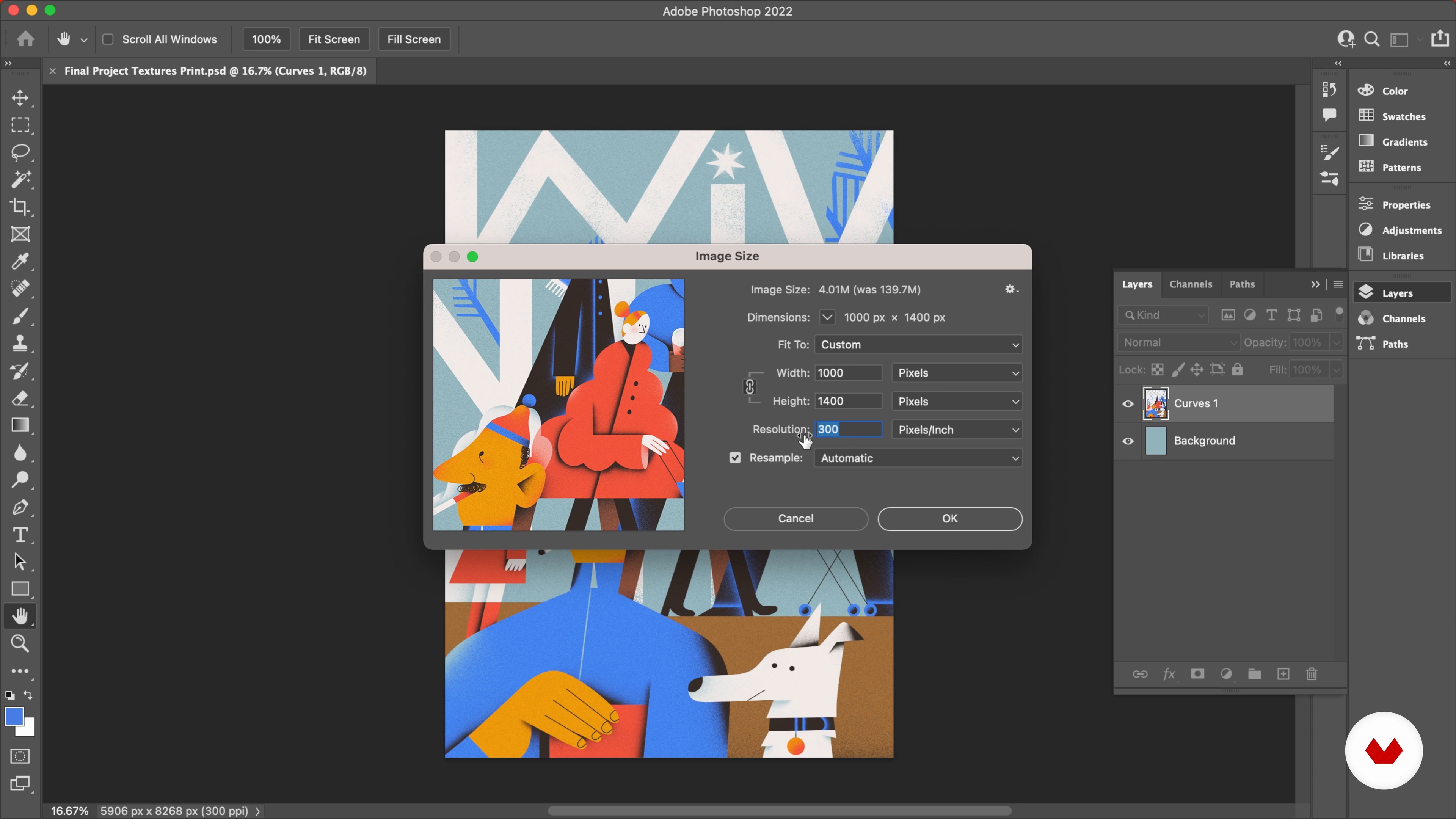

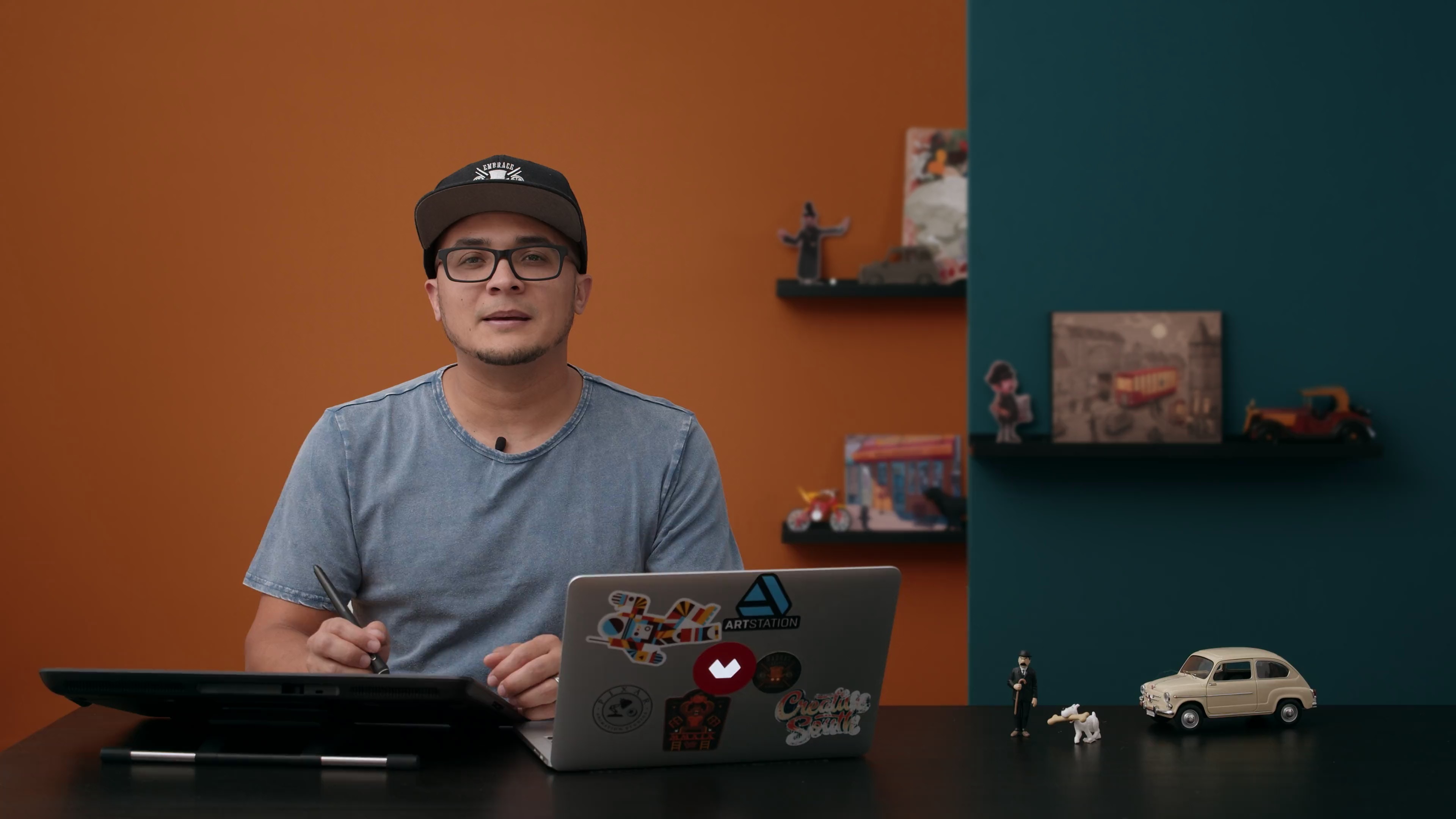
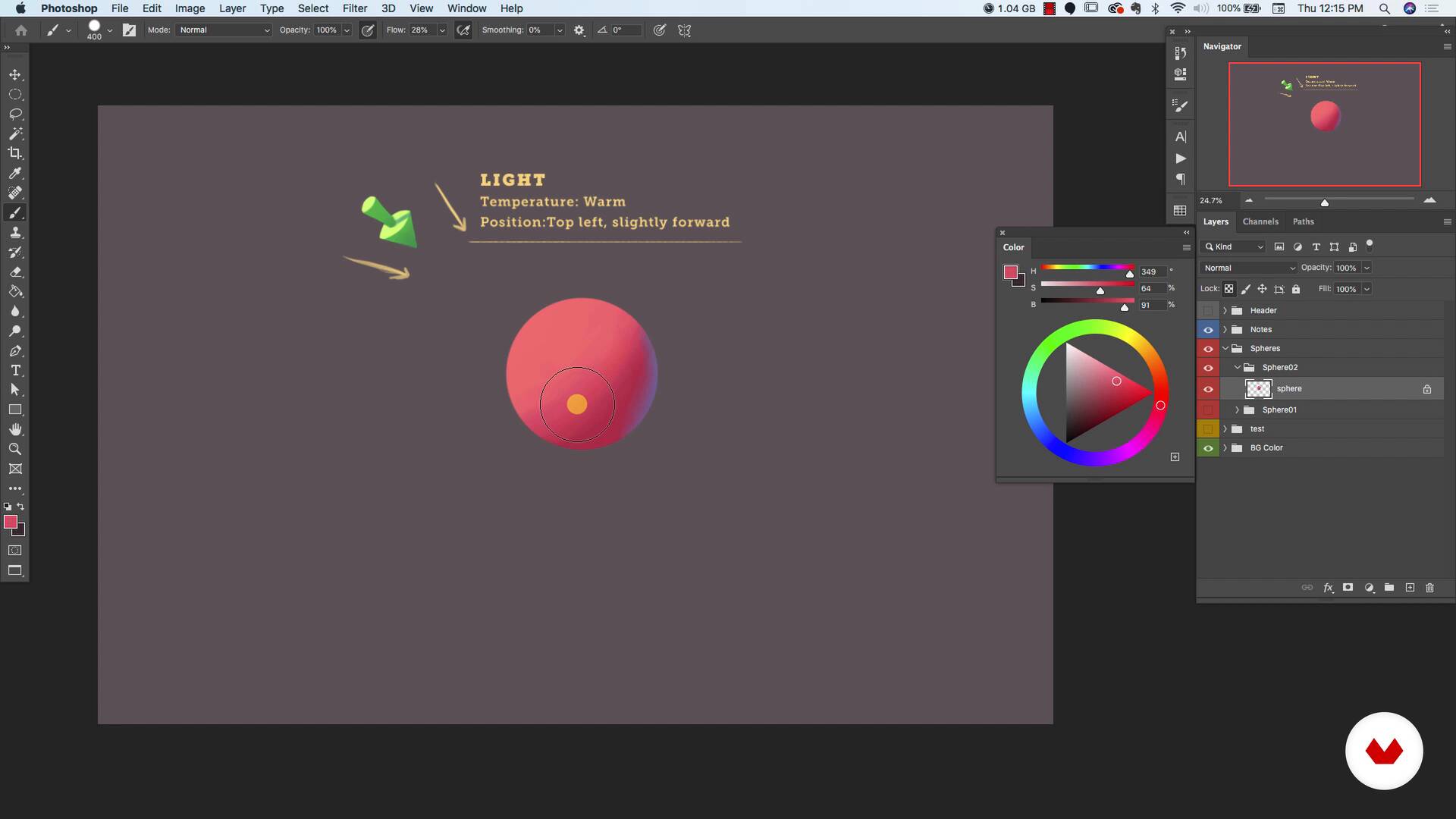
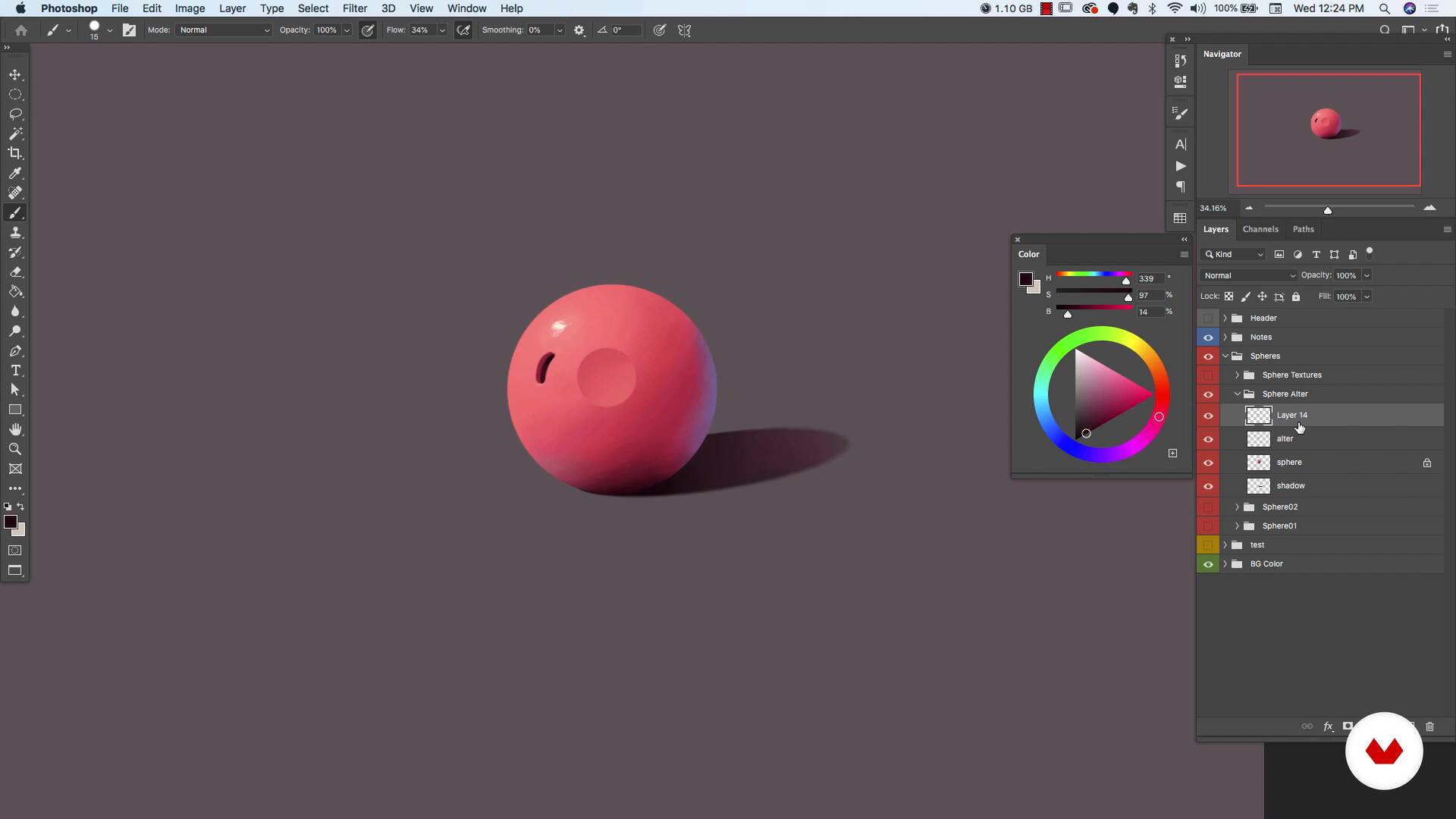
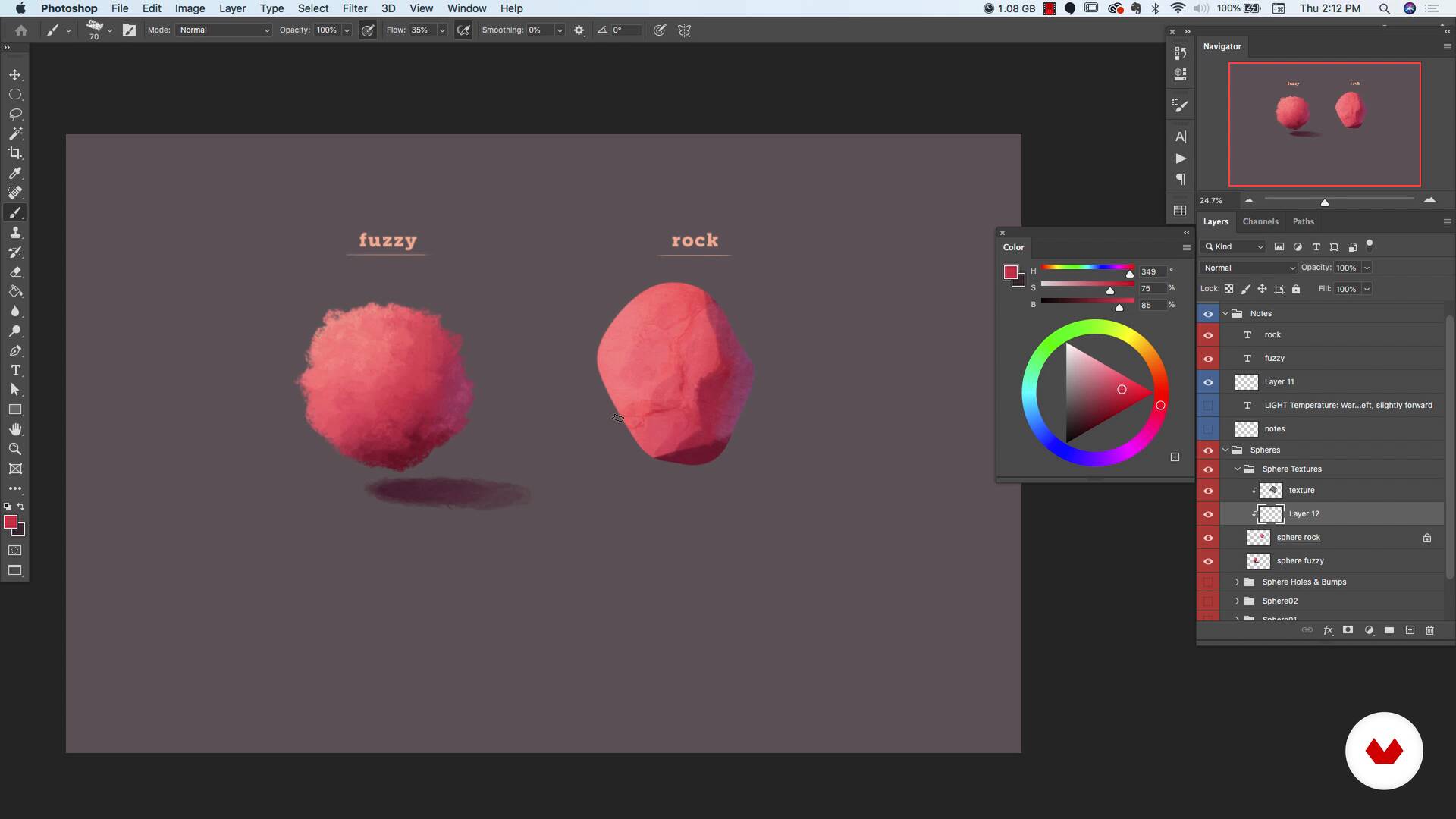
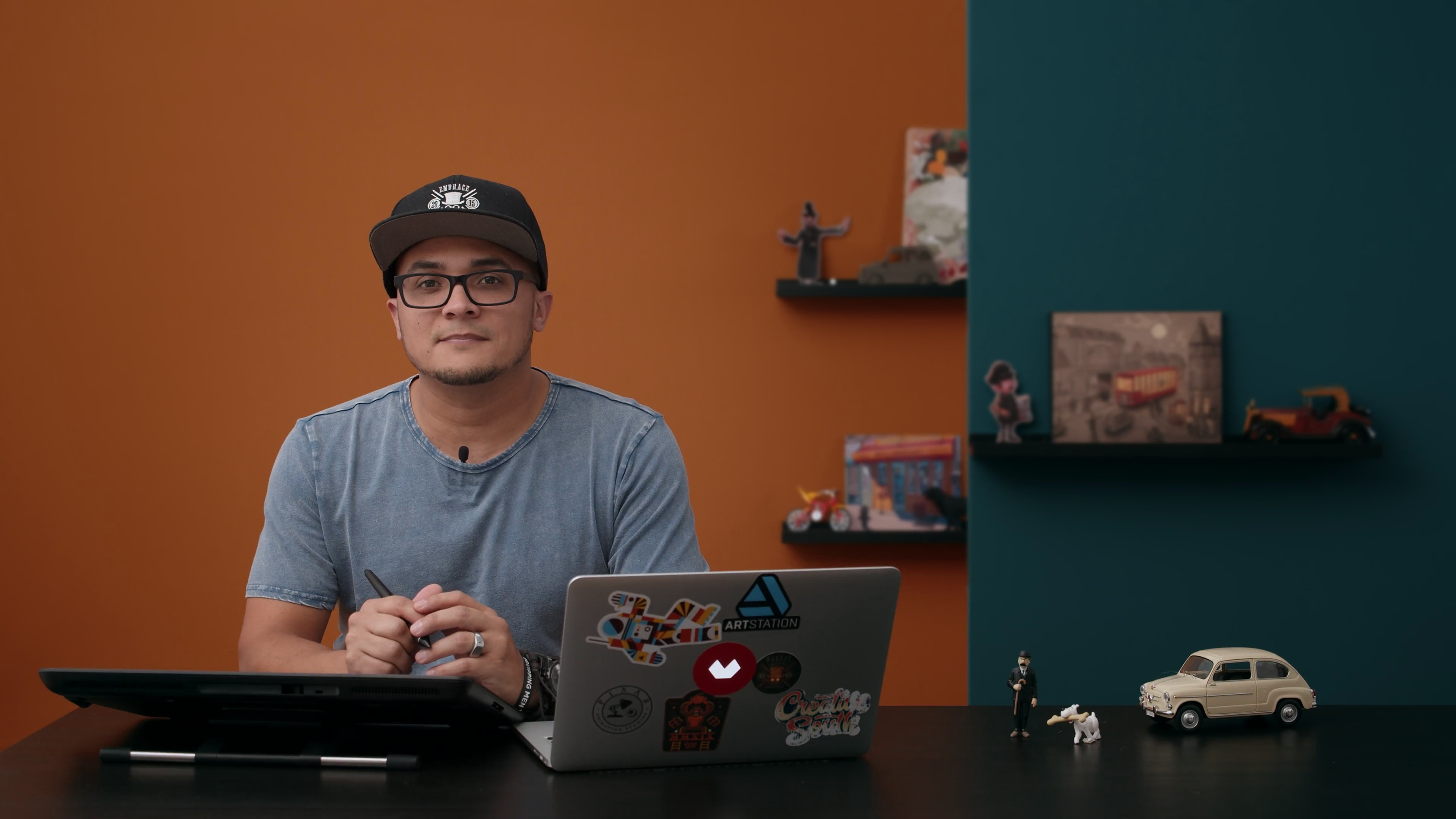
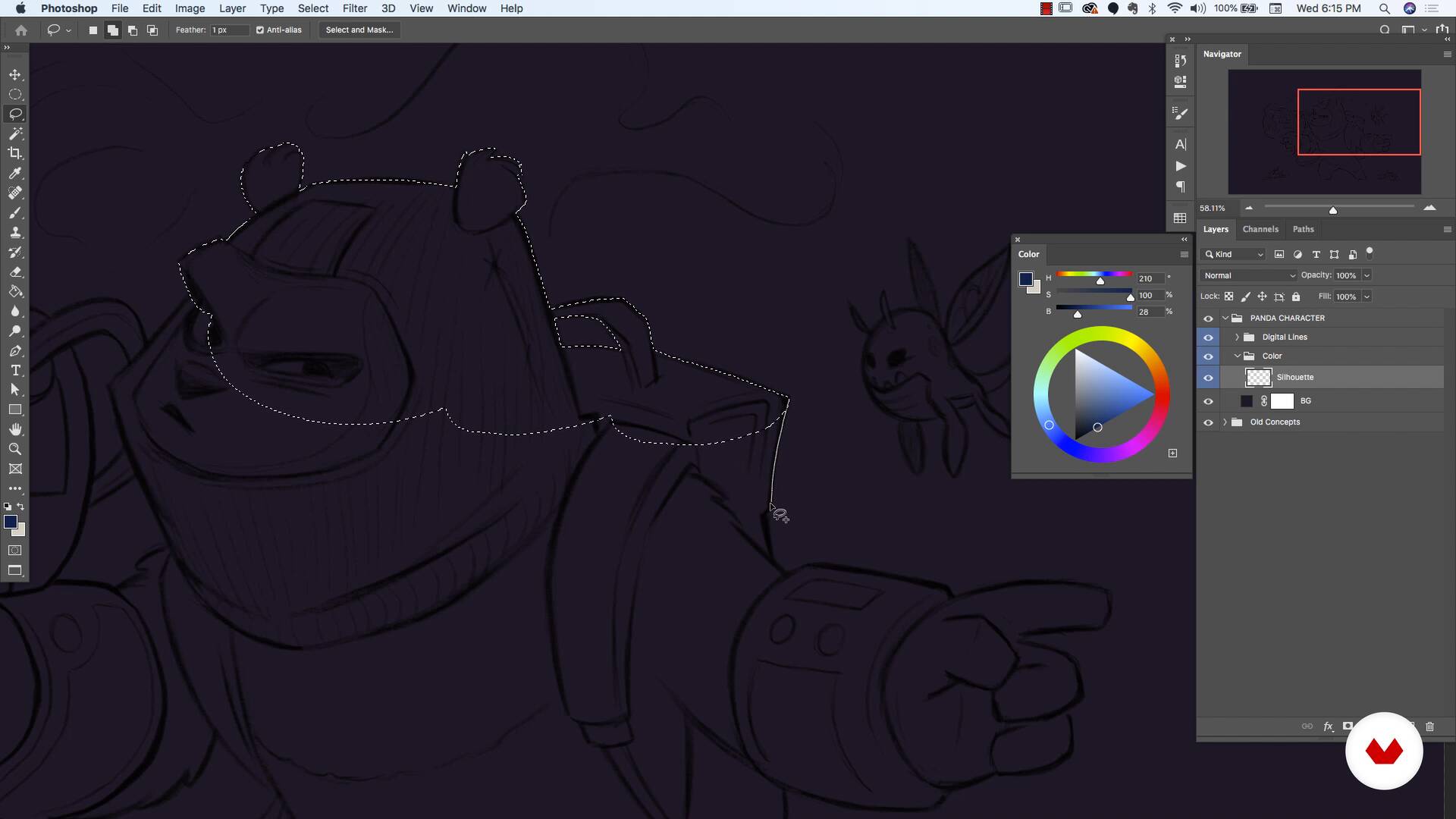
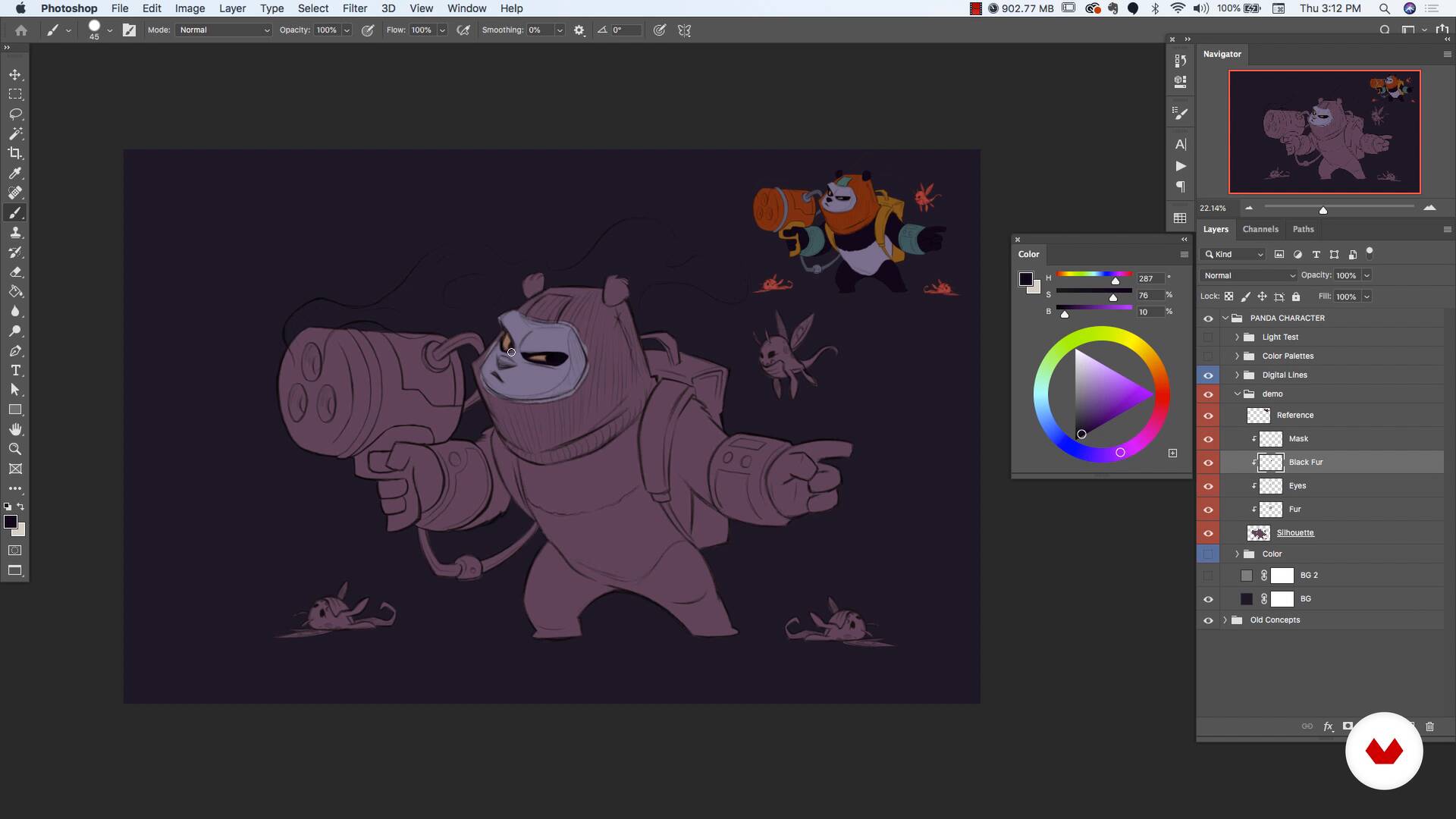
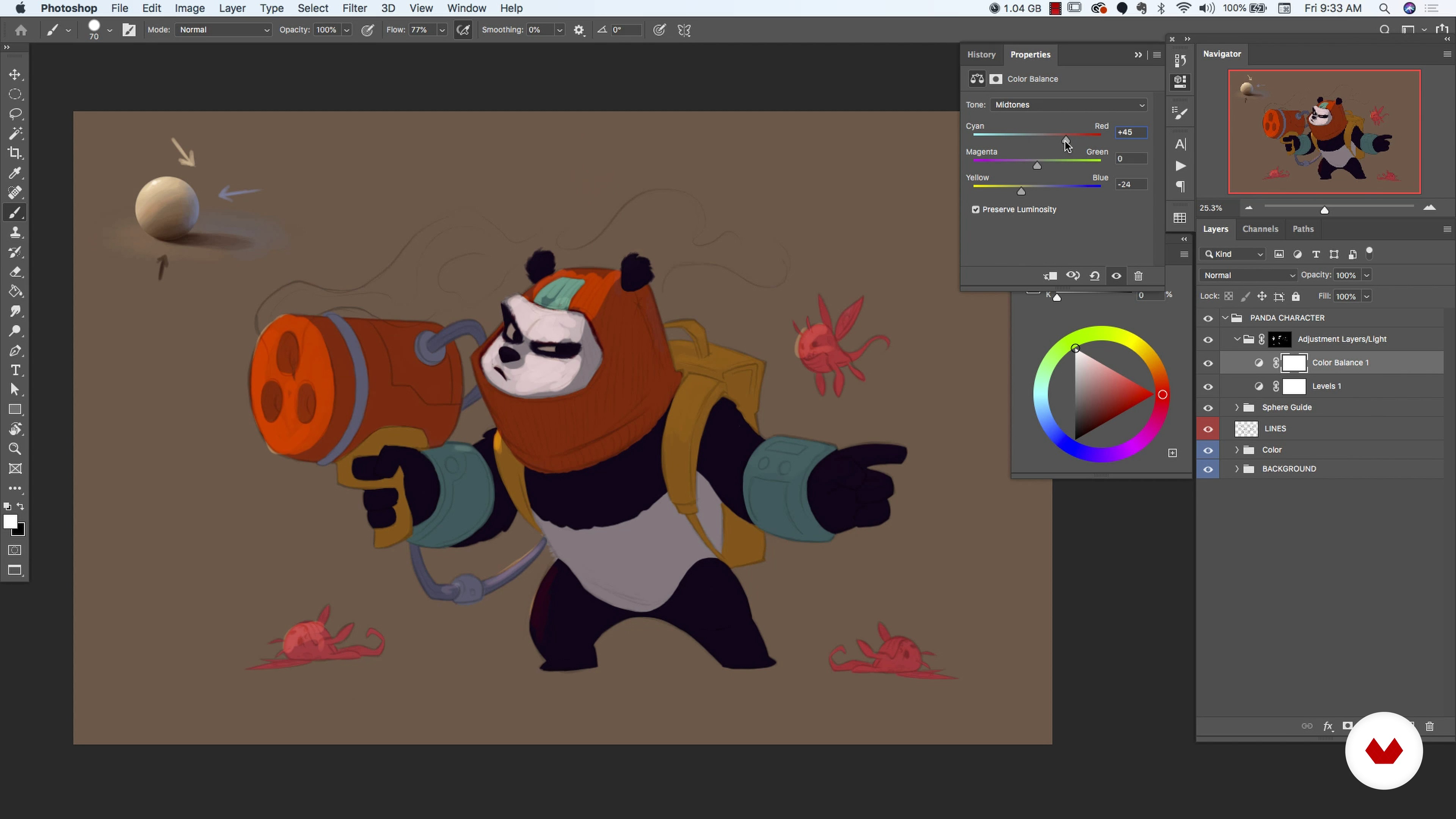
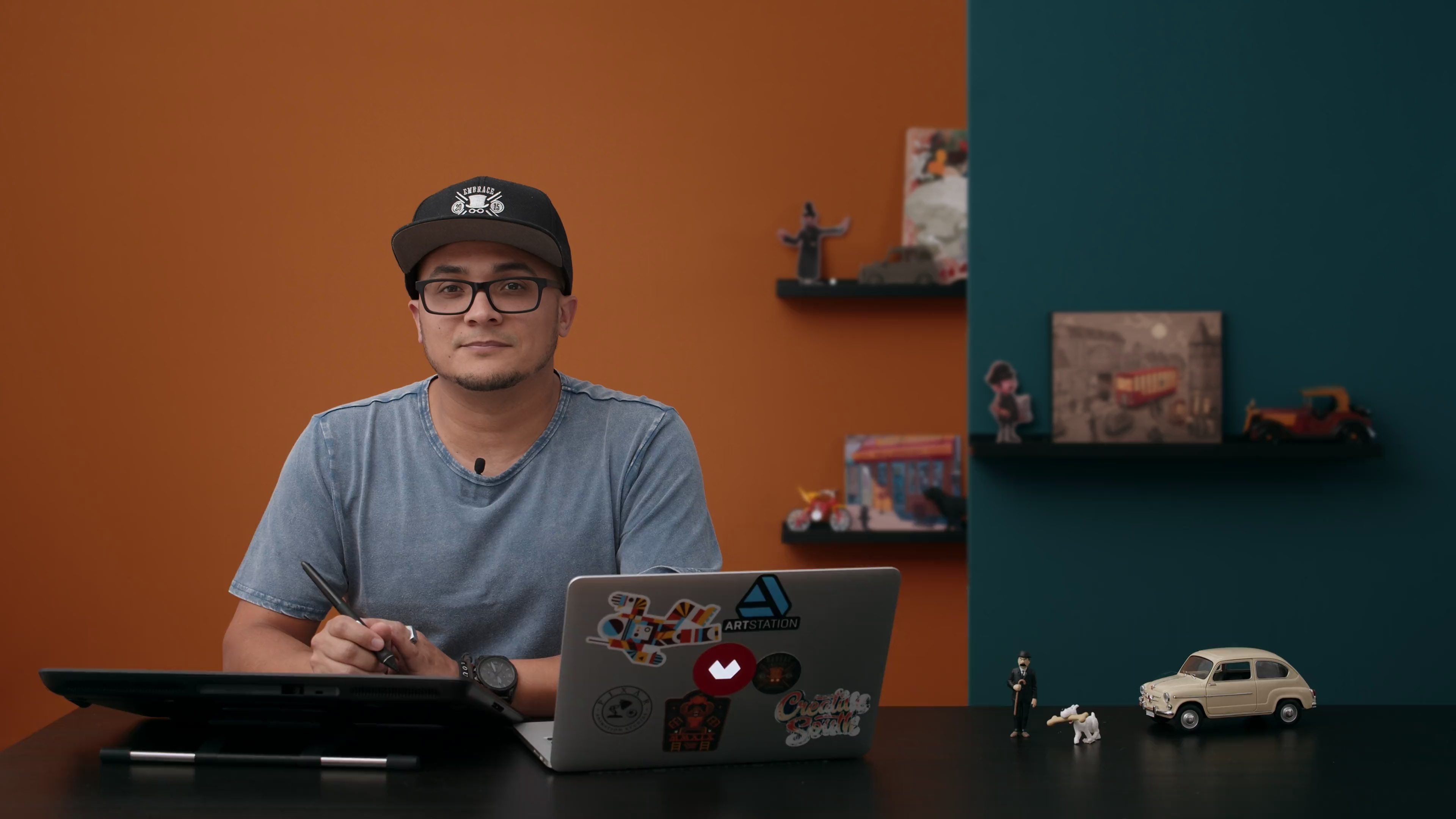
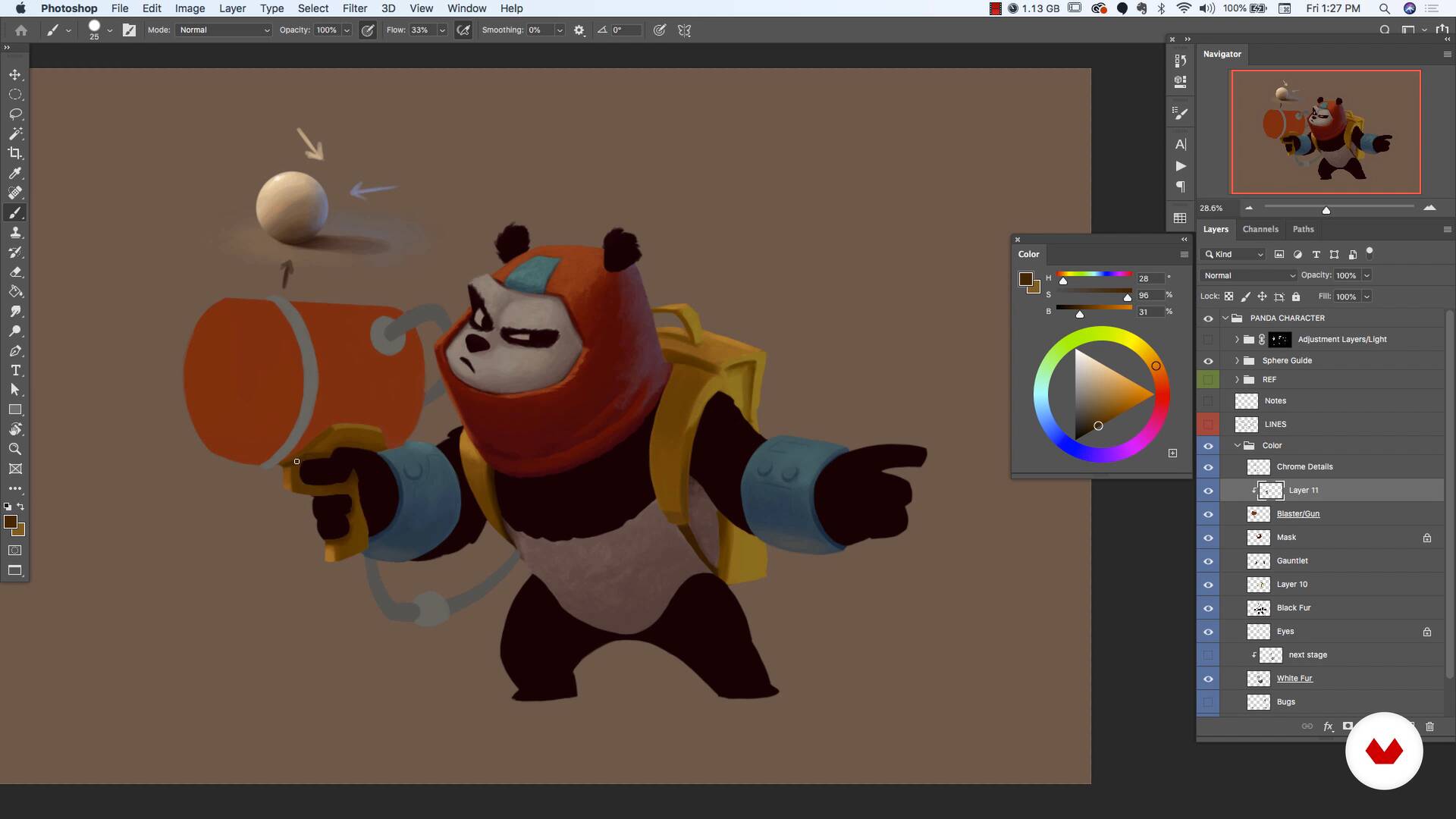
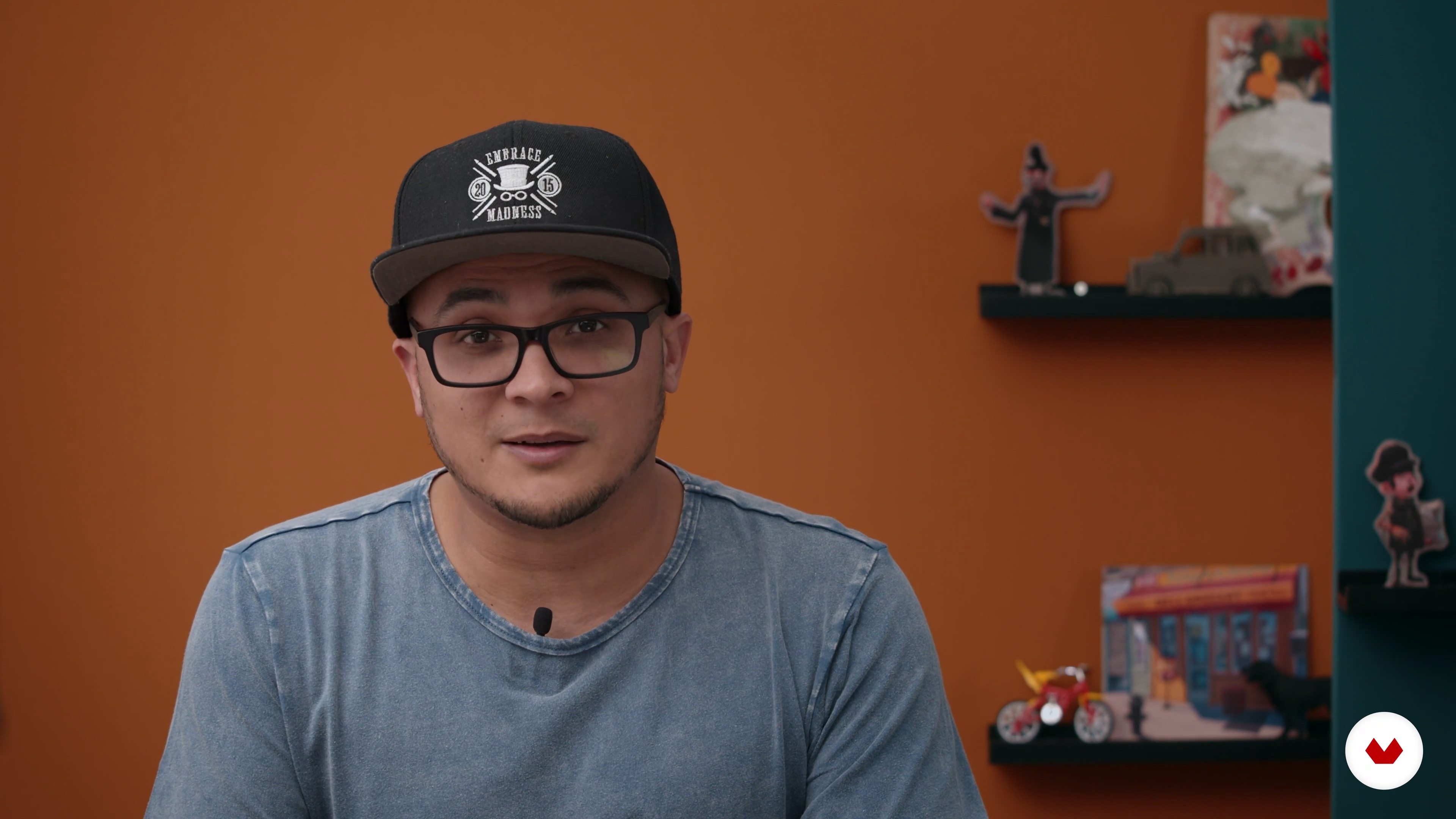
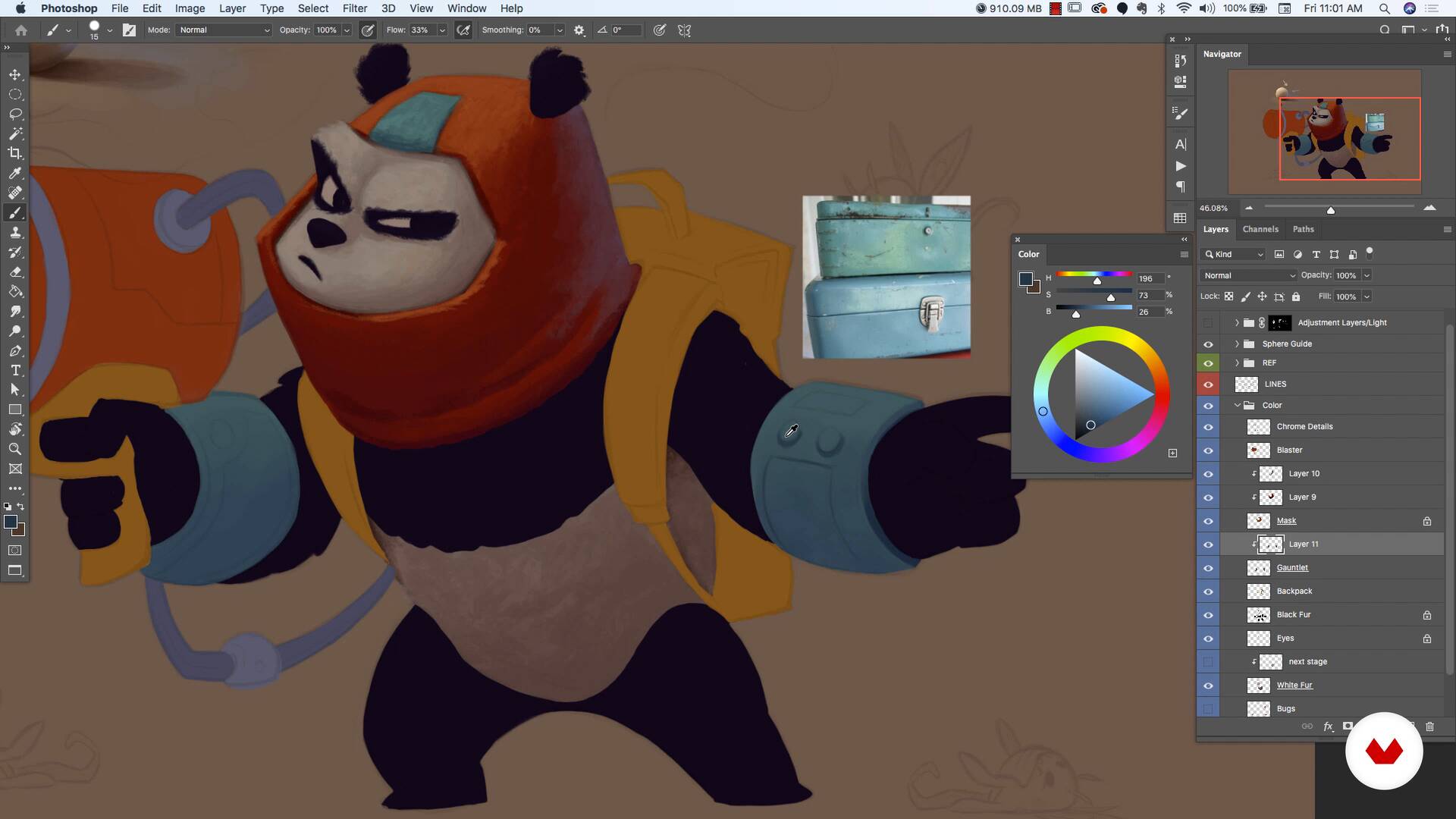
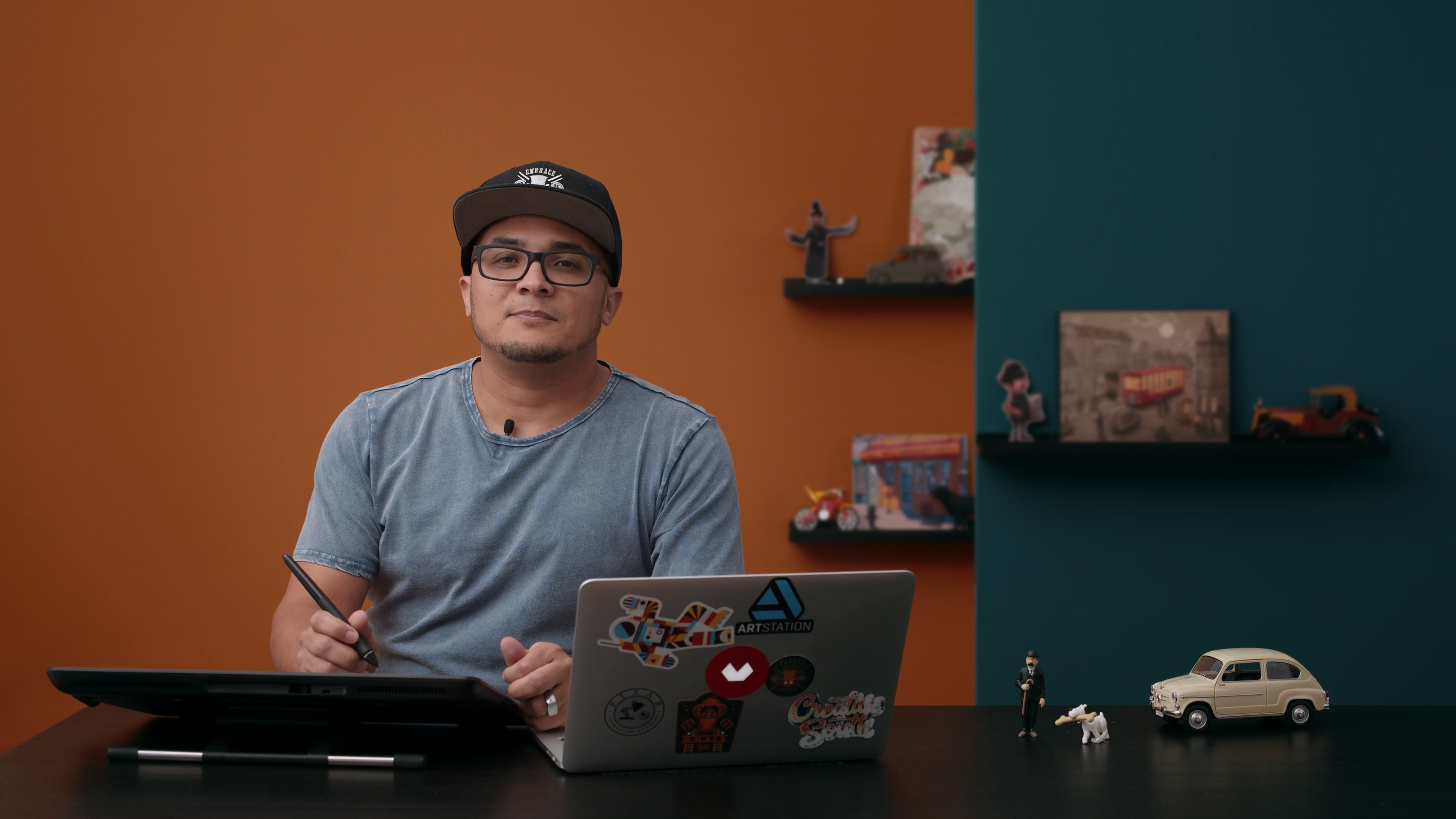
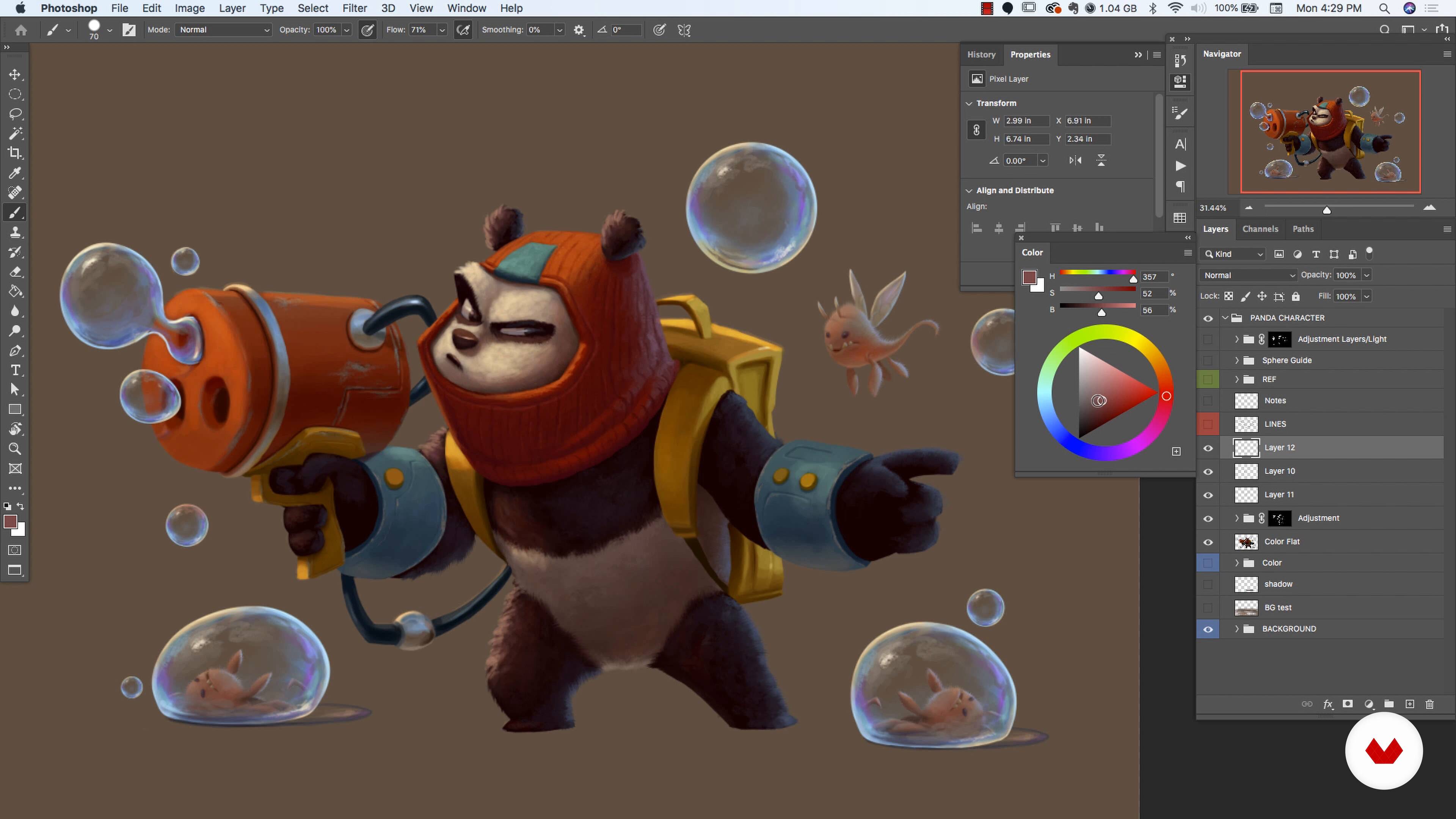
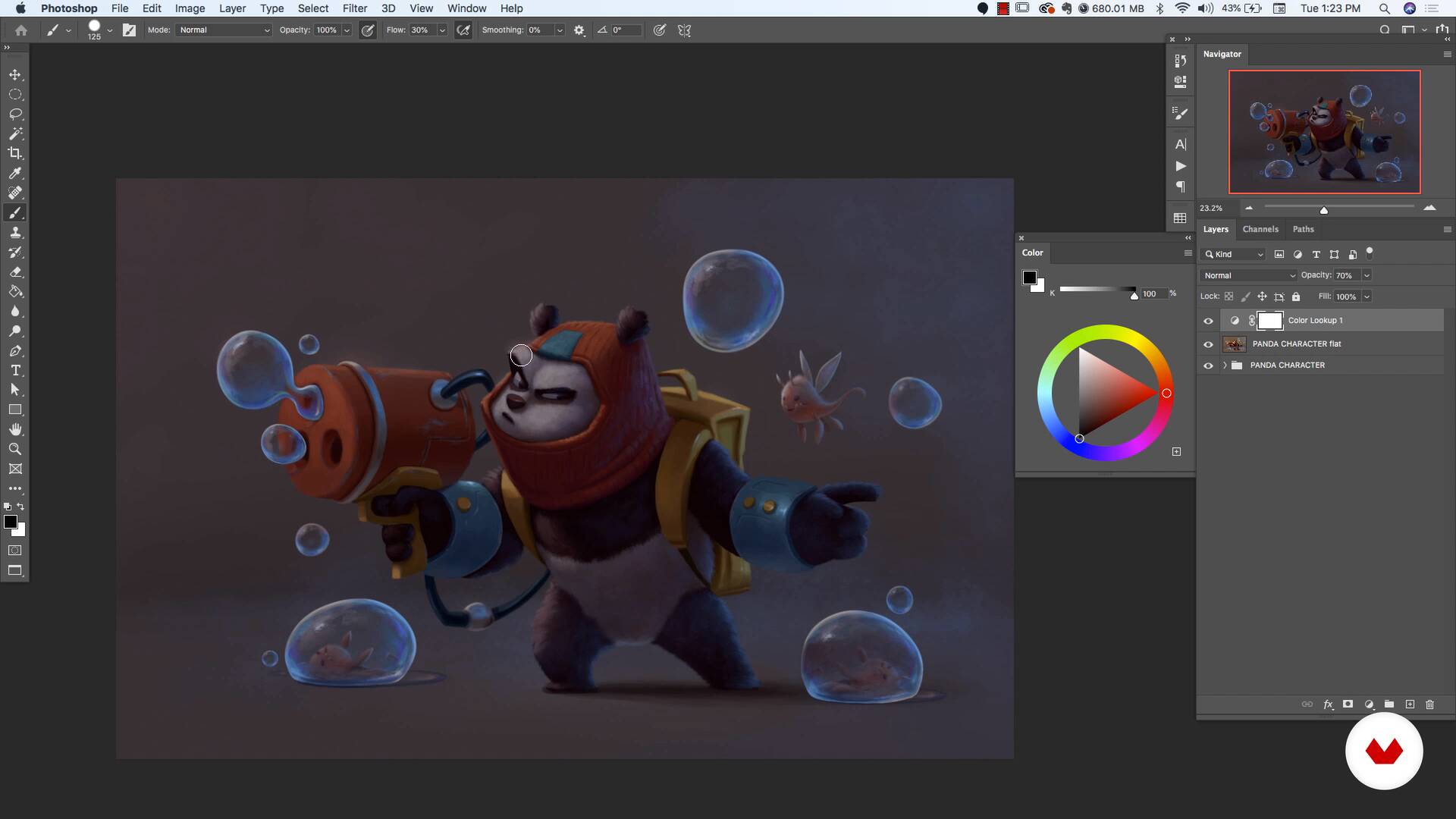

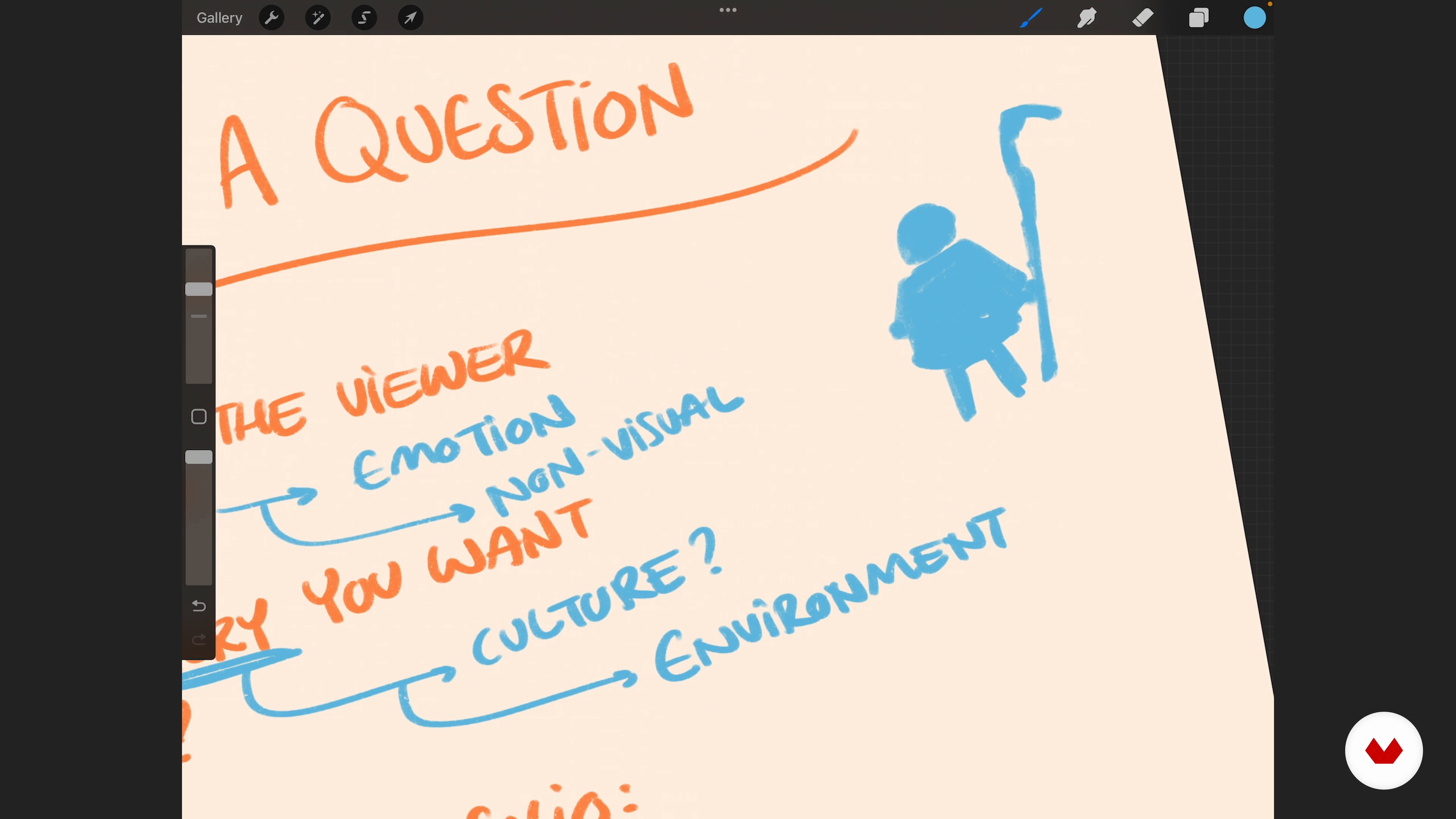
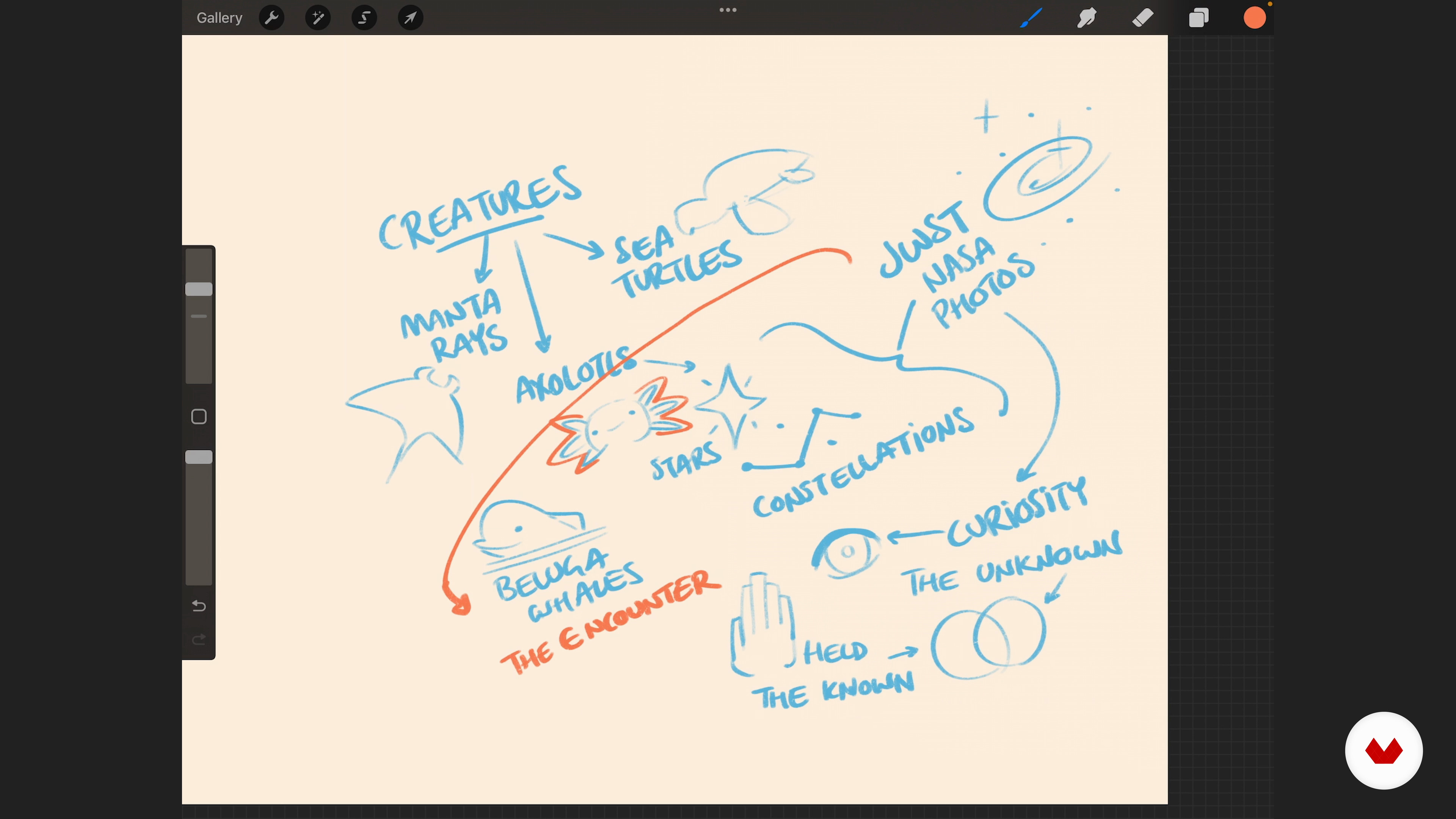
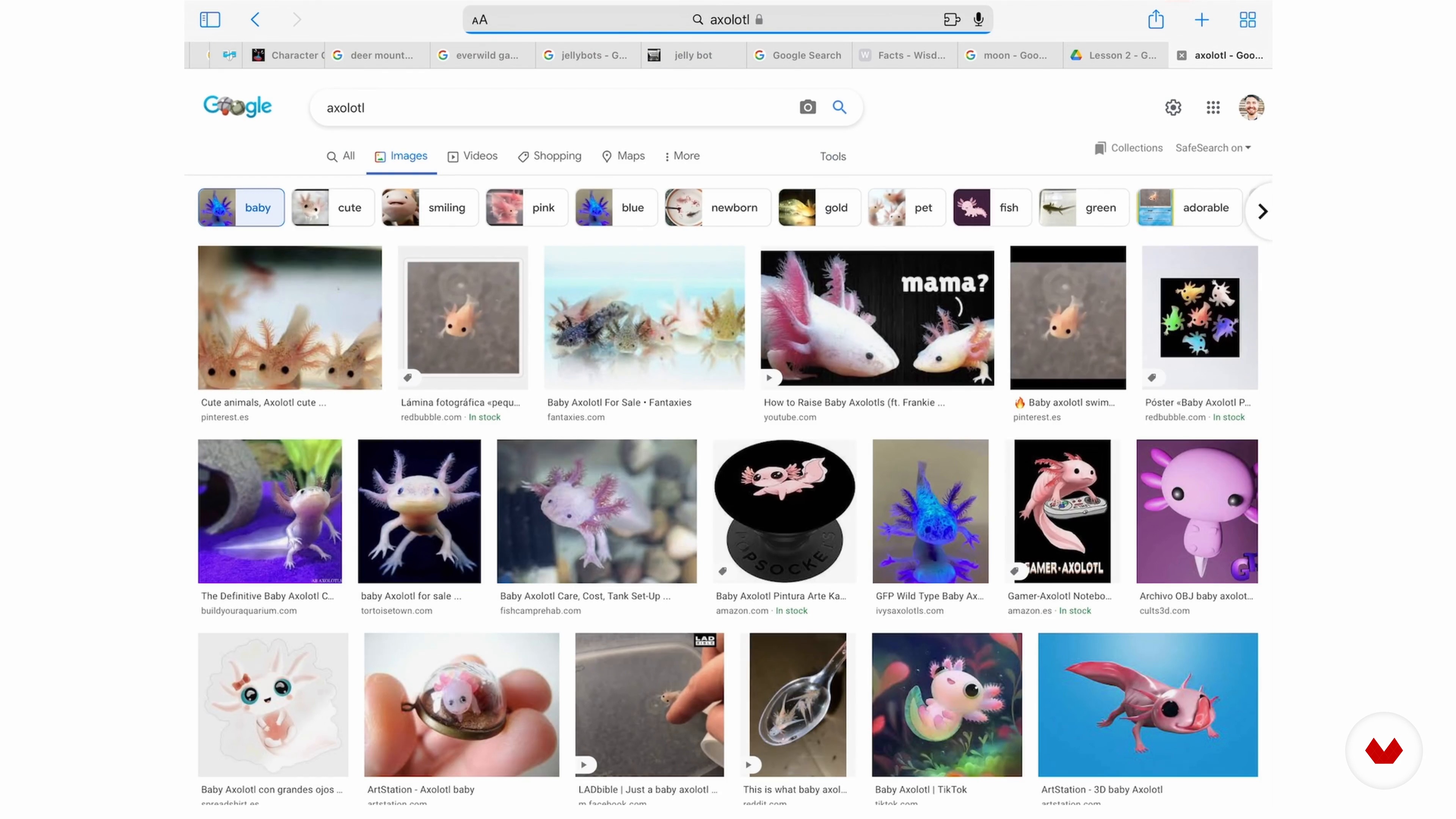
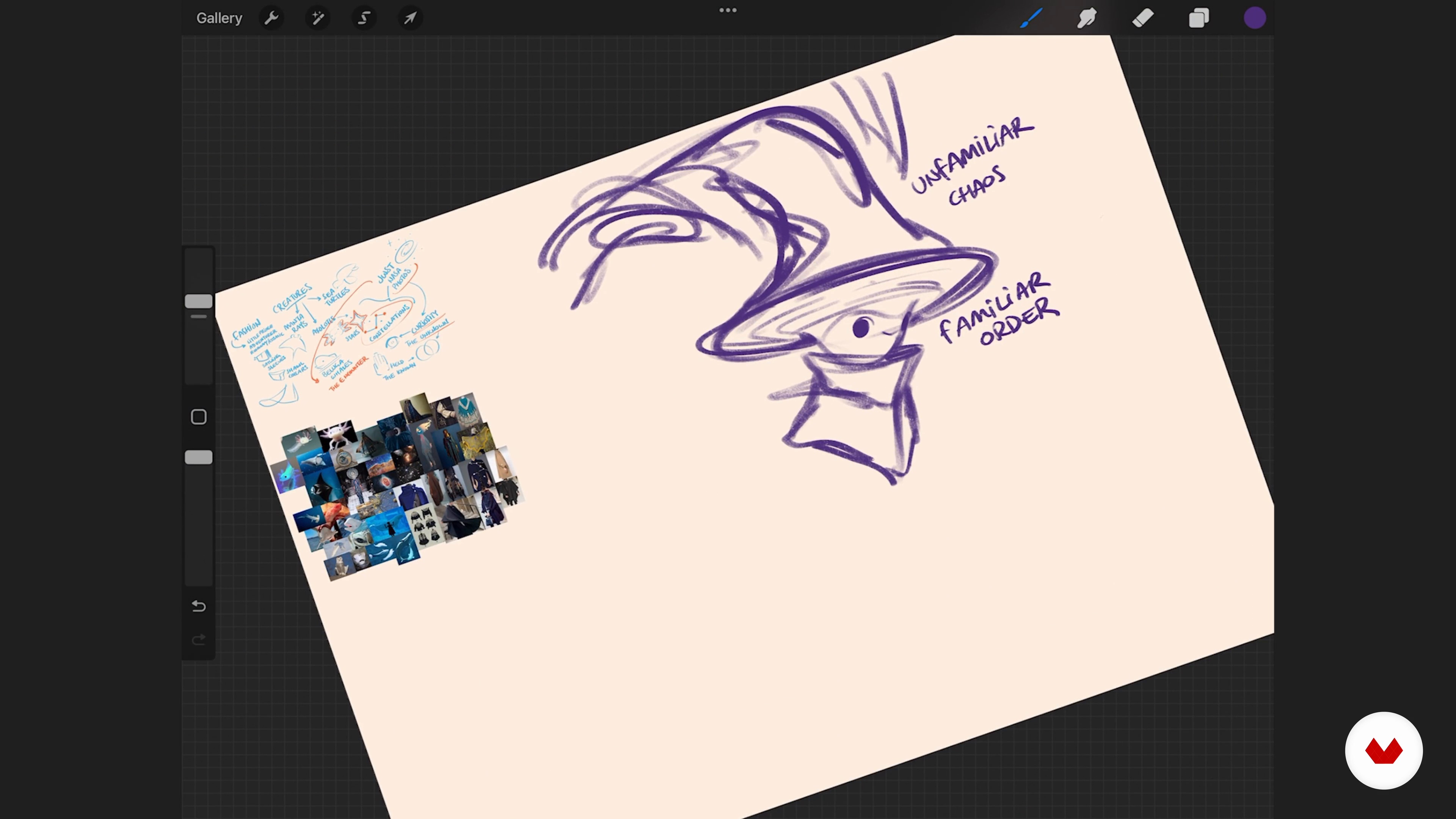
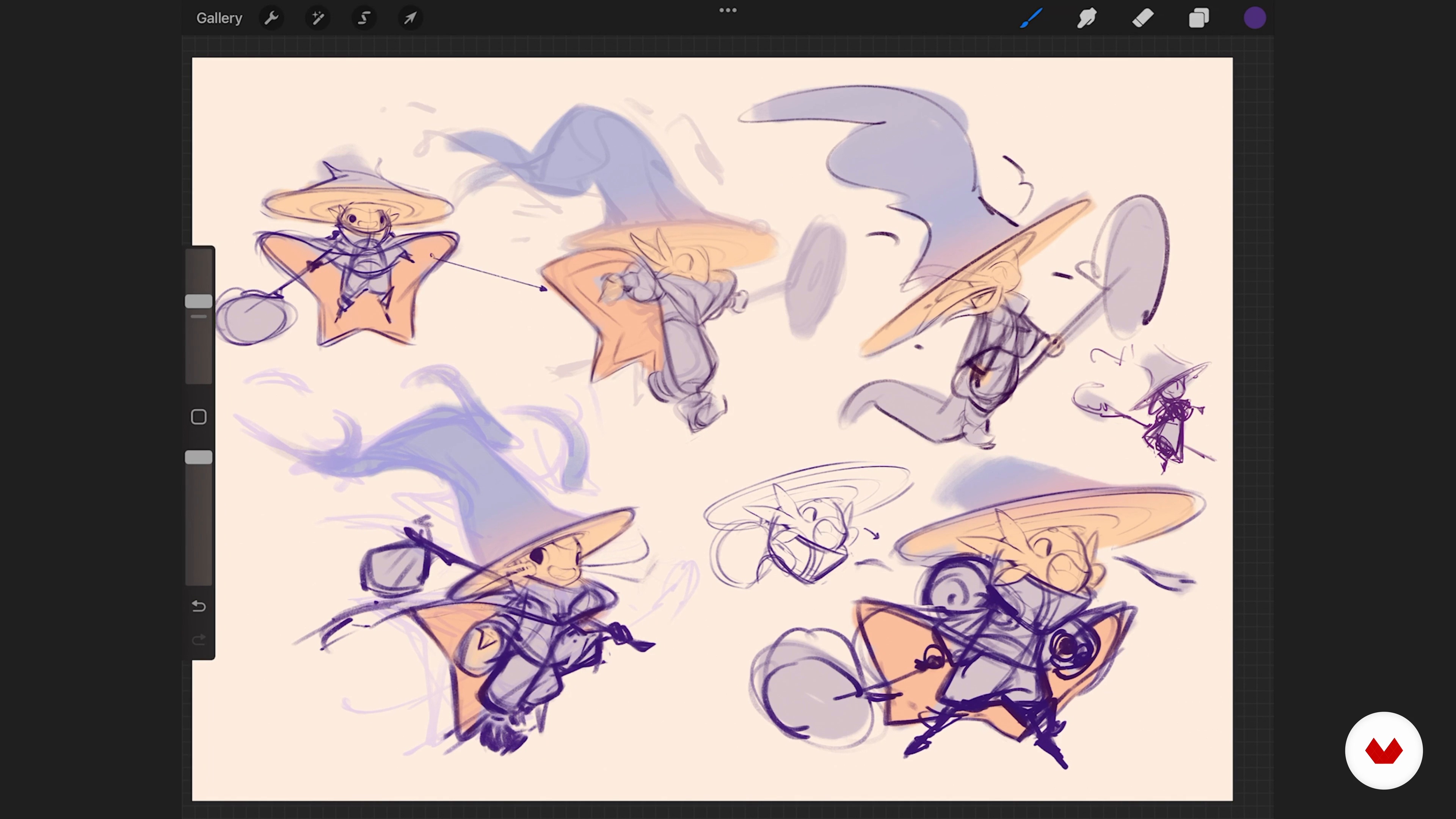
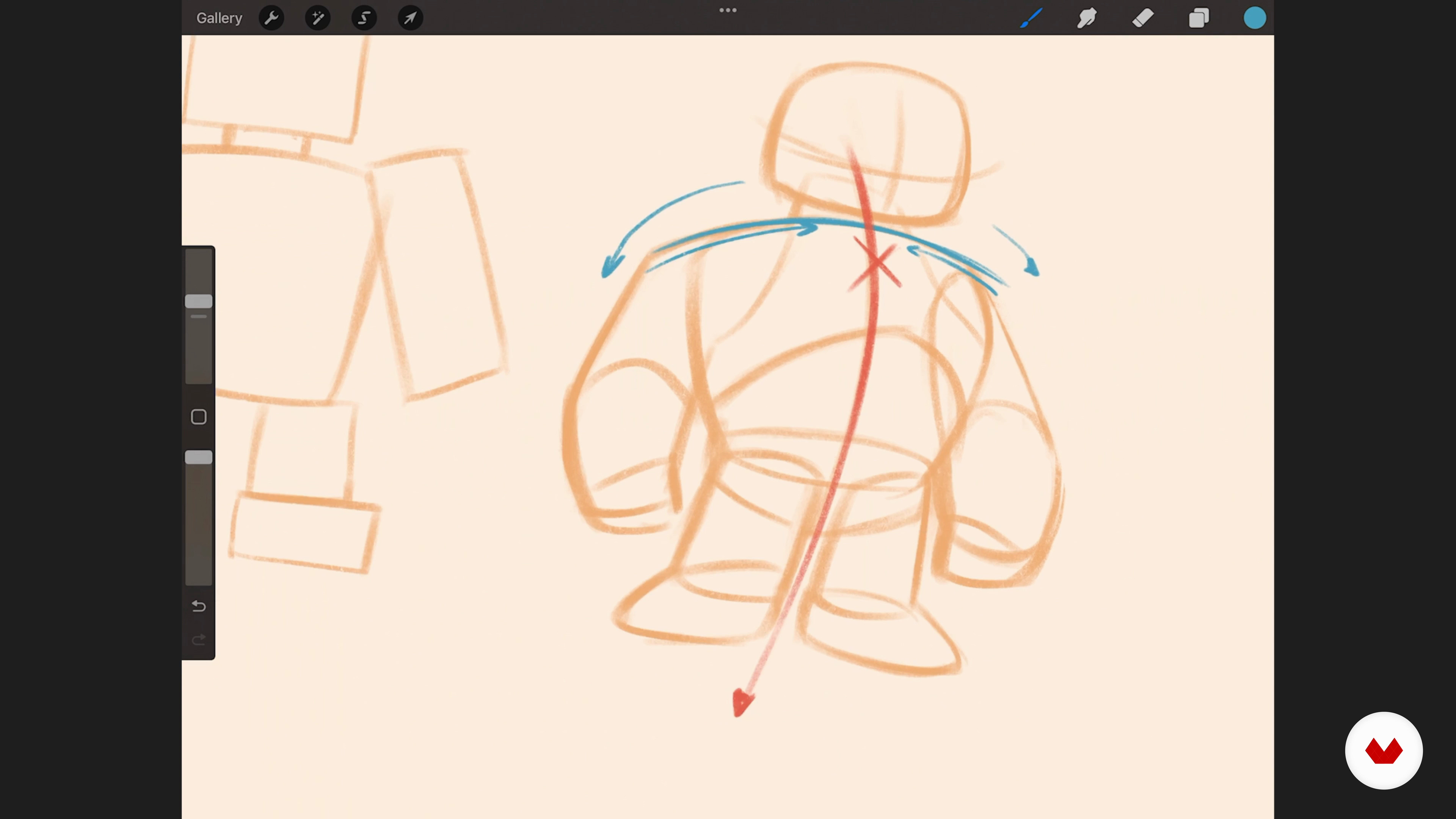
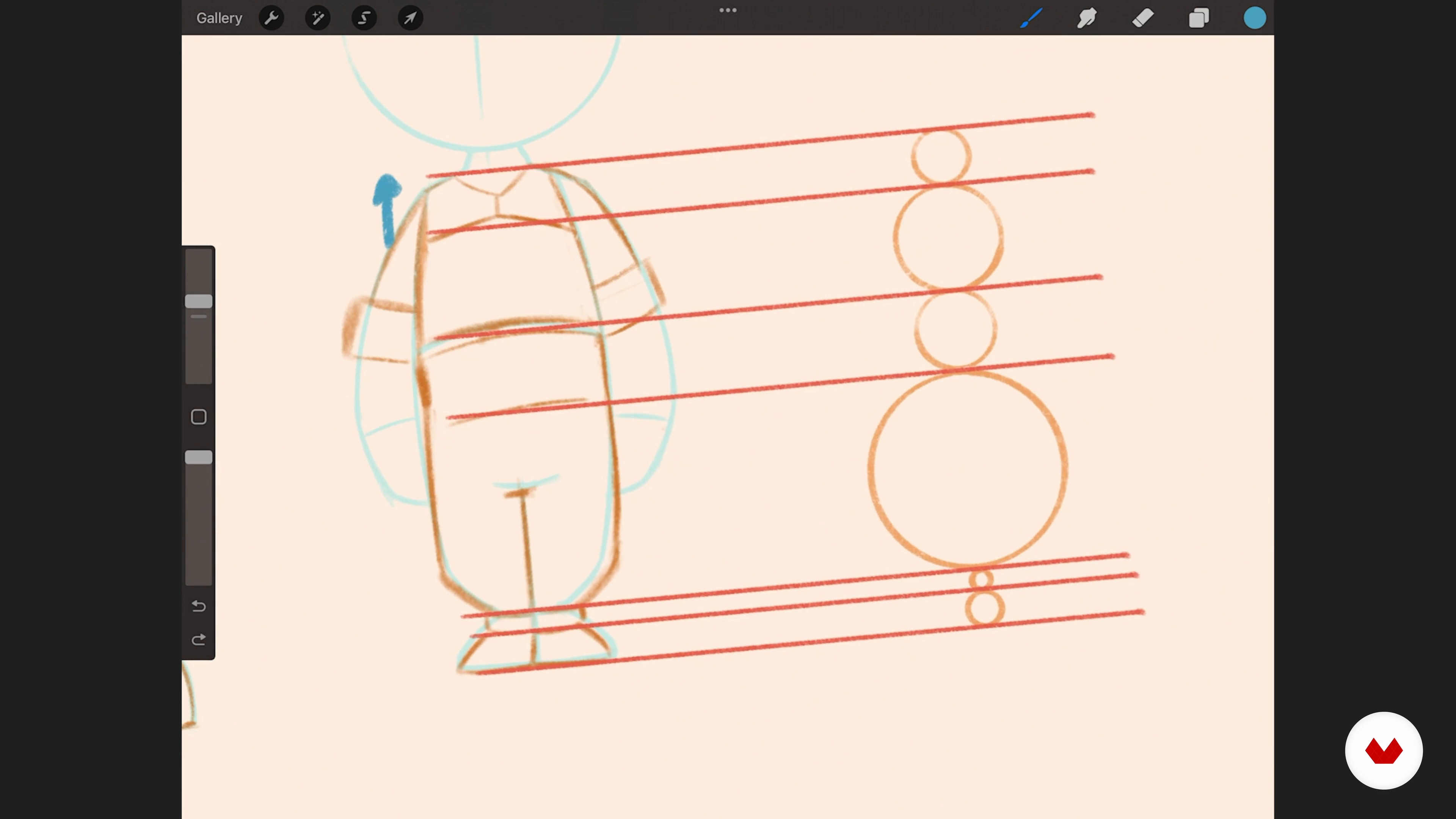
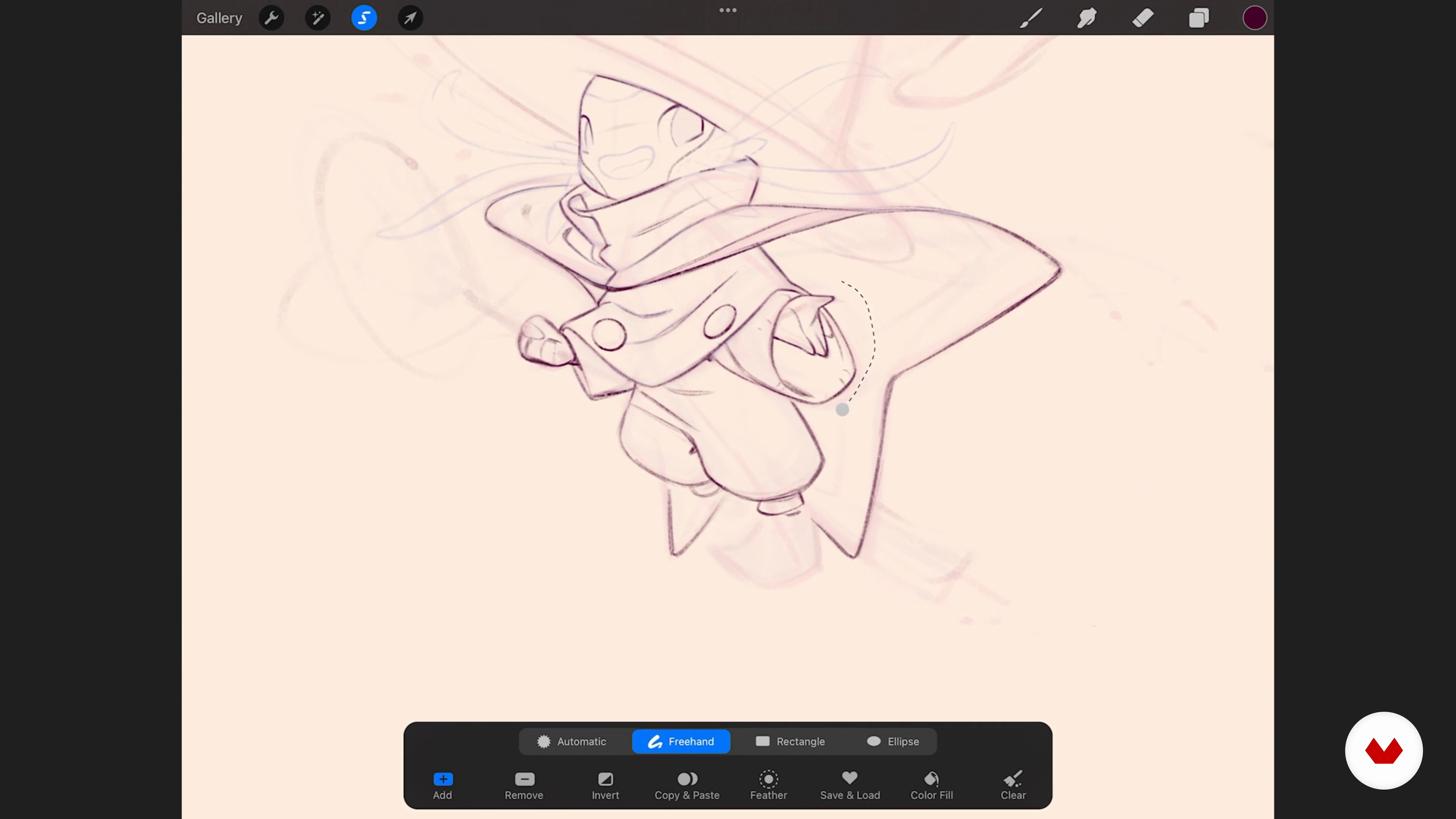

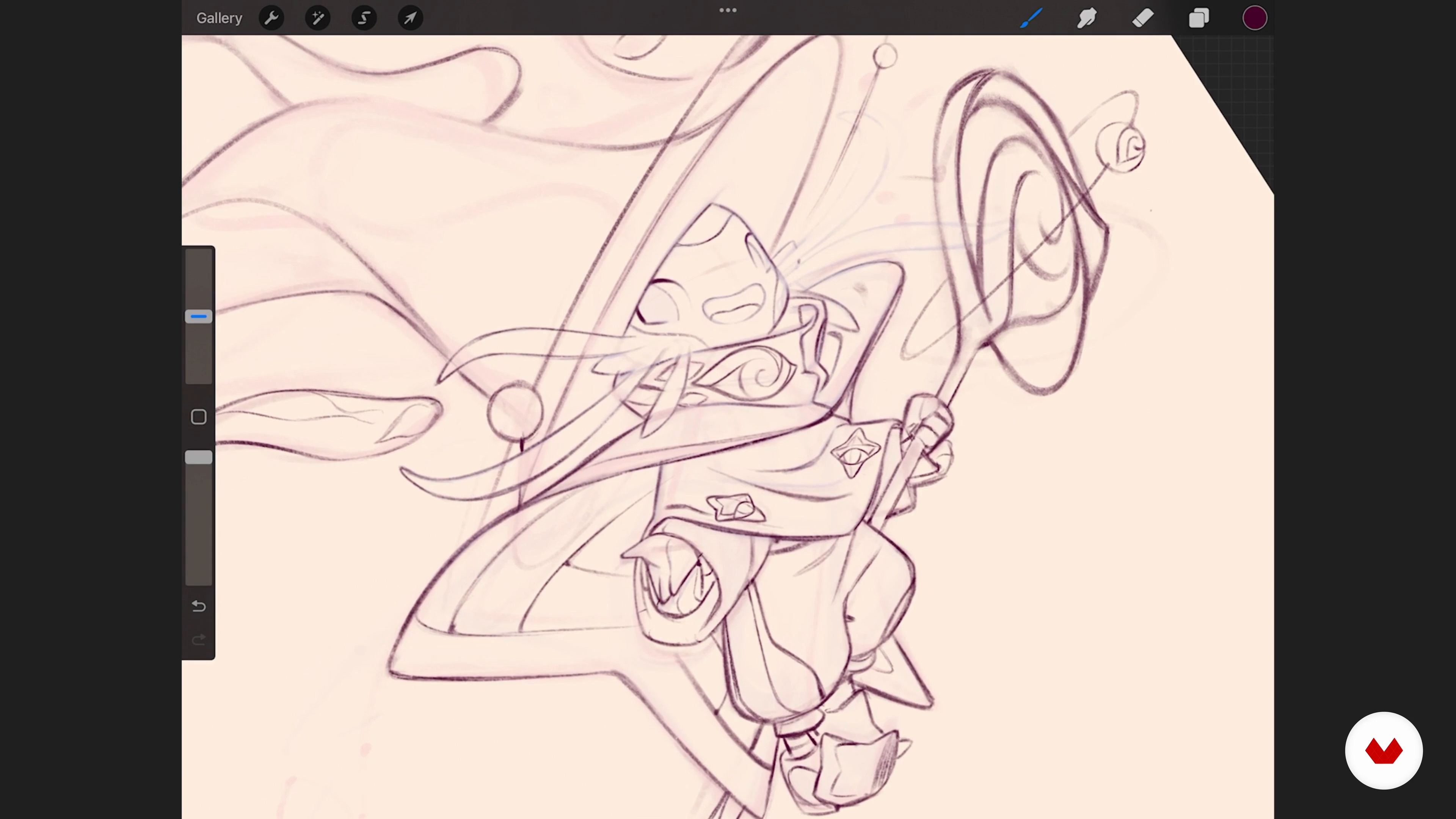
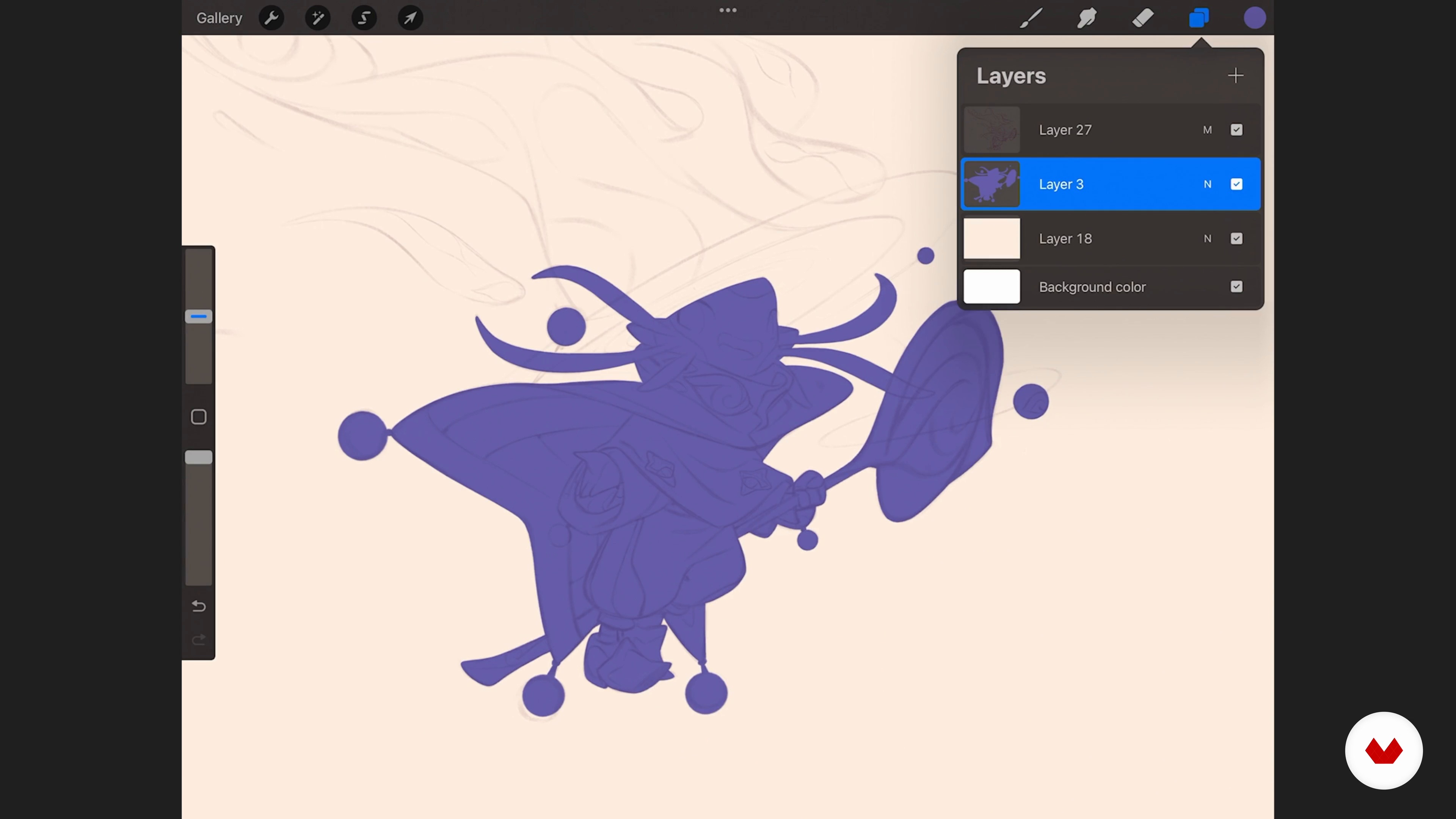
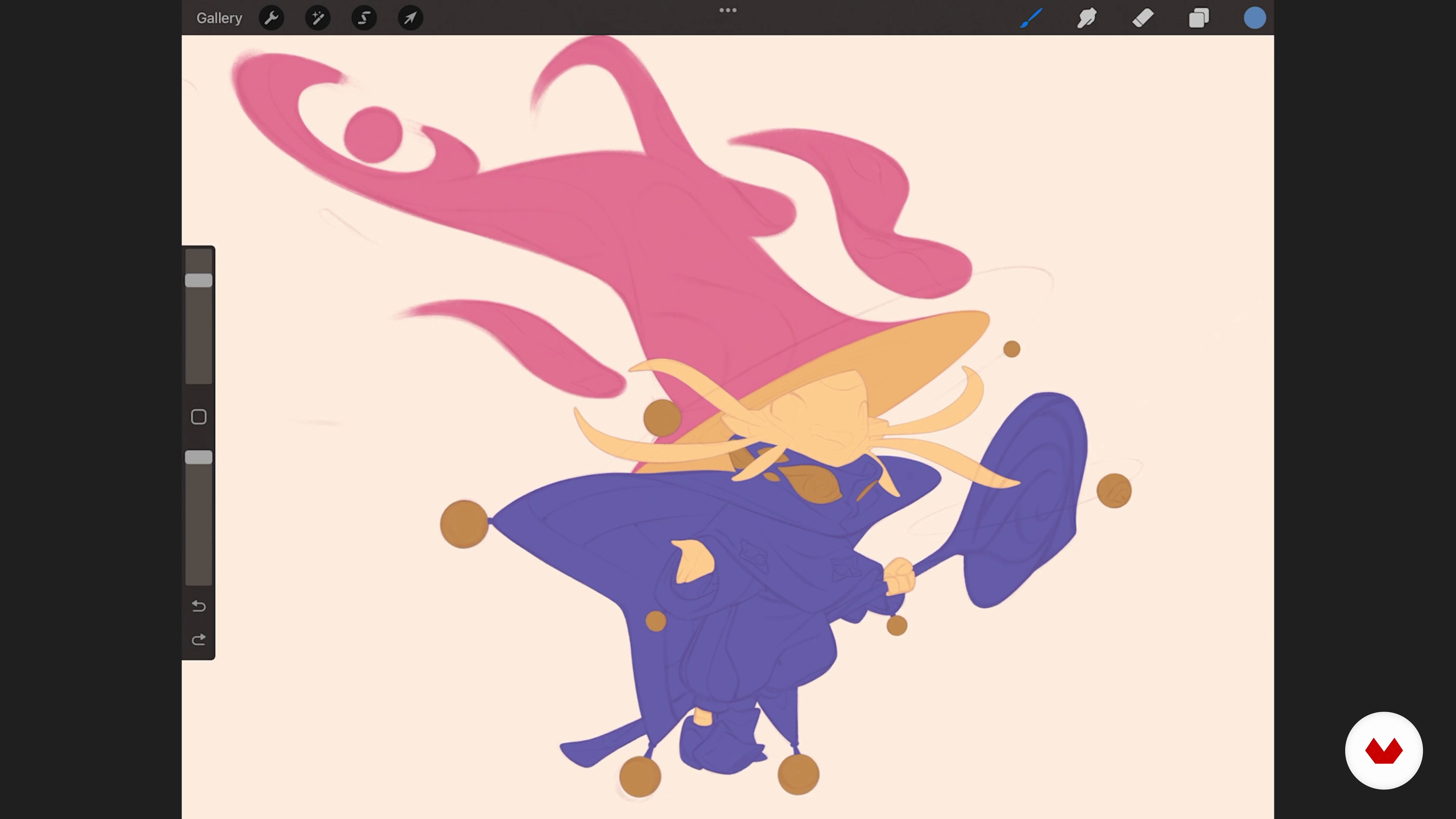
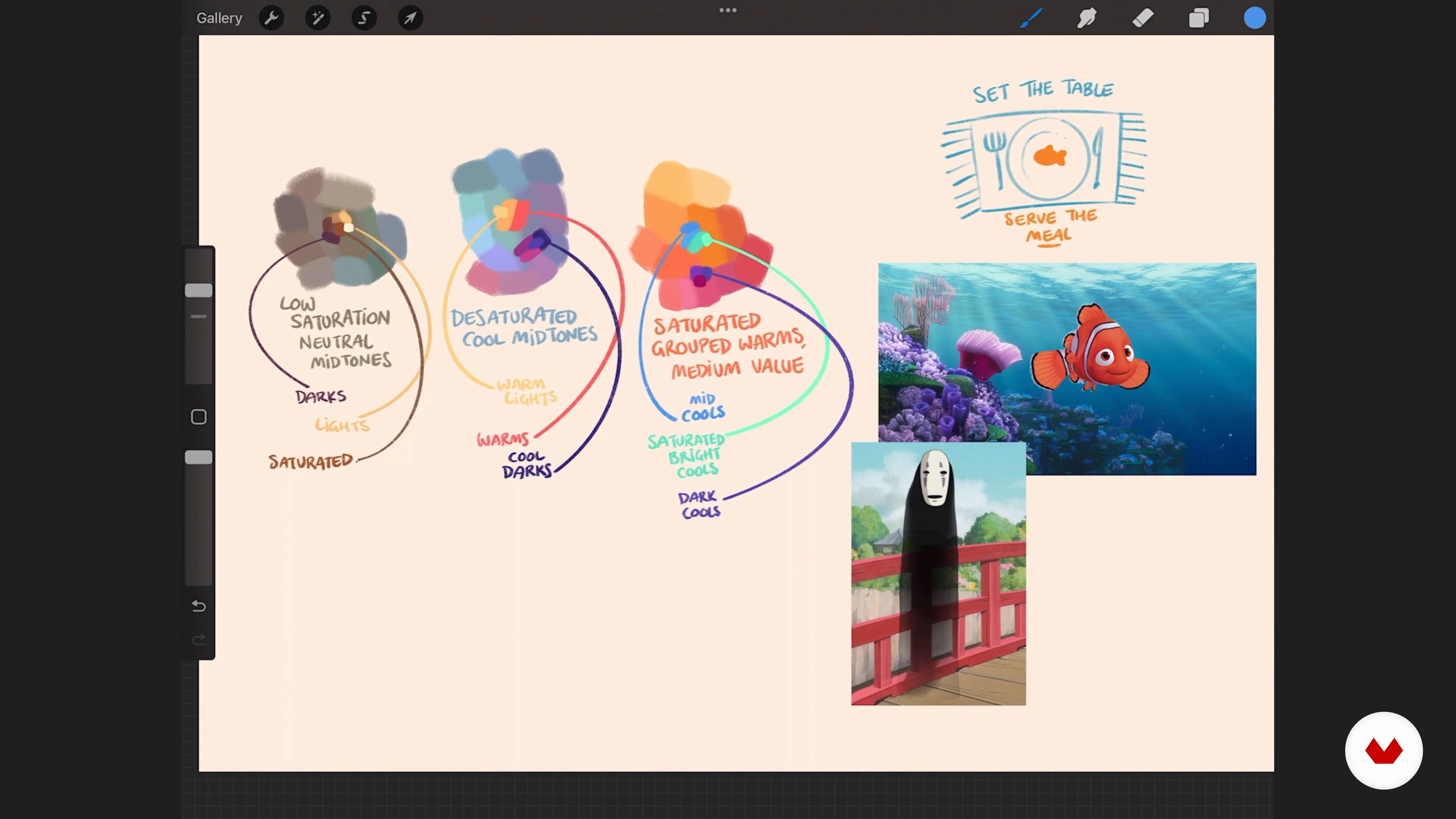
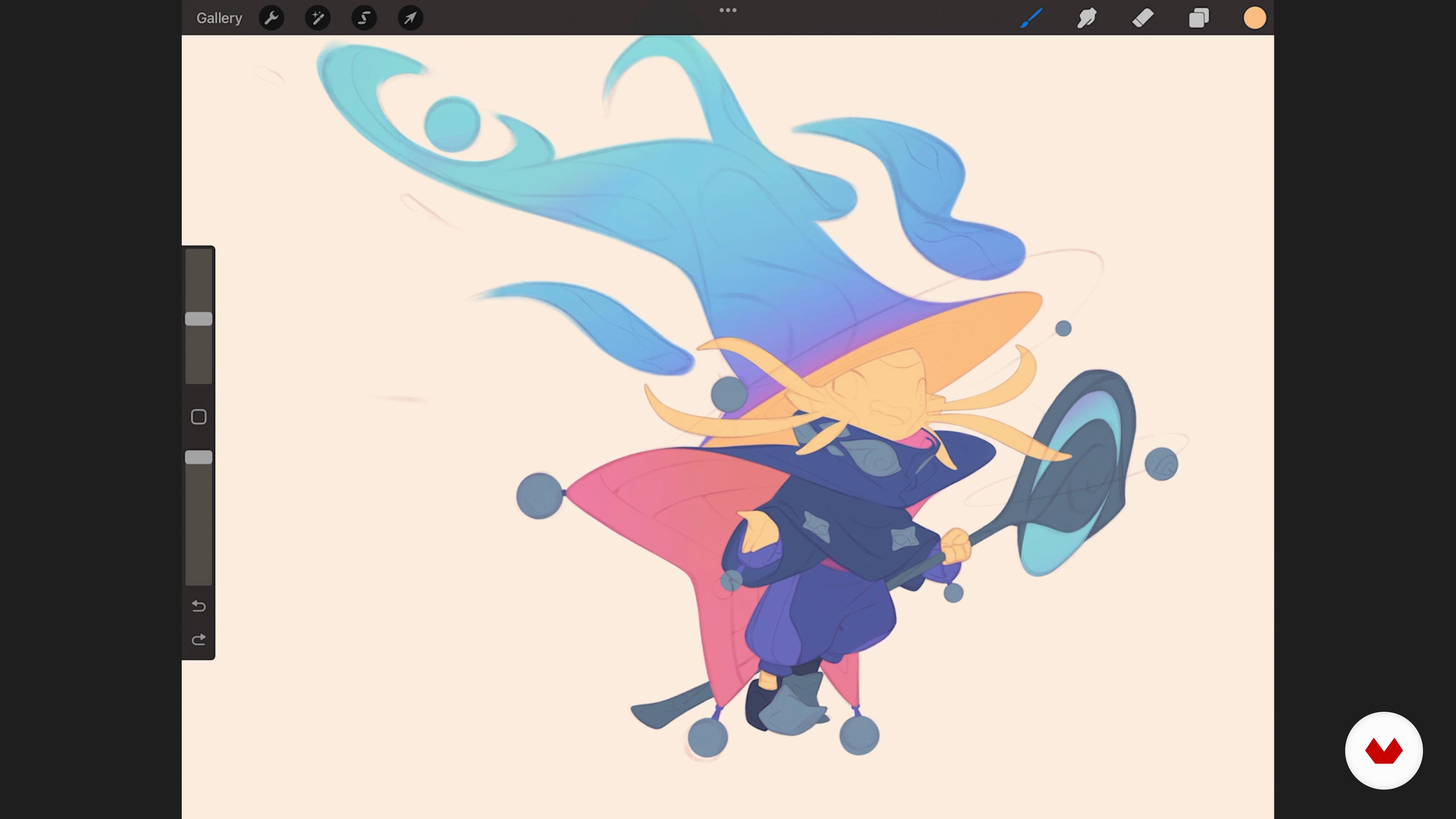
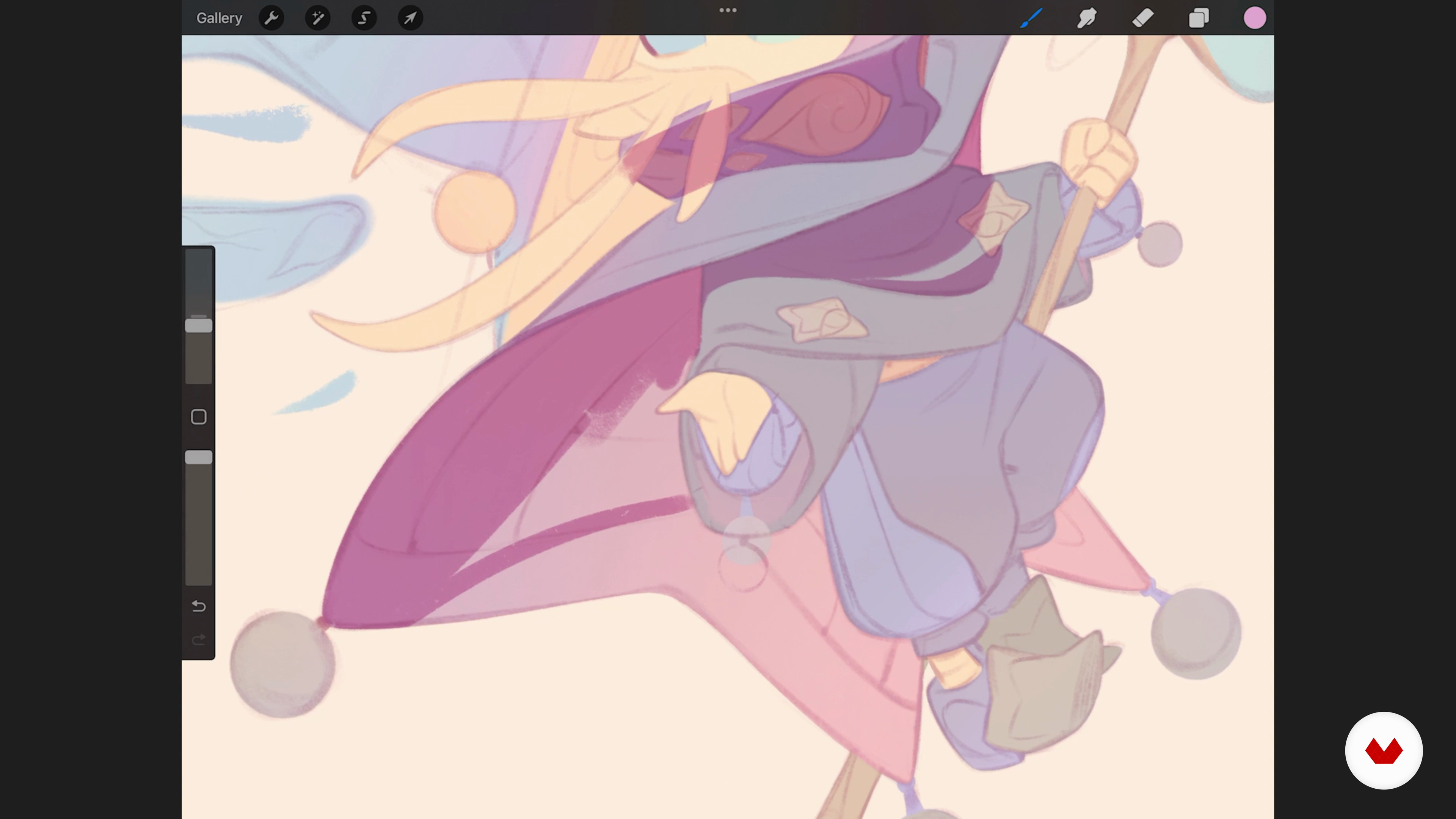
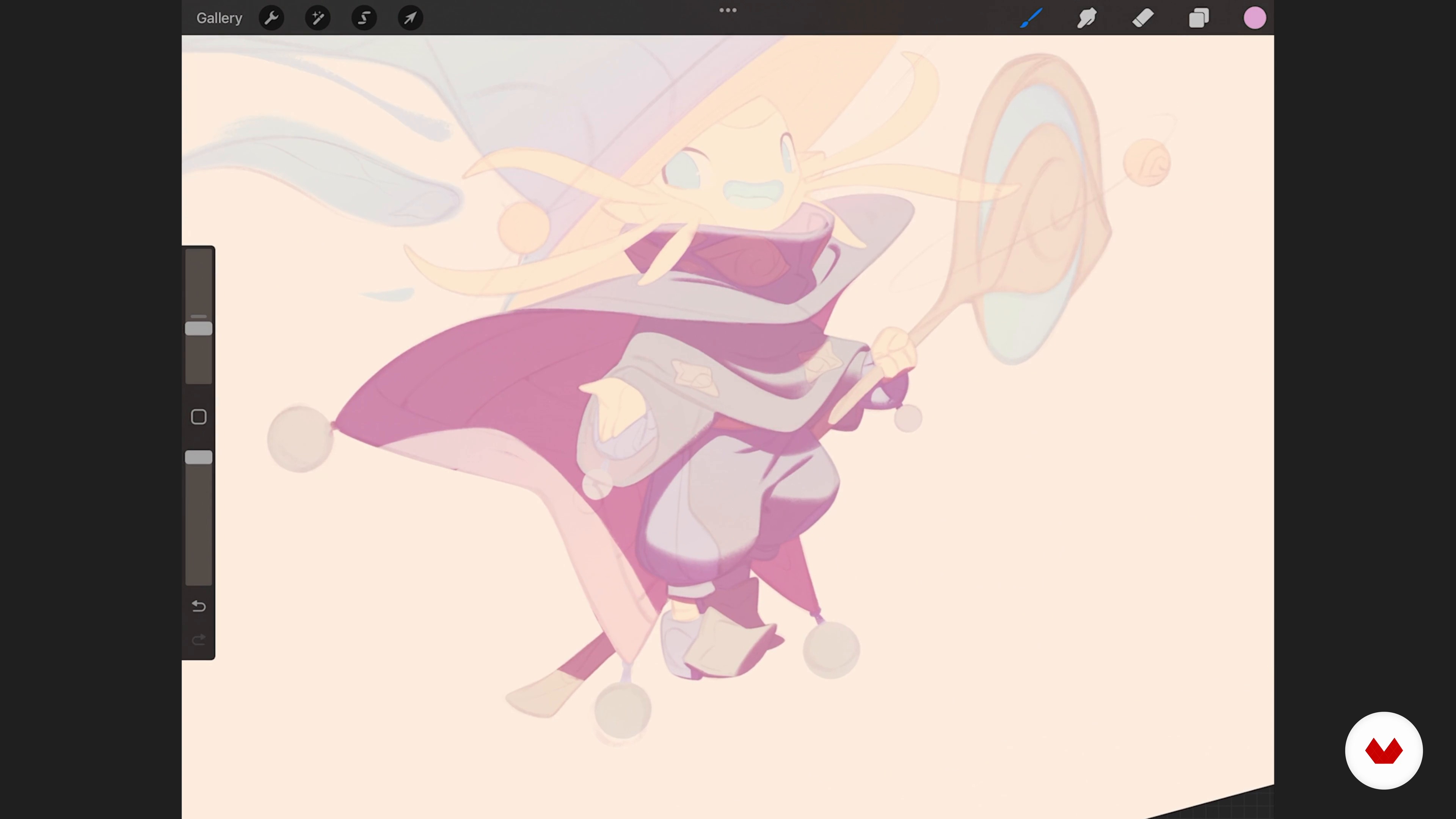
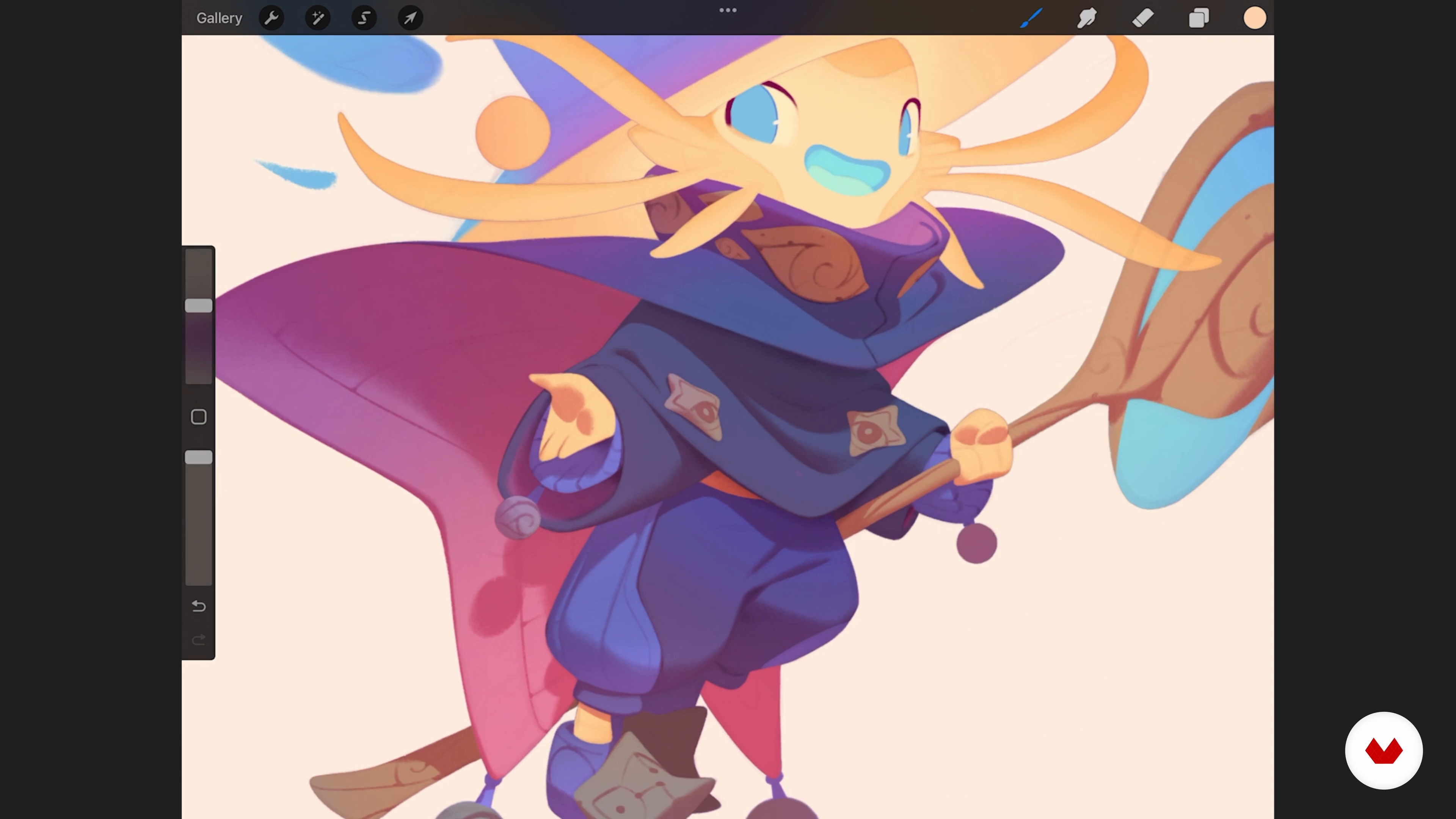
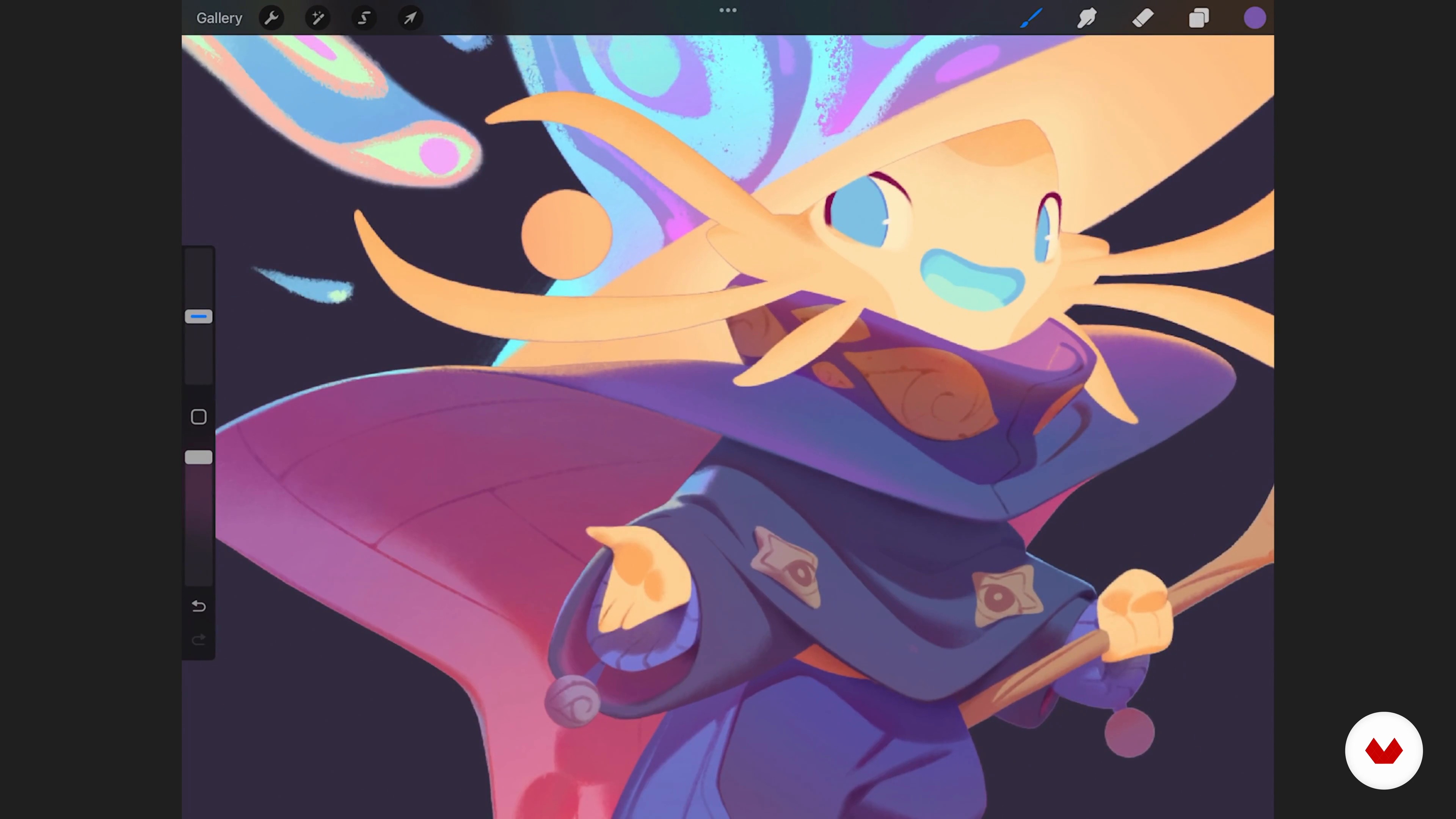
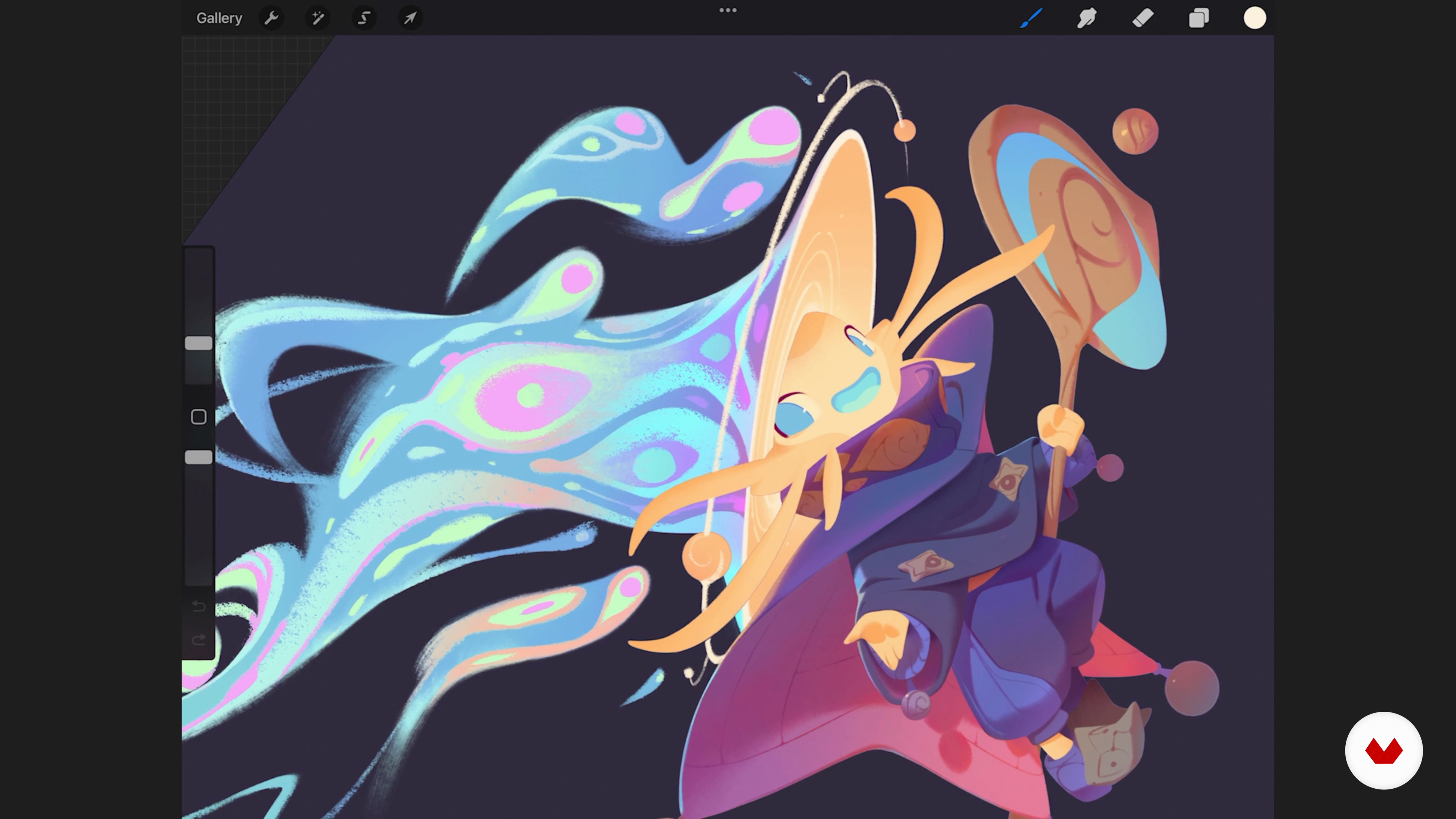
- 90 students
- 83 lessons (16h 30m)
- 85 additional resources (25 files)
- Online and at your own pace
- Audio: English, German, Spanish, French, Italian, Dutch, Polish, Portuguese, Turkish
- English · Italian · Portuguese · Spanish · French · German · Polish · Dutch · Turkish
- Level: Beginner
- Unlimited access forever
What is this course's project?
Create a cohesive portfolio showcasing mastery in fictional character design, from dynamic poses and expressive illustrations to advanced digital painting. Develop a narrative universe with compelling characters, using both traditional and digital techniques to captivate audiences.
Who is this specialization for?
Illustrators, character designers, and visual artists with basic drawing skills looking to specialize in fictional character creation for animation, comics, illustrated books, or video games will benefit from mastering dynamic design, anthropomorphic exploration, expressive illustrations, and digital techniques.
Requirements and materials
No extensive prior knowledge is required for the course. Basic necessities include familiarity with drawing tools, access to digital illustration software like Procreate, and a willingness to explore creative character development. Enthusiasm for storytelling through art will enhance the learning experience.






What to expect from this specialization course
-
Learn at your own pace
Enjoy learning from home without a set schedule and with an easy-to-follow method. You set your own pace.
-
Learn from the best professionals
Learn valuable methods and techniques explained by top experts in the creative sector.
-
Meet expert teachers
Each expert teaches what they do best, with clear guidelines, true passion, and professional insight in every lesson.
-
Certificates
PlusIf you're a Plus member, get a custom certificate for every specialization course. Share it on your portfolio, social media, or wherever you like.
-
Get front-row seats
Videos of the highest quality, so you don't miss a single detail. With unlimited access, you can watch them as many times as you need to perfect your technique.
-
Share knowledge and ideas
Ask questions, request feedback, or offer solutions. Share your learning experience with other students in the community who are as passionate about creativity as you are.
-
Connect with a global creative community
The community is home to millions of people from around the world who are curious and passionate about exploring and expressing their creativity.
-
Watch professionally produced courses
Domestika curates its teacher roster and produces every course in-house to ensure a high-quality online learning experience.
FAQs
What are Domestika's online courses?
Domestika courses are online classes that allow you to learn new skills and create incredible projects. All our courses include the opportunity to share your work with other students and/or teachers, creating an active learning community. We offer different formats:
Original Courses: Complete classes that combine videos, texts, and educational materials to complete a specific project from start to finish.
Basics Courses: Specialized training where you master specific software tools step by step.
Specialization Courses: Learning paths with various expert teachers on the same topic, perfect for becoming a specialist by learning from different approaches.
Guided Courses: Practical experiences ideal for directly acquiring specific skills.
Intensive Courses (Deep Dives): New creative processes based on artificial intelligence tools in an accessible format for in-depth and dynamic understanding.
When do the specialization courses start and when do they finish?
All specialization courses are 100% online, so once they're published, specialization courses start and finish whenever you want. You set the pace of the class. You can go back to review what interests you most and skip what you already know, ask questions, answer questions, share your projects, and more.
What do Domestika's specialization courses include?
The specialization courses are divided into different modules. Each one includes lessons, informational text, tasks, and practice exercises to help you carry out your project step by step, with additional complementary resources and downloads. You'll also have access to an exclusive forum where you can interact with other students, as well as share your work and your final project, creating a community around the specialization courses.
Have you been given a specialization courses?
You can redeem the specialization courses you received by accessing the redeeming page and entering your gift code.

